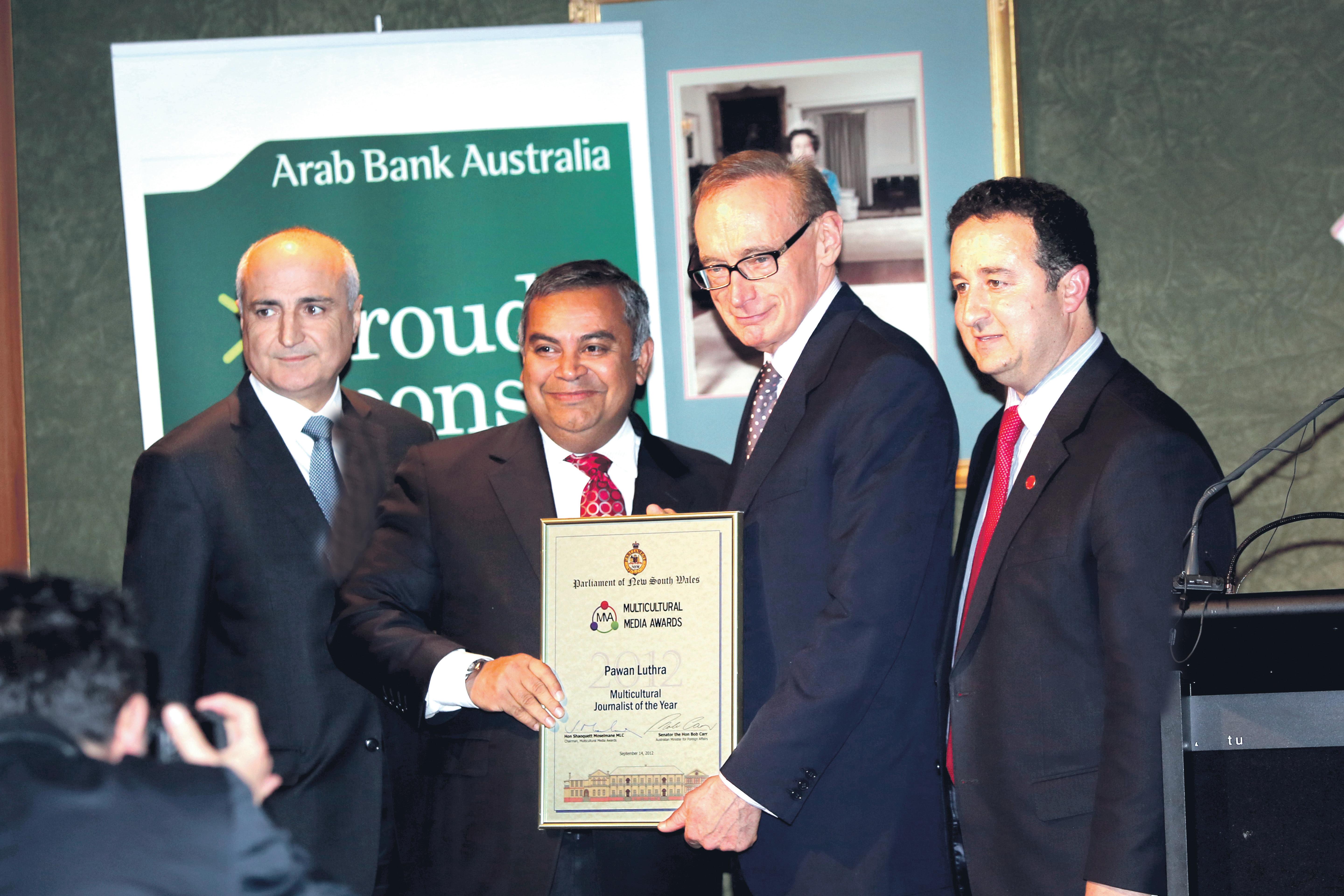


Chitra




Chitra
professional ambitions, enjoying two incomes to meet the material aspirations of new migrants - all these factors seem to cement their status in their new home.
PAWAN LUTHRAOne of the important challenges facing a number of Indian Australian couples is how to plan for the growth of their family. While reunions with parents and siblings are often dependent on the current rules of the Department of Immigration, it is the challenge of having their own children that becomes a part of personal and social group discussions for young couples of a certain age group.

In recent years, the number of 457 visa holders and Indian students has increased substantially. Over a period of time, many decide to apply for Australian permanent residency and look forward to their future down under. They also get married, and the young couple start their new life together. After a short struggle of finding the right job, both of them settle into a stable career and begin to enjoy an independent lifestyle. With no family pressures and social expectations, the family unit consisting of two becomes more adoptive of the local lifestyle. Late night get-togethers with friends, the freedom to travel,

But the biological clock starts ticking. While a logical next step in the couple’s life, the decision to start a family is approached with a fair degree of trepidation as there is limited, if any, family support available. Whereas the earlier freedom from family responsibility was a positive in their minds, now the very lack of it weighs heavily on the young couple. While the pregnancy is planned and commenced, parents are imported from India to assist. Most international parents willingly arrive a few weeks before the birth to help with the nursing of their international grandchild. It is a trying, yet happy time as the young couple now become a family and settle into their new routine.
After a while, the parents return to India and the husband returns to work. The pressure on the family budget increases as a double income becomes a single. As the pressure on the family unit becomes apparent, so does the challenge of having the second child.
India averages about 2.6 children per family. In Australia on the other hand, families without children are projected as the fastest growing family type. Migrant families, while believing in
strong family units, find themselves in a quandary. The dilemma is whether to adapt to the Australian and personal lifestyle requirements and stop at one child, or look at extending the family unit from two to three or four. While this is a very personal issue and should be respected with personal health as another consideration, often the challenges of bringing up a large family do get managed with time. Just as new experiences of the migrant are perceived as road bumps on the journey, so are the challenges faced in the earlier years of bringing up a young family. There are wonderful options available such as childcare, mothers groups, flexible maternity arrangements through work, where some of these challenges can be resolved.
Over a longer term, the children will have each other to grow up with and as the parents get older in their new home, the siblings will have each other as family and of course, in due course as extended family. We Indian Australians are very family oriented and often draw our strengths from our family units.
Of course for the really brave, one can follow the advice of the former Australian treasurer Peter Costello and have three children – one for the mother, one for the father and one for the country! The choice is totally yours.


It was a special treat for Melbourne’s Carnatic music lovers to have amongst them recently, mrudangam exponent Umayalpuram V Sivaraman. The 77-year-old musician is one of the foremost percussionists in the classical music scene today, having showcased his talent not only in accompaniments in many concerts (of both Carnatic and northern styles and with both instrumentals and vocals), but also in successful solo renditions.
Debuting at the tender age of ten, Umayalpuram is said to have shown a talent as young as three.
It is not surprising that today he is equally well-known for his research into new innovations with techniques.
Legends are those who do something new and creative, blaze new trails, and become immortal.
I have always been keen to study and improve the mrudangam, and leave something for posterity. I started work on the various aspects of the mrudangam 45 years ago and have worked on producing a fibre-glass mrudangam which is travel-friendly; done research on the ‘black patch’; experimented with various skins and hides and the tones they produce. I have collaborated on several research projects with the Government of India through the CLRI (Central Leather Research Institute of India). Two eminent scientists, Dr Ramaswamy and Dr MD Naresh are working with me on how to replace the present skins and hides
and improve the tonal beauty and quality of the mrudangam. One such project is looking at ways of finding a substitute for the udumbu (lizard) skin used for the Kanjira, so that artistes do not face problems with Customs when they travel overseas with their instruments.
I am also looking at ways in which the same mrudangam can be used for 3 different pitches and have presented several research papers at the Indian Institute of Science. At another level I have written a book which contains a series of lessons on learning the mrudangam.
The idea is not to do a brilliant tani (tani avarttanam or mrudangam solo) and up-end the main performer and show off one’s skills. A good accompanist is one who blends with the artiste, immerses himself in the music
and melody, and merges the mrudangam so that it enhances the musical experience of the performers and the audience. Even a tani when performed, must be an extension of the main artiste’s music. I adopt and attune my mrudangam rendition to the main artiste’s style in any kachcheri (concert). My idea is not to show off my virtuosity, but to lift the performance so that it becomes a better musical experience for everyone. So my mrudangam accompaniment differs from one concert to another. I avoid stagnation and repeating the same style in one concert after another. Through hard work, creativity, imagination - and the grace of my gurus and well wishers - I have founded my own baani (style) called the Umayalpuram baani I have used every opportunity to perform the mrudangamdoing jugalbandhis with Hindustani musicians; working on ‘fusion’ music; I even played the
off my virtuosity, but to lift the performance so that it becomes a better musical experience for everyone.
mrudangam for a fashion show in Chennai!
There have been numerous memorable moments in my career spanning 66 years - 4 generations of musicians. However, some are etched in my memory, especially the generosity of spirit shown by the stalwarts of yesteryears, who recognised my talents and gave me every opportunity to demonstrate my skills at a time when I was young and trying to establish my career.
Ariyakudi Ramanuja Iyengar was a legend in his lifetime, and I have some very fond memories of him. I was once accompanying Ariyakudi in a kachchceri -more than 45 years ago - when my guru Palghat Mani Iyer walked into the auditorium. The great Ariyakudi was singing the neraval of a kriti, but seeing my guru walk in, he stopped his neraval and signalled

InConcertMusic held a Carnatic vocal concert by Saketha Raman at the Rowville Secondary College on September 8. He was accompanied by the well-known violinist Nagai Sriram and virtuoso mrudangist Umayalpuram Sivaraman.
Padma Vibhushan
Umayalpuram Sivaraman was honoured in a special ceremony that preceded the concert, with the hall reverberating with the
sounds of Sama Veda recited by Sri Mohan Chari. Consul General of India Shri Behera and Commissioner of Multicultural Affairs, Sri C Srinivasan spoke on the occasion.
Saketha Raman’s concert began with a brisk Varnam in Bhairavi, and was followed by the emotive kriti in hindolam ragam, ‘Nambikkettavar evarayya’, a composition of Papanasam Sivan. He began the next item with a
beautifully rendered alapana in Khamaj, and the Thyagaraja kriti Seethapathe. Another quick and lively piece came next: Bhogeendra Saayinam, a composition of Swati Tirunal in ragam Kuntalavarali. The popular pieces that came towards the end like Bharatiyar’s Teerada Vilayattu pillai in ragamalika, Krishna Nee Begane - were full of melody and imbued with emotion; the Tillana in Bihag was rendered in a lilting style. Sandwiched between
me to begin my tani. I shall never forget that generosity of spirit: giving me the opportunity to perform a tani in front of my guru in the middle of a kriti he was performing!
He was a storehouse of knowledge: he would share with me his great technical knowledge of complex pallavis, regale me with anecdotes about the great vidwans and such like. He was also very mindful of promoting his accompanying artistes.
Returning home after a recording for a radio broadcast, I congratulated Semmangudi Srinivasa Iyer on a divine musical experience. In response, he grasped both my hands in his, held them and told me how moved he was by my marvellous mrudangam accompaniment! I was touched beyond words by his response.
On one of the occasions that I accompanied the great ‘Sembai’ Vaidyanathan Bhagawathar, he was so kind - and wanted to promote and encourage me - that he gave me 4 or 5 opportunities to perform tani in one kachcheri!
I feel I am blessed. I have performed all over South India; won several awards including the Padma Vibhushan three years ago; the University of Trivandrum conferred an honorary D.Litt on me - the first time a mrudangist has been honoured in such a way; I am a Sangeeta Kalanidhi; I have been fortunate to be the Asthana vidwan of the Kanchi Mutt, the Sringeri Mutt, Andavan Ashram, and Sathya Sai Baba’s ashram. Baba held my hand for several minutes and congratulated me after a performance. I shall soon be receiving the Sangeet Natak Academy award from the President on my return to India.
these melodious treats was the main virtuoso item, a ragam-tanampallavi, in the ragam Hamsanandi Saketha Raman’s pallavi was strung beautifully, and despite the late hour, the audience stayed put to listen to the end.
With Nagai Sriram providing able support on the violin, and the legendary Umayalpuram Sivaraman on the mrudangam, the concert was a special musical treat.
Chitra SudarshanThrough hard work, creativity, imagination – and the grace of my gurus and well wishers –I have founded my own ‘baani’ (style) called the ‘Umayalpuram baani’.

My idea is not to show



Winning three prestigious awards at the inaugural Multicultural Media Awards, Indian Link stands tall as an acknowledged herald of the subcontinent community
 BY USHA RAMANUJAM ARVIND
BY USHA RAMANUJAM ARVIND
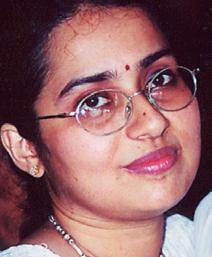
In what is clearly a significant milestone for community journalism and more importantly Indians down under, ethnic newsgroup Indian Link has bagged three of the nine awards at the inaugural Parliament of New South Wales Multicultural Media Awards.
The high-calibre media group took the top honours in the Editorials/News Reporting, Online Innovation in News, Blog or Website, and its publisher Pawan Luthra was named Multicultural Journalist of the Year.
Australia’s Foreign Minister Bob Carr presented the awards at a gala dinner on September 14. Winners in nine categories were selected from among 132 entries received from all over Australia.
The categories included, besides the three won by Indian Link, Contribution to Social Inclusion and Multiculturalism, Coverage of Indigenous Affairs, Community Affairs in Australia,
Community Affairs Abroad, Multicultural Photographer of the Year, and Investigative Journalism.
Pawan Luthra shared the big one, the award for Multicultural Journalist of the Year, with Majida Abboud of SBS Radio.
The judging panel included senior academics in media studies, mainstream journalists, media representatives, councillors and senior members of ethnic communities.
Initiated by Member of Legislative Council Shaoquett Moselmane, the awards are the first of their kind in Australia.


Addressing the special invitees, Moselmane noted, “Since the first multicultural newspaper Die Deutsche Post was published from Adelaide in 1848 and first Chinese paper Guangi Huabao in 1894, ethnic media has contributed extensively to the Australian way of life.”
He added, “Today multicultural media has diversified across print, radio, web, TV, satellite and all forms of social media. There has however been no standalone award to recognise this substantial body of work. These papers and their pioneering journalists have passed into history with little or no
recognition, no reward and no hall of fame.”
“Tonight we break that drought and celebrate the beginnings of spring for multicultural and indigenous media in Australia,” he declared. “Your ingenuity and spirit has left no stone unturned. With the capacity to bring news and events to every multicultural household like never before, your dedication is admirable.”
Speaking to this reporter, chief guest Foreign Minister Bob Carr later said, “I was proud to be a part of the first Multicultural Media Awards. It is great to see multicultural media getting the attention it deserves. I believe it is essential to Australian democracy.”
“I congratulate Indian Link for winning three Awards on the night,” he added. “Journalists representing those of Indian ancestry are ambassadors for Australia to the Indian community. By sharing cultural ideas through journalism, you are helping to create the overlap of cultures that makes up Australia’s national identity.”
ABC correspondent and one of the members of the judging panel, Liz Foschia said that she was impressed by the submissions and range of
topics covered by ethnic media
have a strong multicultural media to inform their local communities about issues of particular concern to them, but also to cover wider events with a different perspective,” she noted.
“There were good examples of quality journalism that would not have been out of place in Indian , in particular had made a special effort with its entries and that is reflected in the number of
As the only speaker on the night from amongst the awardwinners, Pawan addressed the audience and spoke about the specific pressures faced by the multicultural media such as the constant struggles for funding. Yet it was his story about Indian that touched a chord. Pawan recounted the incident from a few days ago, when a radio listener rang him to say thanks. “You’re keeping my mother alive,” the listener told Pawan. Apparently, his mother, a nursing home resident, is an avid listener, turning on the radio as soon as she wakes in the morning as her only regular means of contact with a Hindi-
“Three awards in one night

Pawan also noted in his speech, and thanked his team, who work very hard to see that a quality product goes out every fortnight in press and every day on the airwaves. Seven full-time staff at Indian Link oversee the work of no less than sixty newspaper contributors across the country, and a dozen radio broadcasters in Sydney. Each of these individuals, Pawan feels strongly, has ownership of the awards the company has received this month.
A journalist with over two decades of experience in both Australia and India, Luthra has certainly raised the bar in community journalism, since he and his wife Rajni founded Indian Link in 1994.
Like most migrant success stories, theirs has been founded on humble beginnings. It is a truly inspirational tale born of a passion to excel and commitment to its cause.
From a small 24-page black and white newspaper to glosswrapped monthly editions in all major metros besides fortnightly editions in Sydney, with a print run of 44,000 copies and a readership of 200,000 per edition, a 24-hour radio station, e-paper and live website, Indian Link has grown to become not merely a trusted media house, but a forum for the community.
“Our desire was to start
a community newspaper of substance, seeking out Indian links in Australian life,” explained Indian Link editor Rajni Luthra, looking back nostalgically on those start-up years. Rajni gave up a career in psychology to build the Indian Link brand.
“It was definitely not an overnight success,” she confessed. “We did everything, from content generation to delivery, by ourselves. But as the Indian community in Sydney grew, so too did the interest. With a strong focus on quality and authenticity, readers became addicted to the features, the stories of other migrants settling into life here, even the Bollywood articles. Growing in scope and influence through various forms of digital and print media, Indian Link is now a vehicle for telling the Indian story in Australia.”
Both through the flagship newspaper and diversified media portfolio, Pawan Luthra has established himself as the voice of the community not only within, but also in the mainstream. It is to his credit that he is repeatedly asked to speak on behalf of Indian Australians at mainstream gatherings and media panels, commenting on current affairs such as the uranium issue, the international student fracas and the Delhi Commonwealth Games crisis, and also on Indian traditions and beliefs.
During the 2010 Commonwealth Games, Luthra was invited by Foxtel to commentate on the opening ceremony, the first ethnic journalist to do so on mainstream TV. His insightful comments on the opulent pageant helped facilitate crosscultural understanding.
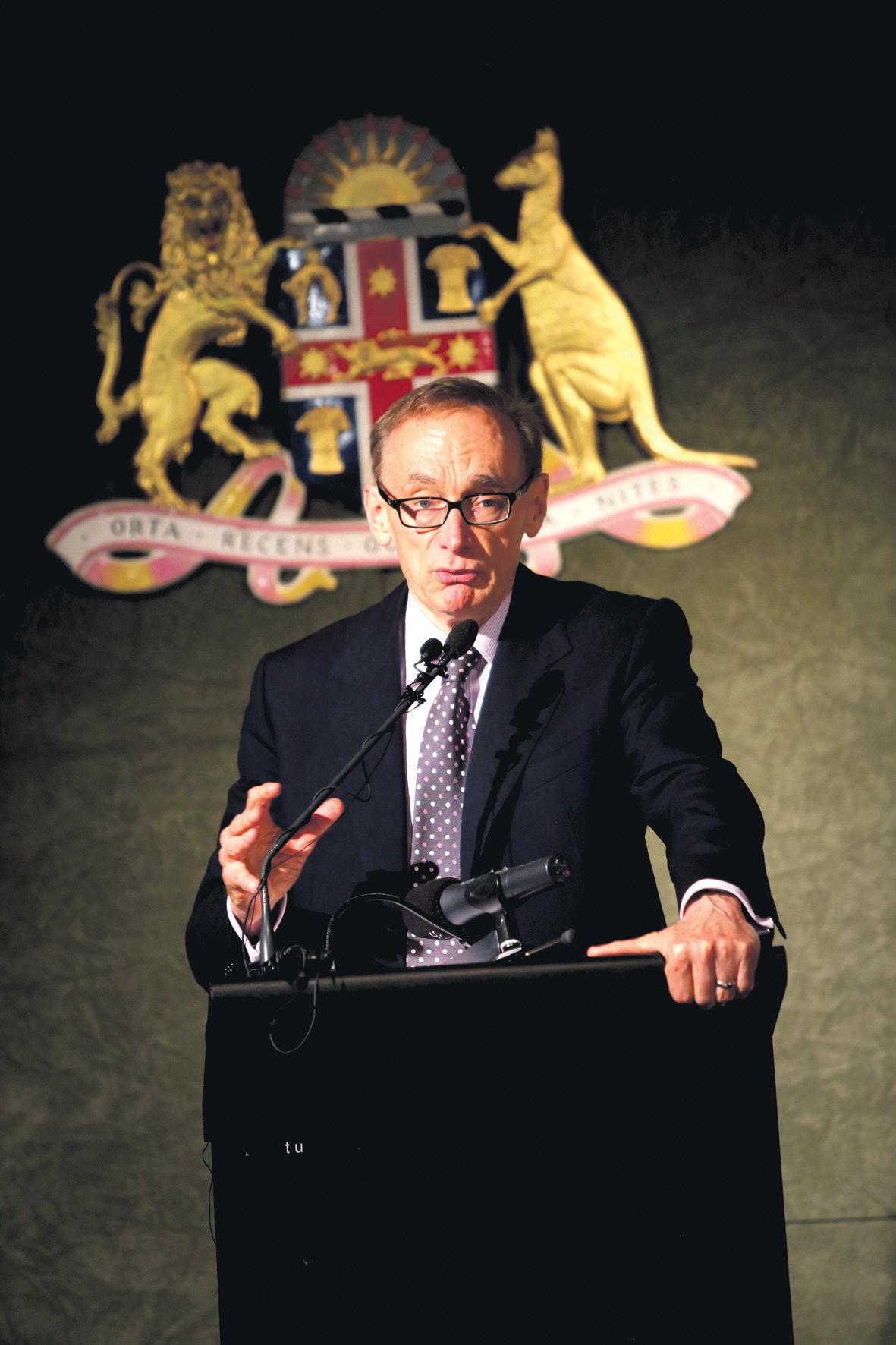


Luthra’s contributions have been recognised not only through the Multicultural Journalist of the Year award but also for his thought stimulating editorials that have effectively bridged the gap between his country of birth and adopted land. Always in tune with the pulse of the community, his discerning and candid style of writing has a loyal readership base and is repeatedly endorsed by community elders.

Encompassing a range of current and topical issues, including local politics, health and education, state of economy, thorny IndiaAustralia relationship and burning community issues, his powerful editorials represent the voice of reason while fearlessly confronting the hard truth.
Pawan’s notes on community affairs have been of particular interest to those observing
the community from outside, including demographers, political analysts and social historians.
The award for Online Innovation is equally a welldeserved one, for Indian Link has always embraced technology wholeheartedly.
“We have been on the cutting edge of technology since our inception,” commented Luthra. “With our most recent innovation, the Indian Link Radio App for smart phones, the 24/7 Radio station has gone global. It can be downloaded free from iTunes and allows people the freedom to listen to live radio.”
“The application has already clocked over 5,500 downloads and is growing everyday. With the Indian diaspora worldwide currently estimated at over 30 million, the Australia-developed radio app has far-reaching potential,” Luthra observed.
“Listeners not only in Australia but also in New Zealand, India, US, Canada, Dubai, even Afghanistan and Korea, are enjoying our pick of Bollywood music, and participating in talk back and discussions live on air,” he added.
A ‘family’ feel has inexplicably been created out of the Indian Link Radio aura: regular listeners ‘know’ each other, without ever having physically met, as callers ring in; milestone birthdays are celebrated; old friends have found each other; get-well-soon wishes are shared at bouts of ill-health; even marriages have resulted amongst listeners. Babies have been born as expecting mums have taken the radio with them to the maternity ward (welcome, baby Om Ganwani of Melbourne), and listeners have even mourned together the loss of one of their own (RIP, Col Kler of Sydney).
“Our listeners will happily vouch for this community feeling,” Pawan said, adding, “I feel fortunate indeed to have created this forum that has connected people at such a level.”
Only last year, Luthra won the NSW Government’s Community Harmony Award for facilitating and promoting social cohesion and understanding between the communities of the Indian subcontinent and the broader NSW community.
Not those to rest on their laurels, the Luthras are already exploring new pastures to build and extend on the existing portfolio. For Indian Australians, this can only mean fresh pathways for better integration and a stronger public voice.

Amit Bhatia celebrates his special milestone at the Cinnamon Club Indian Brasserie
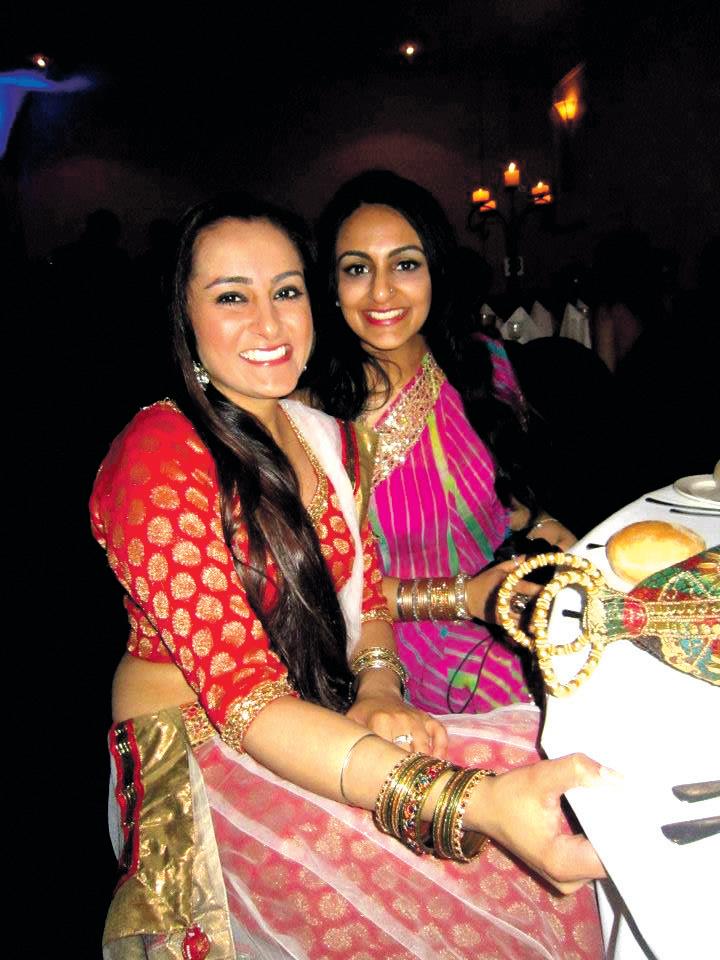


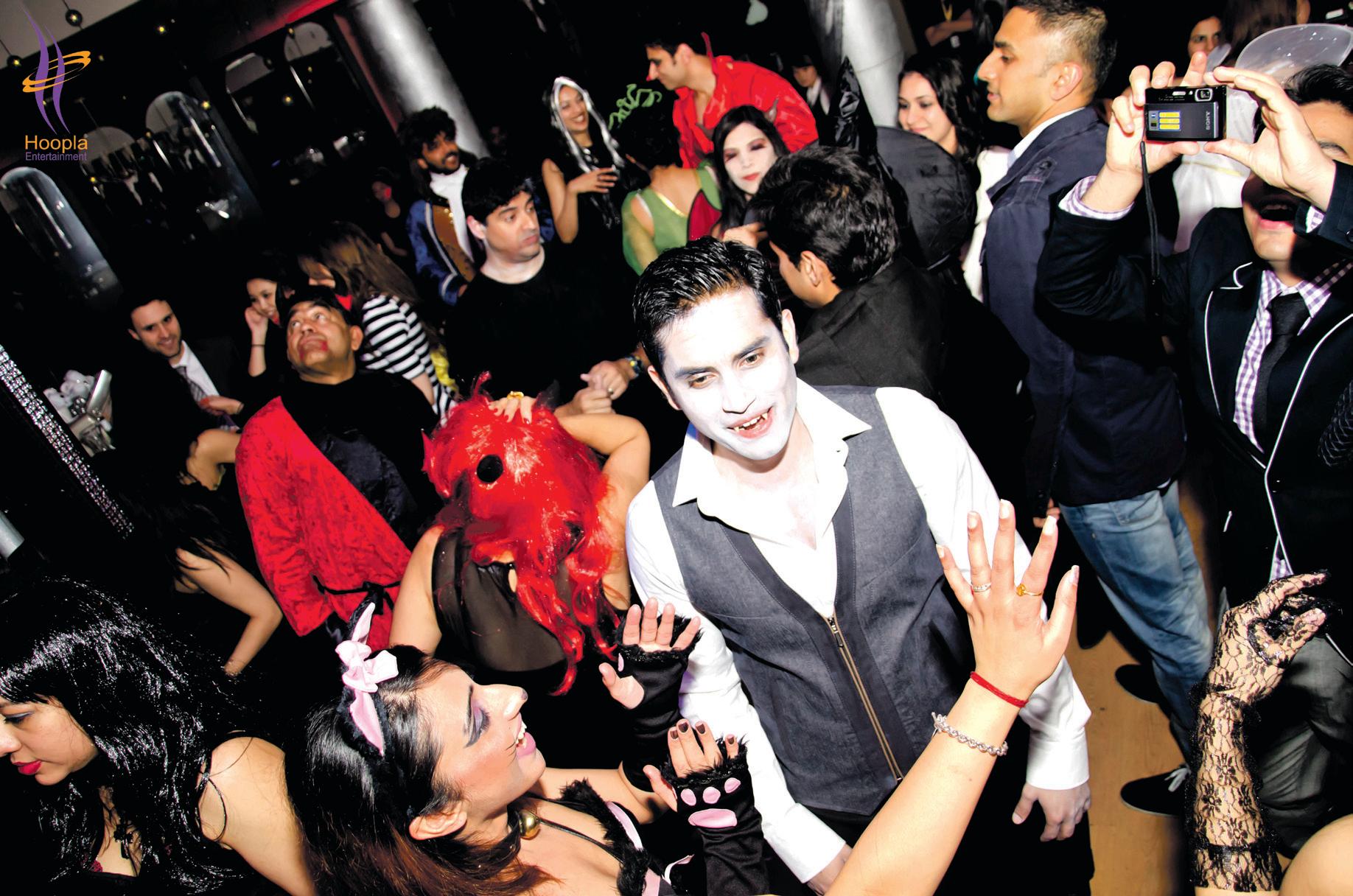
You had to be dressed to distress at the SIN Halloween spooktacular event that was held recently at Mod OZ Café, St Kilda. The ghouls and guys were all game to have some frightful fun, and it didn’t really matter that Halloween was being celebrated a month in advance. “Every day is a celebration anyway,” said Manisha Chaubal-Menon, CEO of Hoopla Entertainment who organised the event along with Yash Dhillon, under the banner of MY Possibilities along with Kush Gupta of Ace Events.
Australians haven’t embraced Halloween like the Americans, however over the years more Australians are getting involved in celebrating Halloween, which originated from the ancient Celtic harvest festival known as Samhain. Commercial paraphernalia related to Halloween can be spotted at several outlets probably not with the same fervour as other celebrations, but more accessible than before. And in a few friendly neighbourhoods in Australia, kids do step out trick or treating albeit in dribs and drabs.
Halloween celebrations are mostly in the form of private parties or events.

The SIN event saw an enthusiastic response from partygoers. Dressed in all varieties of ghoulish outfits, people arrived at the venue ready to have a great night. It was straight onto the dance floor with the DJ Vamps playing some awesome Hip Hop and R&B hits. With drinks like Hell Raisers and Diabolic Doses on the menu and
some fantastic performances for entertainment, the club night went on till late. Despite the monsters, witches, gangsters and vampires, SIN turned out to be a safe night where everyone had a scream of a time.
“SIN was my first club event in Melbourne,” said Yash Dhillon CEO and Founder of D Media. “I have been holding
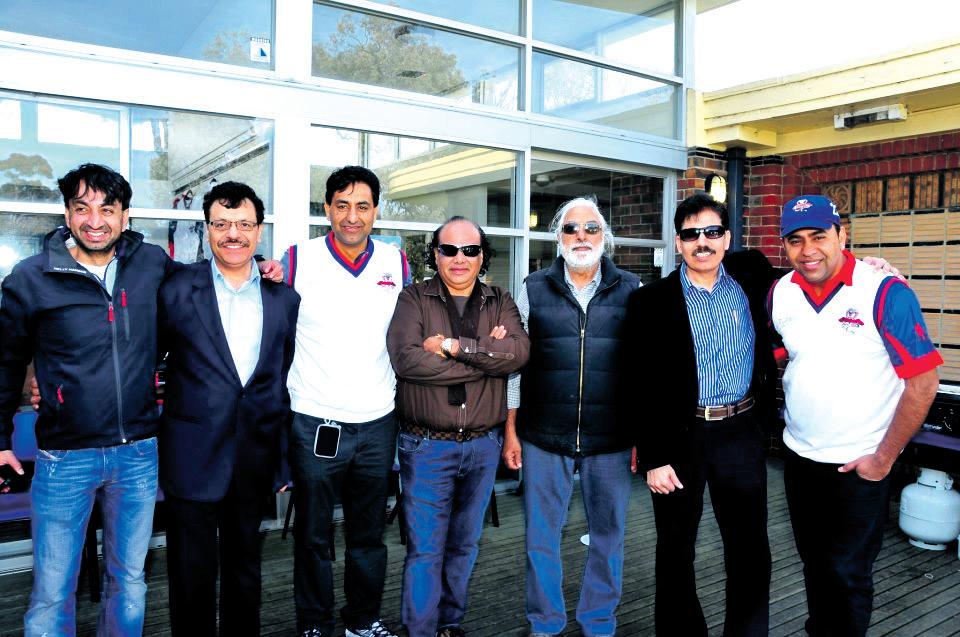
events in Dubai for many years now and I intend to hold many in Melbourne,” he added. Too soon it was time to remove the scary eyeballs and pack away the witches broom and hats. According to Chandana Unninathan one of the guests, “SIN was a real treat, can’t wait for the next one.”
Preeti Jabbal


Nick Kotsiras, Multicultural Affairs & Citizenship Minister has stated, “If you have a parliament which is not reflective of the local community, people will feel excluded from the political process and therefore create an ‘us and them’ perception.” And it is in accordance with Mr Kotsiras’ notion that the government has been working on a new multicultural policy based on citizenship which has paved the way for a group of Indians to venture into the foray of politics. These candidates are battling for top positions in their respective councils, to represent the community in the upcoming local government elections to be held in October. It is a challenging dominion, but these candidates are confident, resourceful and willing to make a change. Indian Link met some of the candidates who have chosen to take the plunge into active politics by representing the people at grassroots level.
Having arrived in Australia in 2007, Gurninder Singh or ‘Guri’ as he is popularly known, works for the Metro in the Customer Service and Operations Department as a Station Officer. Guri is seeking re-election as a Labor party candidate, having been actively involved in 2009 in

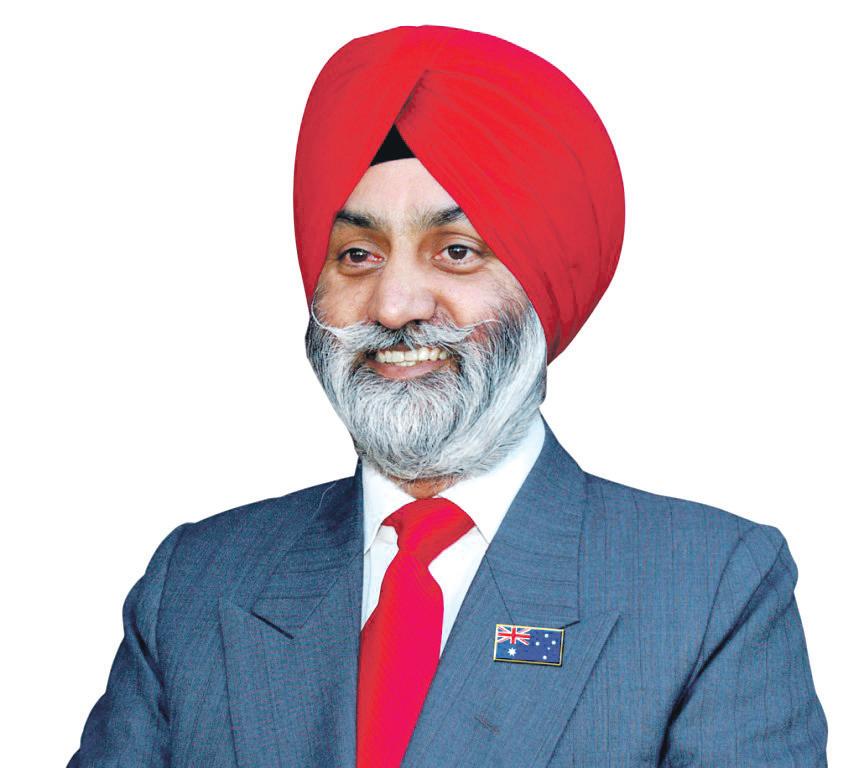
the Darebin office, and at the ALP Craigieburn branch in 2011. He was also involved in administering community support services for new migrants and students who endured hardship upon their arrival down under. Guri seeks election to the Hume Council.
“The previous government had developed a practice of overspending on several occasions and this is a significant area I aspire to keep a check on because one of the most important attributes of a politician is to hold himself accountable for his actions,” says Guri who also intends to improve services and facilities within the community and more importantly, ensuring safety for residents.
One of his major achievements during his stint as politician was revamping the Gurudwara in Craigieburn, including improved sanitation facilities for the disabled in the shrine. An advocate for strong affiliations within the community, Guri has ceaselessly strived to
bring people from various ethnic backgrounds together. “I will continue to support and be part of this wonderful community as long as I possibly can,” he says.
Anamika Srivastava is an active and passionate community worker who has always gone beyond the call of duty to empower women –generally considered to be the subjugated species in society. Being thoroughly involved in charity organizations such as ‘WIN’ and ‘Project Dovetail’ in the past to support women and disadvantaged children, her enthusiasm and determination to help the deprived and make a
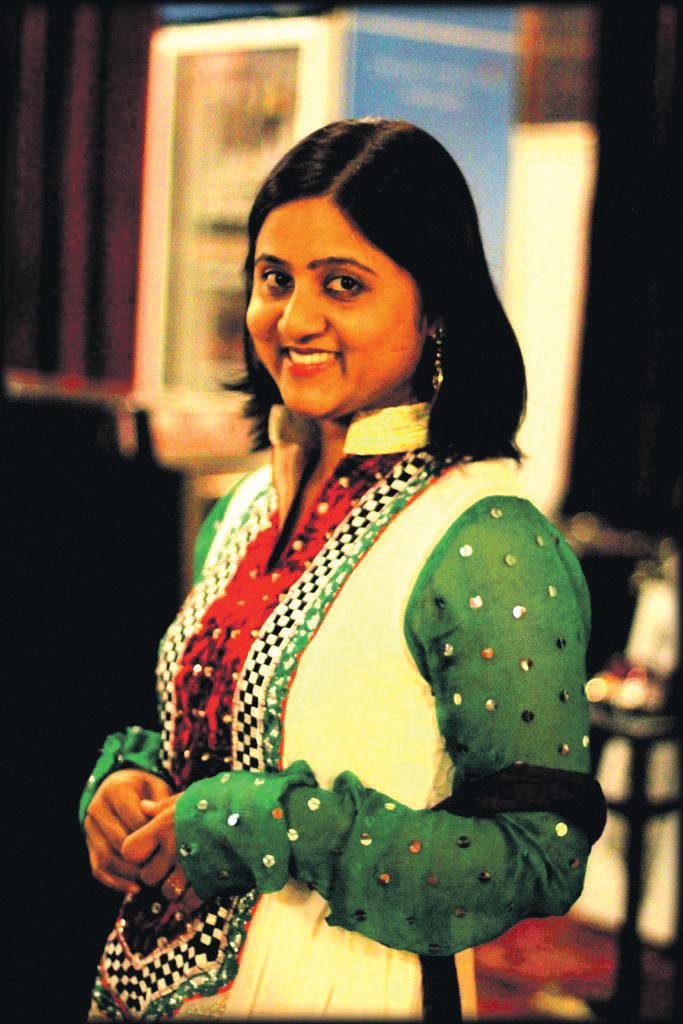
within the community. With an enduring desire to contribute to society, Anamika says, “If I win the elections, I will have more resources at my disposal and more avenues to explore while playing a significant role in the community. Moreover, I feel I can inspire women to believe they are capable of rubbing shoulders with their male counterparts and become community leaders.”
In these restrained times, the primary goals of this gritty and realistic lady in her own words are, “Helping migrants from various ethnic backgrounds settle in and connect with the community by organizing a series of programmes; engaging local businesses in cultural exchange programmes; encouraging volunteer work to help the disabled and spreading the message of leading a positive lifestyle.” Anamika will contest from the Monash Council.
has resulted in the construction of several residential areas and schools since the last few years. But despite the sharp increase in population, the suburb has had to endure the plight of poor infrastructure and facilities for quite some time now, something Gautam Gupta hopes to reverse.
“The standard of living in Wyndham is plummeting thanks to the inefficiency of politicians who have proved to be masters of society instead of servants,” says the proficient hearing-specialist.
With a clear understanding of the inadequacies confronting this section in Melbourne, Gupta adds, “Council rates have risen by a staggering 700% in recent times and that is just unfair to the residents. Moreover, I will be examining the exorbitant wages paid to executives and also on how the rising unemployment rate of about 70% can be controlled by creating new job opportunities. Health services, infrastructure and
Wyndham is one of the fastest growing areas in Melbourne with an influx of migrants which

Intaj Khan is a Truganina resident, living standards take a hit in recent the community with a range of leisure facilities such as having a swimming pool in Point Cook so
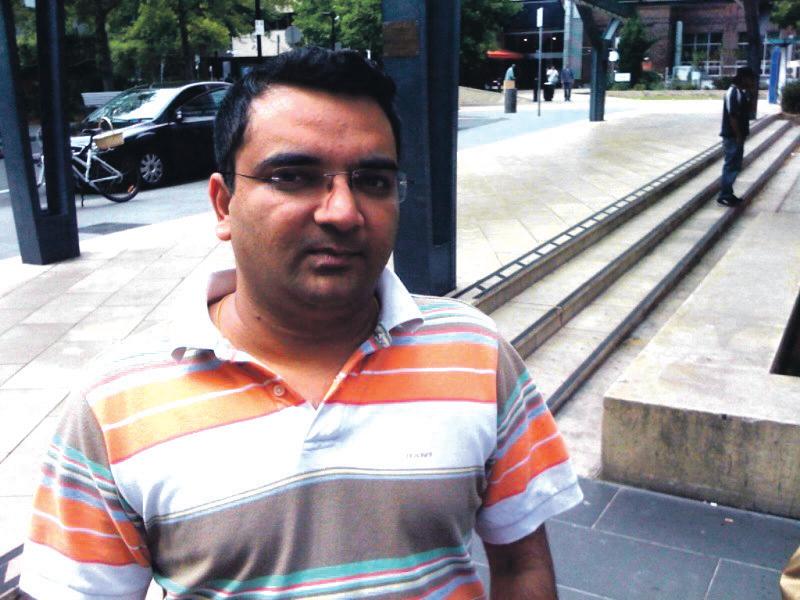
that revellers in Wyndham have an extra option, come summer. I want to create jobs in the community by co-ordinating with small businesses to begin with, and also hope to help create proper bus shelters along Sayers Road and Sneydes Road,” says Khan.
To alleviate traffic congestions on the roads, Khan hopes to convince the Metro to commence Zone 01 train services from Werribee to the CBD, and will also attempt to improve bus services in and around the area.
Khan is passionate about the serving the community and believes changes can happen through perseverance, hard work and dedication.
he is currently in charge of the grants committee.
Tim believes that Australia is indeed multicultural, but only to a certain extent; and this is an area in which he hopes to bring about a significant change. “With people from so many various backgrounds in this country, there is no equal representation of the migrant community in government services right from politics to the police force. To put it in simple terms, Australia suffers heavily from institutionalized discrimination against people from non-English speaking backgrounds and that’s appalling,” says Tim who will stand for election to the Darebin Council.
He believes that injustice against migrants prevails in the community and to add substance to his views, Tim points out how lethargic the government is when it comes to improving rail and road services in many of the outer suburbs or for that matter, even in providing decent sport facilities. He goes on to add that there is an added emphasis on improvement in the affluent suburbs, while upcoming suburbs are completely overlooked.
Tim wants to encourage migrants from different backgrounds to step forward.
“People have to face up to the challenge of becoming leaders in the community, think big and move on from being employed as cleaners and taxi drivers because they are far more capable than that,” claims Tim emphatically.

Tim Laurence
Darebin Council La

Trobe Ward

Despite being raised in Australia, Tim is proud of his Indian roots and enthusiastic as ever as he attempts to make an impression on the community. Tim was actively involved in politics in the mid to late nineties and also held the elite position of Mayor of Darebin in 2000-2001. Moreover,
Since his arrival in Australia in 2001, Aloke Kumar, a hotel management graduate was employed in the hospitality industry. He then entered the education sector, starting a private institution and today, Aloke is the proud owner of one of the most sought-after venues for arts in the city, the Thornbury theatre.



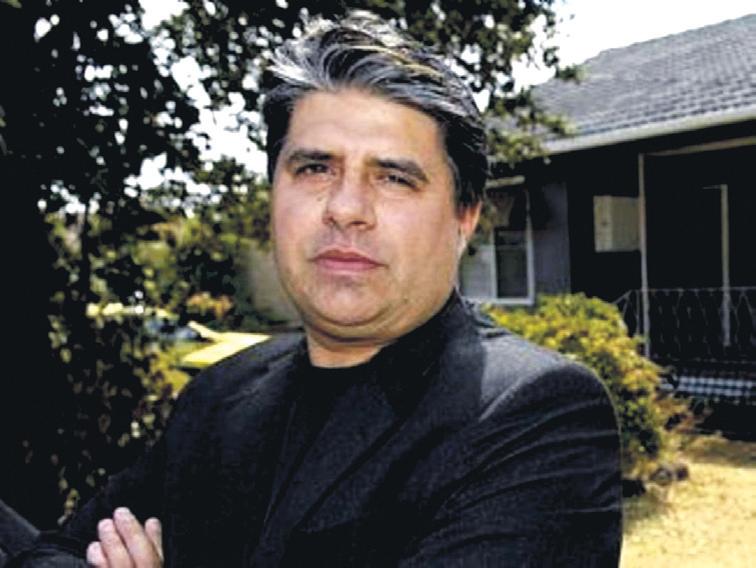
Aloke will stand for election to the Darebin Council.
“It is unfortunate that despite being the fourth largest migrant community in Australia, there is no Indian representative in politics. This is something that needs to change and it has to happen now so as to pave the way for future aspirants,” says Aloke on the upcoming elections.
“I’ve held several leadership positions in the past in India serving the community on various platforms and I intend to do the same over here,” responds Aloke on being asked what spurred him into the realm of politics. He hopes to slash theatre council rates and provide more childcare facilities to the community as parents continue to live hectic lives and grapple with time constraints.
Being submerged in theatre, Aloke wants to offer a platform to budding local talent and cites the rise of Melbourne-based singer Diljaan whose career is on the surge. “I’m happy that I was able to offer Diljaan, a wonderful singer, the right launch pad into show business and want to see an Indian band emerge from Melbourne in the near future,” says Aloke.
Having lived in Australia for 15 years and risen up the ranks in a multinational organisation, Murugan has been contemplating ways to contribute to the community. He feels that the elections offer the perfect opportunity for him to be involved in the upkeep of the community.
“It’s time I returned some of the faith shown in me when I arrived in the country”, he says. Murugan hopes to keep a check on the exorbitant parking fees and provide improved public transport facilities. Moreover, he is confident that he can offer enhanced support services to both senior citizens as well as the youth irrespective of their ethnic background. He adds, “There are significant numbers in society especially amongst the elderly and the youth who are secluded. I want to let them know that they are important to the community just as anybody else and highly regarded”. Additionally, Murugan aspires to improve relations within the community as a whole by regularly organising various social activities for people from all age groups. Murugan also believes that one is accountable for his/her actions and hopes to play a pivotal role in decision-making, planning and co-ordination of various programs in the community.
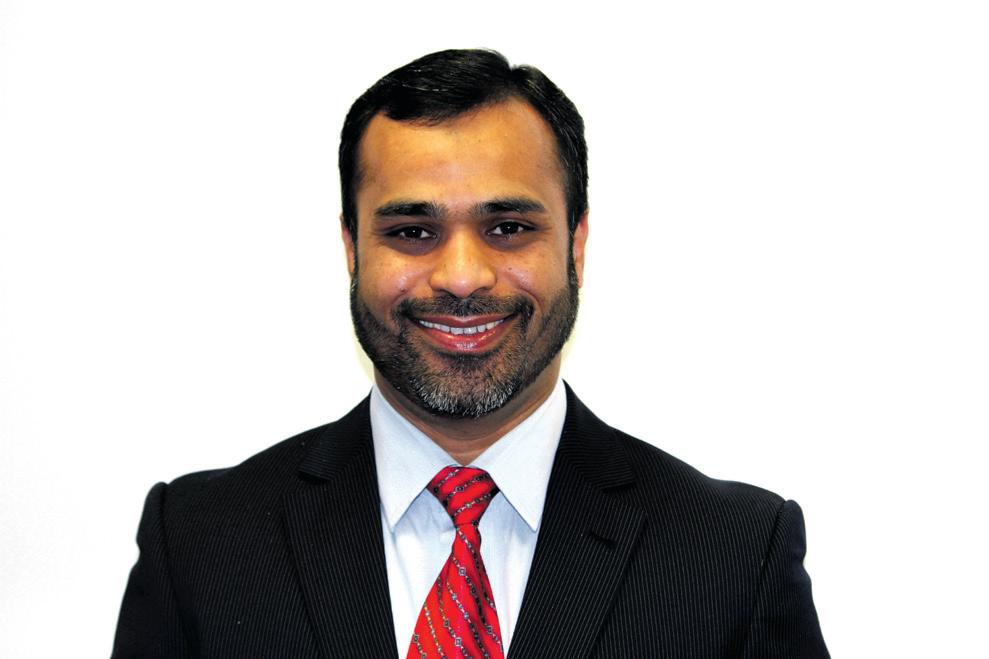
Having arrived in Australia in 2004 as an international student to pursue higher studies, this Springvale resident has since established himself down under presently working as an accountant in a local school. “Being part of an Indian community that is expanding every year in Australia, I believe it’s high time we went a step further and made our presence felt in political affairs in this country. I consider the upcoming elections the right time and perfect launchpad for people like me to get a headstart and aspire to represent our community on the big stage”, he says.
Going by his slogan, ‘Support me to serve you’, Rahman believes that despite being the most liveable city in the world, there’s ample scope for improvement in most of the outer suburbs and fittingly, has several plans up his sleeve. He fervently adds, “I want to offer more support to small businesses and bring down council rates. Moreover, I hope to also spread a positive message to the community about improving cleanliness on our streets, encourage people to partake in sport and organize activities to enhance relations within the community”.
Melbourne based community activist Manoj Kumar was selected, along with 16 members drawn from subcontinent community leaders around Australia, to join the federal Subcontinent Ministerial Consultative Committee (SMCC). The committee works under the Minister for Immigration and Citizenship, Chris Bowen MP; the Minister for Multicultural Affairs, Senator Kate Lundy; Member for Greenway, Michelle Rowland MP; and Senator for Tasmania, Lisa Singh. The committee held its inaugural meeting this September in Canberra. Employment opportunities, domestic violence, aged care and mental health, and immigration formed the main topics of discussion.
“As a member of the subcontinent ministerial consultative committee I will represent my community and lobby the Australian government for improvements to the numerous issues facing our growing community,” said Manoj. “My first agenda, however, is to urge the government to simplify rules of International English Language
Testing system for migrants wanting to acquire Permanent Residency,” he added. Currently working as the International Business Manager at Ecotech Pty Ltd in Melbourne, Manoj migrated to Australia in October 2005 from Dubai. He was born in Bihar, brought up in Kolkata and studied Engineering from Maharashtra in India.
Manoj was appointed as the President of Cleantech Business Sector Australia India Business Council – Victoria to promote clean technology businesses through multilateral engagement between Australian and Indian manufacturers, researchers, service and technology providers and customers. He is currently President of the ‘Cross Culture Club Australia’, a social club that coordinates cultural engagement programs, multicultural sports, socials forum etc. As an Executive Member of Knox Council’s multicultural advisory committee, Manoj receives feedback from the South Asian community living in the city of Knox and informs the council of those issues in order to address them. He was also a team member of the Trade Advisory
committee of the Victorian government to decide trade engagement strategy with India in 2008 and 2010, and is currently an executive member within the management committee of the Australia India Business Council Victoria.
As a community activist, Manoj helped in organising a multicultural fund from the Victorian government to build a community kitchen and dining hall at the Vinayak Temple in The Basin. He was also involved in supporting the South Asian community engagement forum held in 2011 which discussed students issues, aged care issues and sought support from government departments. Manoj led a committee of traders to explain issue with levels of government, organised visits and meetings of ministers and members of parliament to help protect the ‘Little India’ precinct in Dandenong. He also undertook an advocacy role to support the inclusion of Hindi language into the Australian Curriculum and Assessment Authority (ACARA). According to people who know him and have worked with him,
Manoj is always willing to rally behind causes that are important to the community. Through his leadership in the community and his passion for making a difference towards the betterment of society, he strives to bring a new level of
thought leadership and vision that blends together business, politics and culture. As a contributing member of the SMCC, it is hoped that Manoj will play an important role in informing the government of the views of our community.
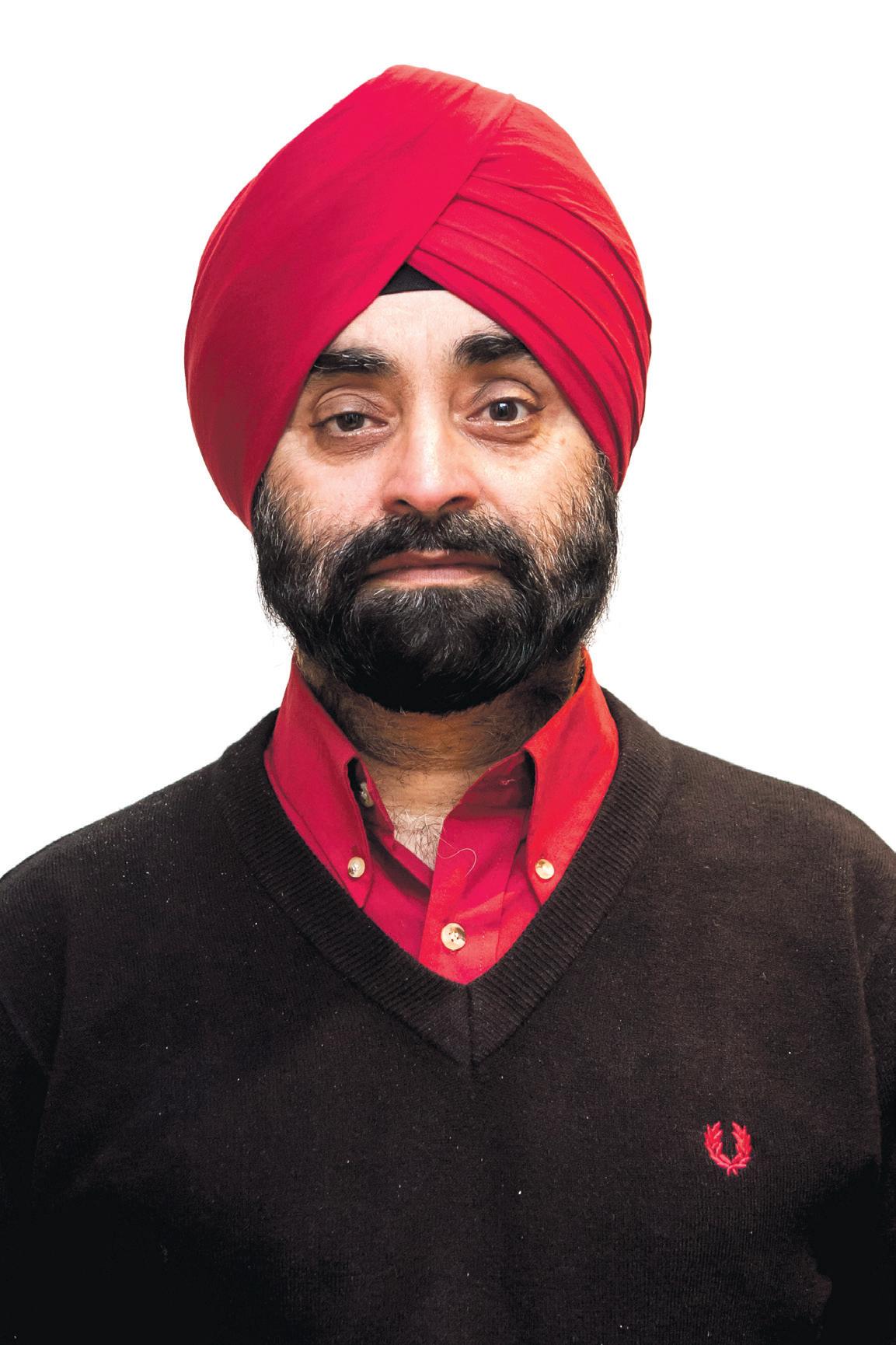
Does doing good always lead to doing better? In the case of Melbourne businessman and community leader Tej Panesar, it does. There are many passions that fill the canvas of Tej’s life, foremost among them are effective leadership and community service. With expertise, ethics, values and responsibility on his side, Tej has recently been appointed both as Chairman of the Construction Materials Processors Association (CMPA) and as President of the Punjabi Club of Victoria (PCV).
CMPA is dedicated to the representation and service of its Members in the Victorian earth resources industry. CMPA is made up of companies (associates) engaged in the extracting, processing or otherwise working in hard rock, gravel, sand, masonry, clay, lime, soil, gypsum or recycling, and those supplying goods and services to the industry. They are critical to providing support to quarrying activities and keeping the construction and recycling industry actively productive. The association participates in training,
development of reference manuals, industry tools, and interaction with the Government.
While heading a company that provides production consumables to CMPA members, Tej has recently been elected to be the chairperson of the Associates. He is determined to bring about a very strong product support culture to the industry with his many years of experience in this area in Australia and abroad. In Tej’s view it is the strong partnership between production and support services that generates reliable and predictable outcomes in the industry. With safety, waste control and cost management in keen focus, the industry is very active and Tej intends leading the associates into mainstream support and activities.
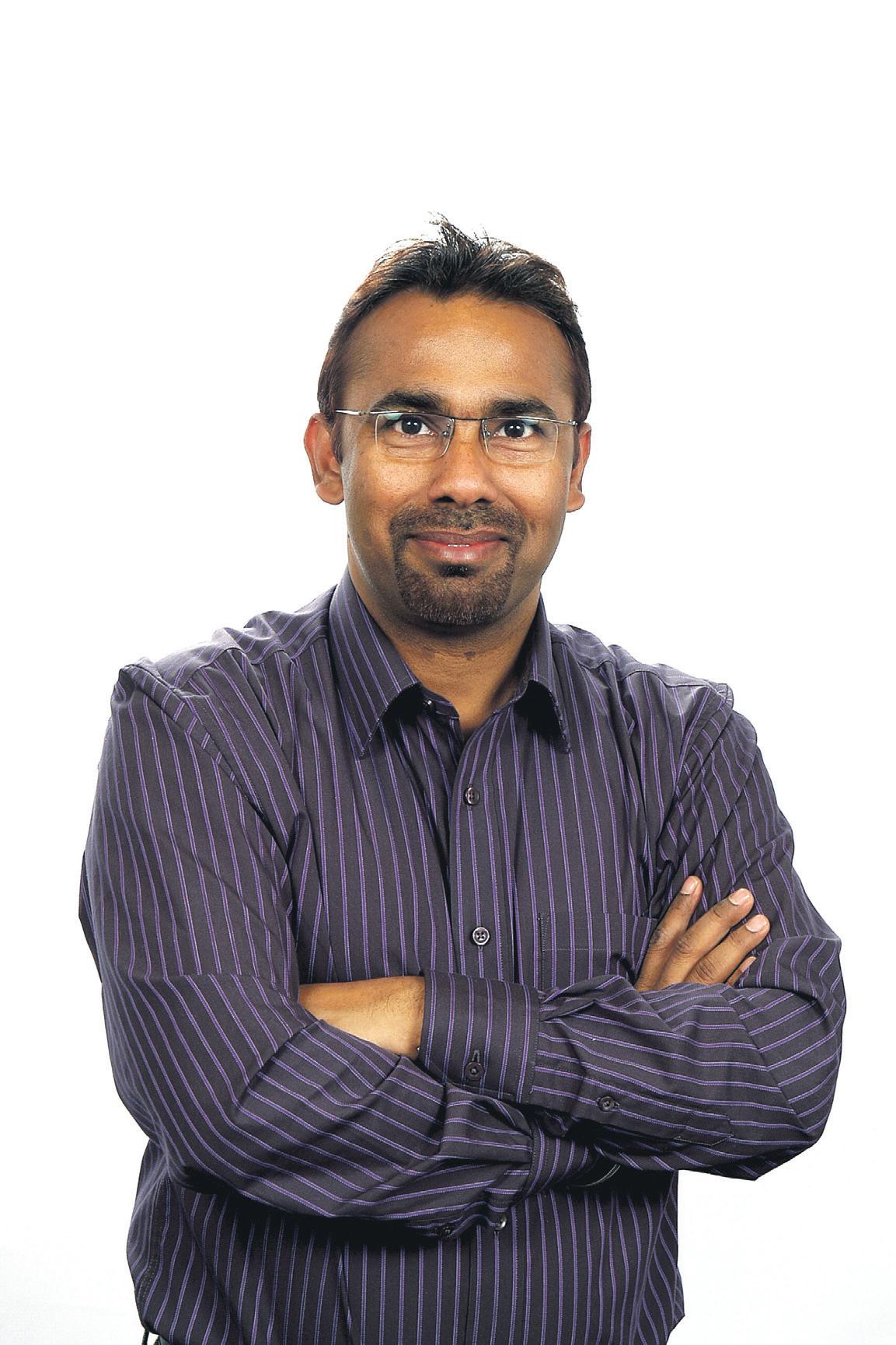
The PCV is a very popular social and community based club that has been known for holding key events like the Diwali function, promoting community talent and other social events. For 2012 -13, Tej has been elected President of the PCV. With his natural style of leading from the front and taking
the team forward with common, well-accepted and understood simple goals that have far-reaching benefits, Tej is very happy to have a good set of well-meaning executive members with whom to work.
In taking over the reins of the association, Tej now has the support of a new committee that is a good mix of experienced and new members who have ensured the involvement of youth to the forefront of its activities. The PCV with its distinctive logo and newly acquired website will utilise social media technology and soon link to its sponsors as well. With good support from a variety of businesses and prominent individuals, PCV is poised to present itself as a very modern association, very much in tune with the community and its members.
“The Club has already started its preparations for the Diwali function and has many youth performances on its activity list. The fresh look Diwali function on November 5 will be an excellent event, showcasing the talent our community can harness,” said Tej.
In his new role, Manoj Kumar will now have an opportunity of bringing community-related issues to light with the government




Nritya-Natyotsav
Sat 13 Oct 5:30pm to 7:30pm at Chandler Community Centre, 28 Isaac Road, Keysborough, VIC 3173. KalaVishkar Innovative Art Academy will present Nritya-Natyotsav, a fun filled theatre and dance extravaganza featuring cultural folk dances, a hilarious play in Hindi and a children’s play in English. Tickets: $10 per person (free for kids under 5). Details Manasi 0419 815 323.

Sharadeeya Navaratri
Sat 20 Oct 2pm to 11pm at the Cultural Centre of Hindu Society of Victoria’s (HSV), adjacent to Shiva Vishnu Temple in Carrum Downs. Organised by the Sankat Mochan Samiti, Mata Ki Chowki (2pm -6pm) will be followed children’s drama, Prasad and Maha Prasad (6pm -7pm). Garba and dandiya dance for the young at heart from 7pm – 11pm. Please bring your own dandiya sticks or purchase from venue. Free entry but RSVP essential, latest by Monday 15 Oct for catering purposes. Volunteers are needed. Details Sunila Shrivastava 0427 274 462.
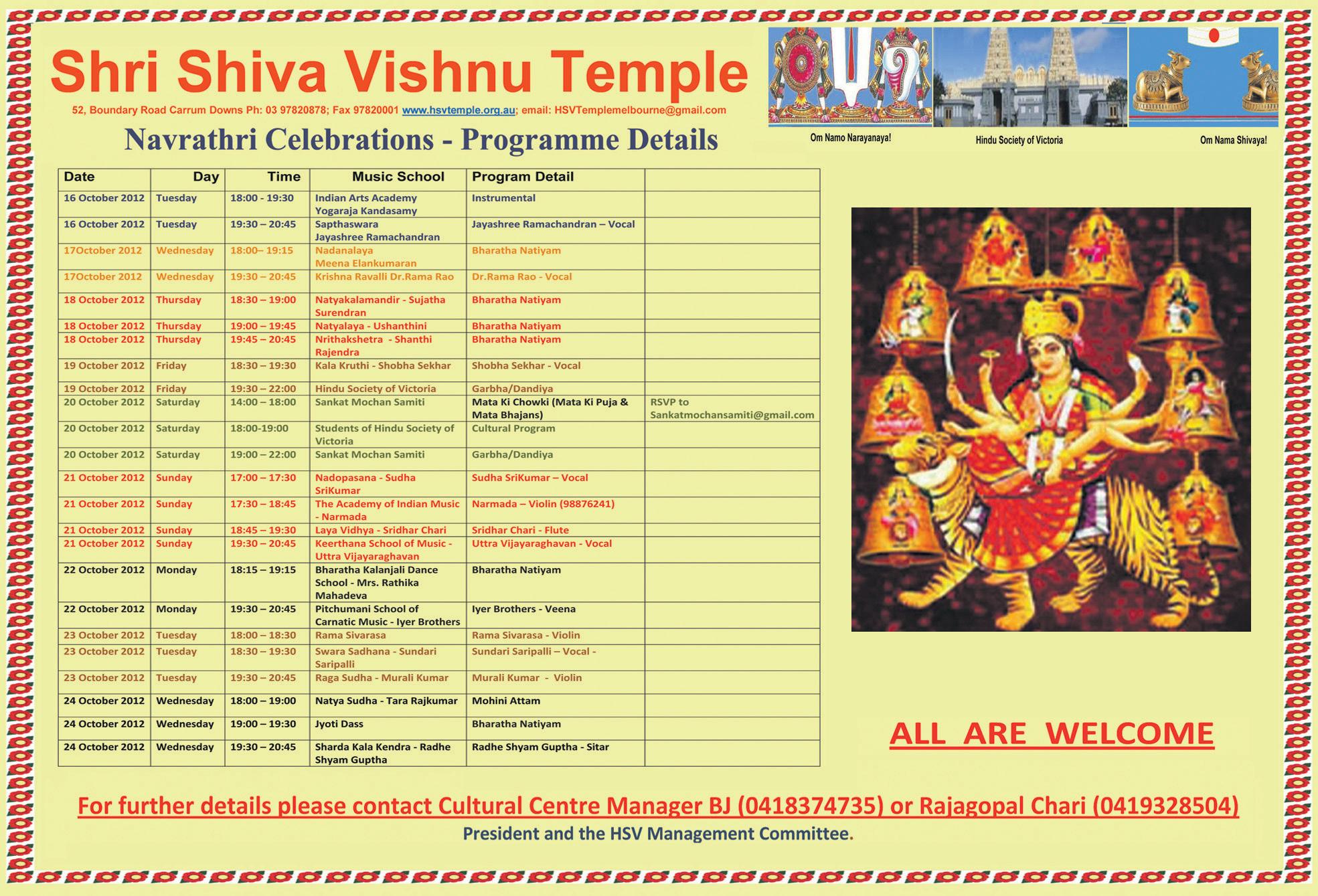
Swar Sandhya
Sat 3 Nov 8pm onwards at Waverley Meadows Primary School, 11 Columbia
Drive, Wheelers Hill, VIC 3150. Karaoke musical evening, bring your own music and listen to many good singers. Free entry with tea/coffee provided. Details Sandeep Chaudary 0408 279 377, Nikhil Pandey 0430 922 851.
editor’s note
The cover pic from Indian Link’s September 2012 issue for Melbourne was courtesy Siddhesh Jukar of four By Six Photography (www.fourbysix.com.au)

Spectrum Migrant Resource Centre (SMRC) recently launched the Healthy relationship in a new culture (HRINC) project with a view to promote healthy relationships at the community level. As part of the HRINC curriculum Spectrum is keen to work with Indian community leaders to promote respectful relationships in the family. The project seeks to foster a change in attitudes and behaviour among culturally and linguistically diverse (CALD) communities regarding violence against women. The HRINC participating community groups include the Sudanese, Somali, Iraqi and Indian communities based in metropolitan Melbourne. The Australian Government Department of Families, Housing, Community Services and Indigenous Affairs has funded Spectrum’s HRINC project. SMRC is a not for profit immigration legal service with offices located in the inner Melbourne suburbs of Preston and Sunshine. They advise and represent clients from around the world on all aspects of migration law. The key project activities will include development of a ‘healthy relationships’ training curriculum and resources, delivery of the training curriculum to participating community groups and follow-on activities led by course participants.
According to former Australian Consul
General and Trade Commissioner to India and community facilitator Mr Shabbir Wahid, “The aim of HRINC is to encourage more respectful relationships by utilising a strengths-based approach that will build on the existing skills and capacities of participants and employ culturally relevant approaches and materials to engage target communities.”

Spectrum are currently looking for about 24 participants, single males and females as well as couples from the Victorian Indian community to undertake this program that will be delivered over 4 Saturdays in sessions of 4 hours each. The participants have to be committed enough to attend all sessions. The program will be delivered on 3/11, 10/11, 17/11 and 24/11 at Spectrum Migrant Resource Centre, 251 High Street, Preston from 10.00 am to 2.30pm, including free lunch to all participants.
As a community leader, volunteering time and effort to HRINC, your role will be to encourage and help community groups and individuals to understand the requirements of a healthy relationship. You will help to raise community and public awareness on the issue of domestic violence. It will be rewarding and a great way to give back to your community by making a difference to people’s lives. If you are a person who enjoys helping others and are able to relate to people effectively and patiently then contact wandah@spectrumvic.org.au

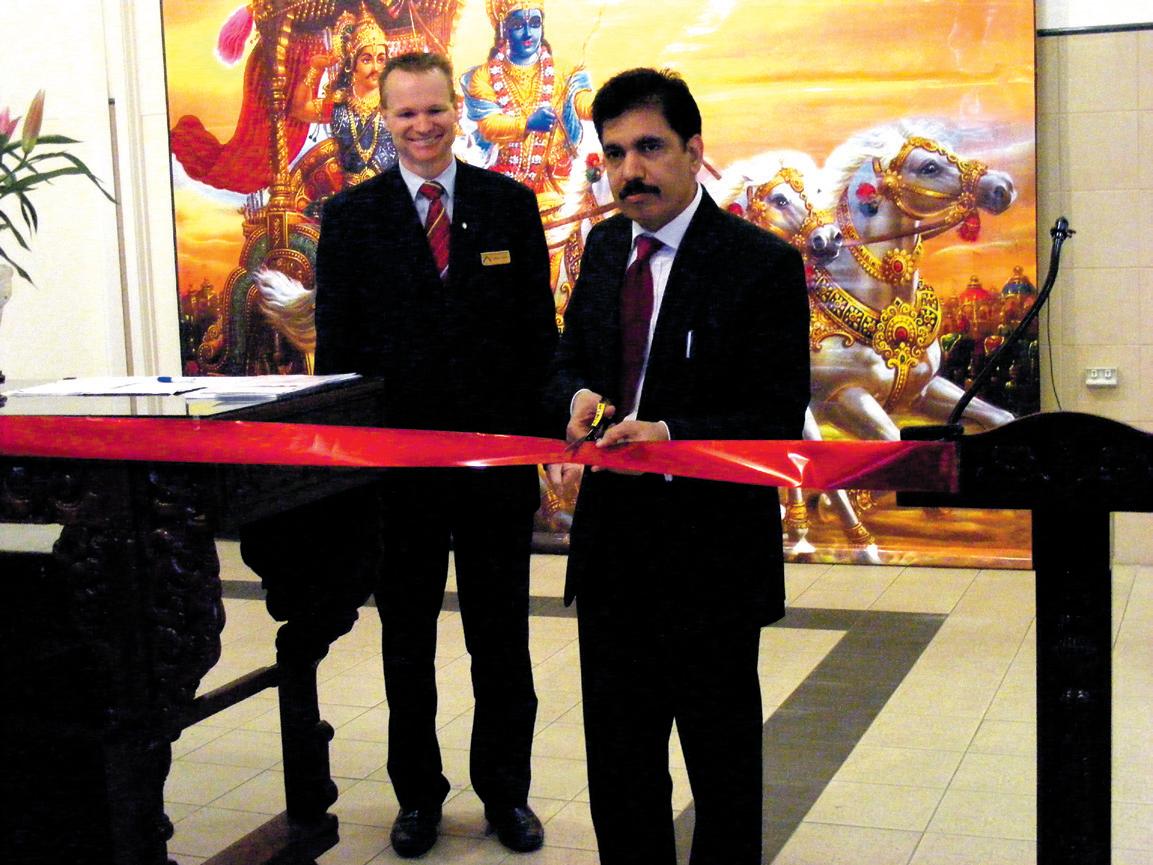
Afuneral is a ritual that not only confirms the reality and finality of death, but is also an affirmation of religious faith. In Australia, despite its mix of diverse cultures, Hindu funeral services have been mostly held in chapels. However, many funeral services and directors are sensitive to cultural and religious beliefs and are willing to give maximum assistance to grieving families. In response to the rapidly growing Hindu community in Australia, an information session was held recently to flag the opening of a Hindu Funeral Hall, the first of its kind in Australia, at Le Pines Funeral Services in Springvale Road, Glen Waverley. The project was initiated by Dr Jayant Bapat, an academic and Hindu priest who received the Medal of the Order of Australia for service to the Hindu community of Australia and to education in 2011.
A funeral service is sacred to Hindus because it represents the completion of the final stage in one’s life. In Hinduism, death is viewed as a natural aspect of life, and there are numerous epic tales, scriptures and Vedic writings that
describe the reason for death’s existence, the rituals that should be performed surrounding it, and the many possible destinations of the soul after departure from its earthly existence. According to Dr Bapat who has conducted numerous funeral services in Australia in the last 30 years, Hindus, especially from the older generation, prefer to have their funerals in a Hindu ambience instead of a Christian chapel.
When Dr. Bapat saw the Asian (Buddhist) Funeral Hall at Le Pines, he approached the Le Pines management and suggested the

idea of having a similar facility for Hindu funerals. They agreed, and offered him support in setting up the hall for Hindu services.
Dr Bapat described the process of how the Hindu ambience was created. “Large picture frames of the shlokas from the second chapter of the Bhagvad Geeta, Krishna advising Arjuna on the battlefield etc. were made in Nagpur and flown to Melbourne,” he said. He praised Makarand Bhagwat, an IT professional who also acts as a Hindu priest, and Abhijit
Bhide, an engineer from the Marathi community for their efforts in volunteering and getting financial help from the Maharashtra Mandal and Vishva Hindu Parishad for this cause.
Many people including dignitaries attended the information session that was held recently at Le Pines Funeral Services, Glen Waverley. Mr Rakesh Kawra, Indian Consul for Cultural and Community Relations opened the information session by cutting the ribbon and lighting a candle in front of the statues of Sri Krishna and Sri Rama. Mr Kawra then spoke about the provisions made by the Government of India for overseas Indians who are in need
of financial and other help in the event of a death in their family. Dr Jayant Bapat spoke about the Hindu belief in death as the final samskara. According to him, death being the last of the 16th samskaras, was the most important one. Dr Ravi Bhave, president of the Maharashtra Mandal and Mrs Geeta Devi, President of the Vishva Hindu Parishad spoke about the need for such services for the rapidly growing Hindu community in Victoria. During the session, Le Pines Funeral Services provided a light lunch followed by tea and coffee. According to them, the facility of a Hindu Funeral Hall will now be available at Le Pines, Glen Waverley at a discounted price.




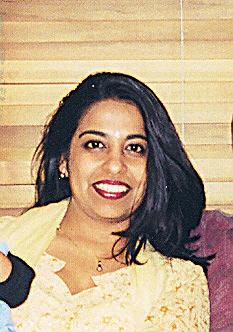
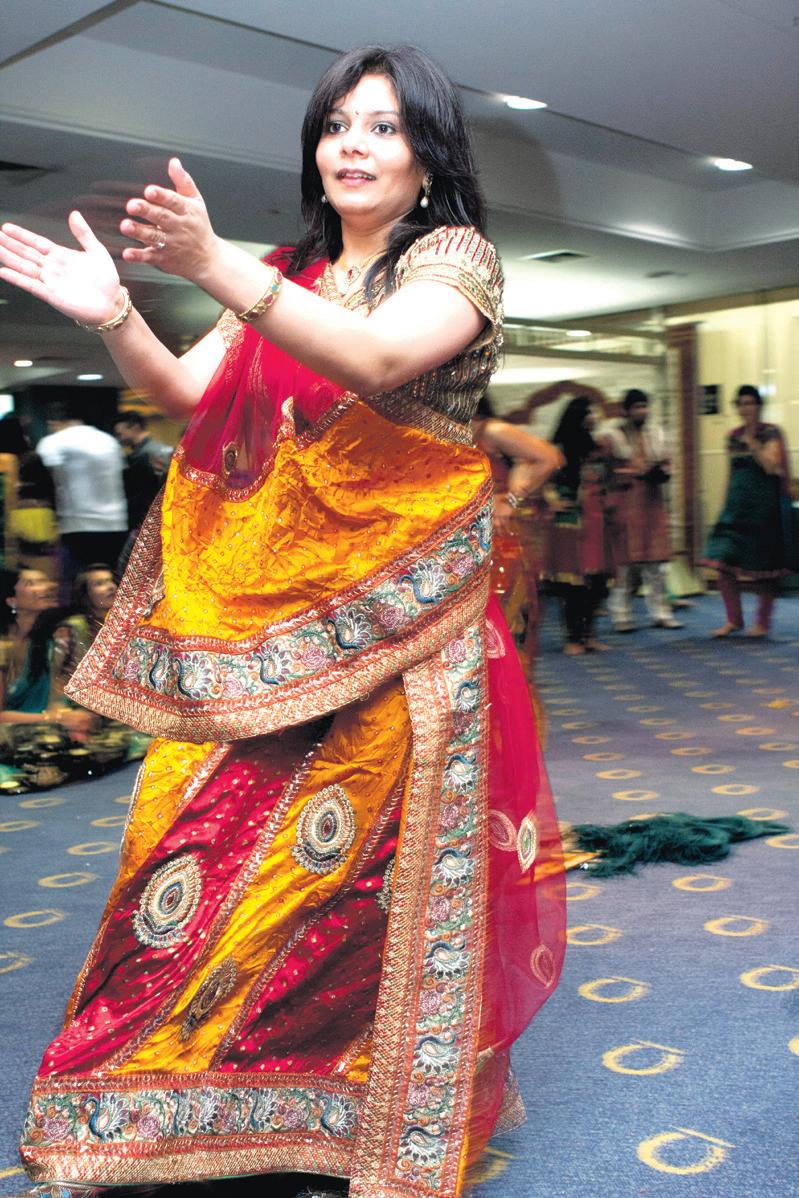
Recently I found myself at Caulfield Racecourse in Melbourne; however I could very well have been in Ghatkopar or Goregaon in amchi Mumbai given the massive crowd, the hustle and bustle, the stunning traditional outfits and an unmistakable vibe in the air. All the brouhaha had nothing to do with races or equestrians, it was for the much-awaited Falguni Pathak show.
A brand in herself, Indian pop singer Falguni has ruled the dandiya scene for decades now. Mumbai Navratri festival celebrations are synonymous with Falguni Pathak, and in the past few years fans across the globe have also got a taste of Falguni’s fervour during the festive season. She has performed in many countries around the world and it wasn’t her first show in Melbourne, however, it was the first time that a dandiya show was organized in the carpeted venue inside Caulfield Racecourse. It was also the first time NM Events organised a dandiya bash on such a large scale. Hiccups were expected, especially with crowd management, but there was a visible security presence outside the venue to keep things under control.

Inside the venue, the crowd flow required more attention. Nearly 2000 people, most of them dandiya enthusiasts and Falguni fans thronged to the venue in their finery, and they were not there to merely watch. They were all geared up to dance the night away to Falguni’s popular Bollywoodinclined and super-hit songs. Space became a constraint as the dancers got together in various scattered groups instead of one large circle, as is the tradition. With Falguni performing in one corner of the hall and the sea of people dancing in front of her, the venue was packed to capacity, chaotic but quite happening.
In a remarkably sweet voice the androgynous dandiya queen sang all time favourites like ‘Lal Lal Sanedo’, ‘Odhni Odhu’, ‘Dholida Dhol’ and her most popular number, ‘Pari hoo main’. Catering to the mixed audience, she sang Hindi, Gujarati, Marathi and Punjabi songs and the crowd lapped it all up with relish. Accompanied by a troupe of 24 artists, Falguni paced her appearance through the night while allowing other singers to entertain the audience. It was obvious that the audience were mainly interested in dancing, which they did with gay abandon.
The air was vibrant with colours of the outfits and vivacity of the dancers. As ghagras swirled and kurtas swished, the venue resounded with music and the event in general, turned out to be frenzied but fun.



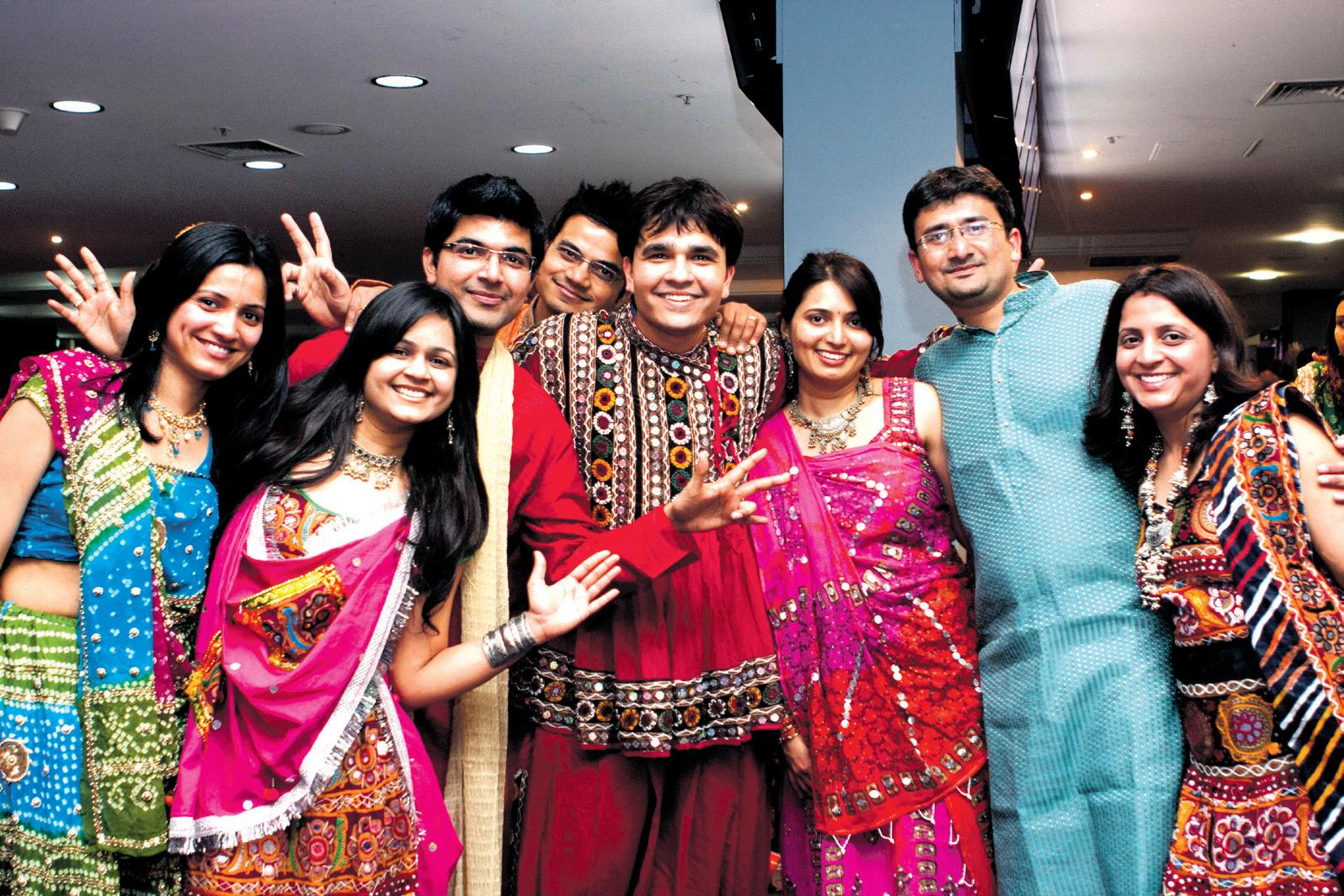
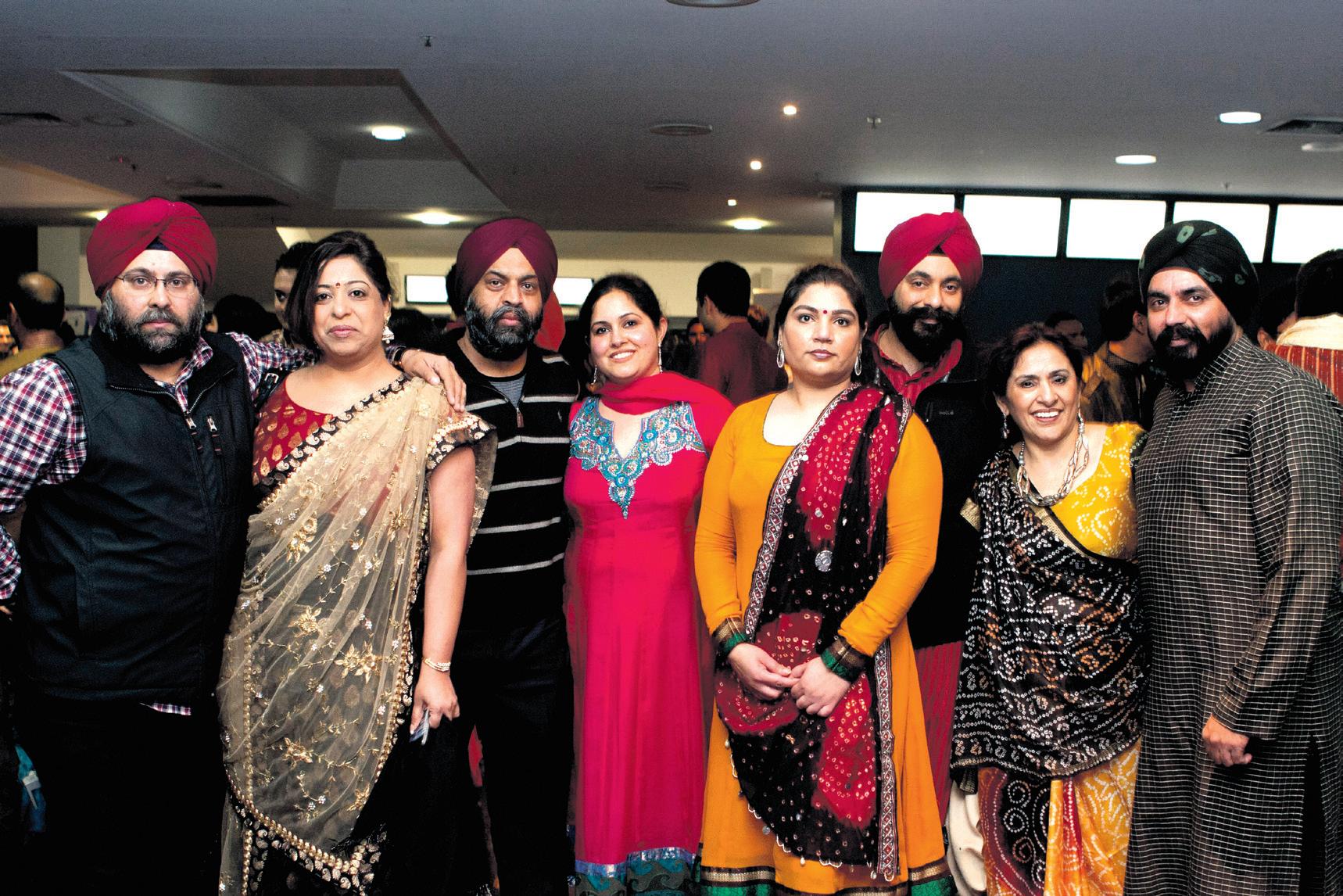



Indian Seniors Association
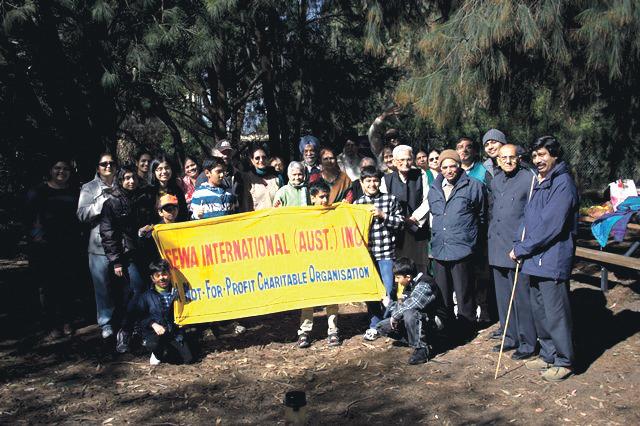
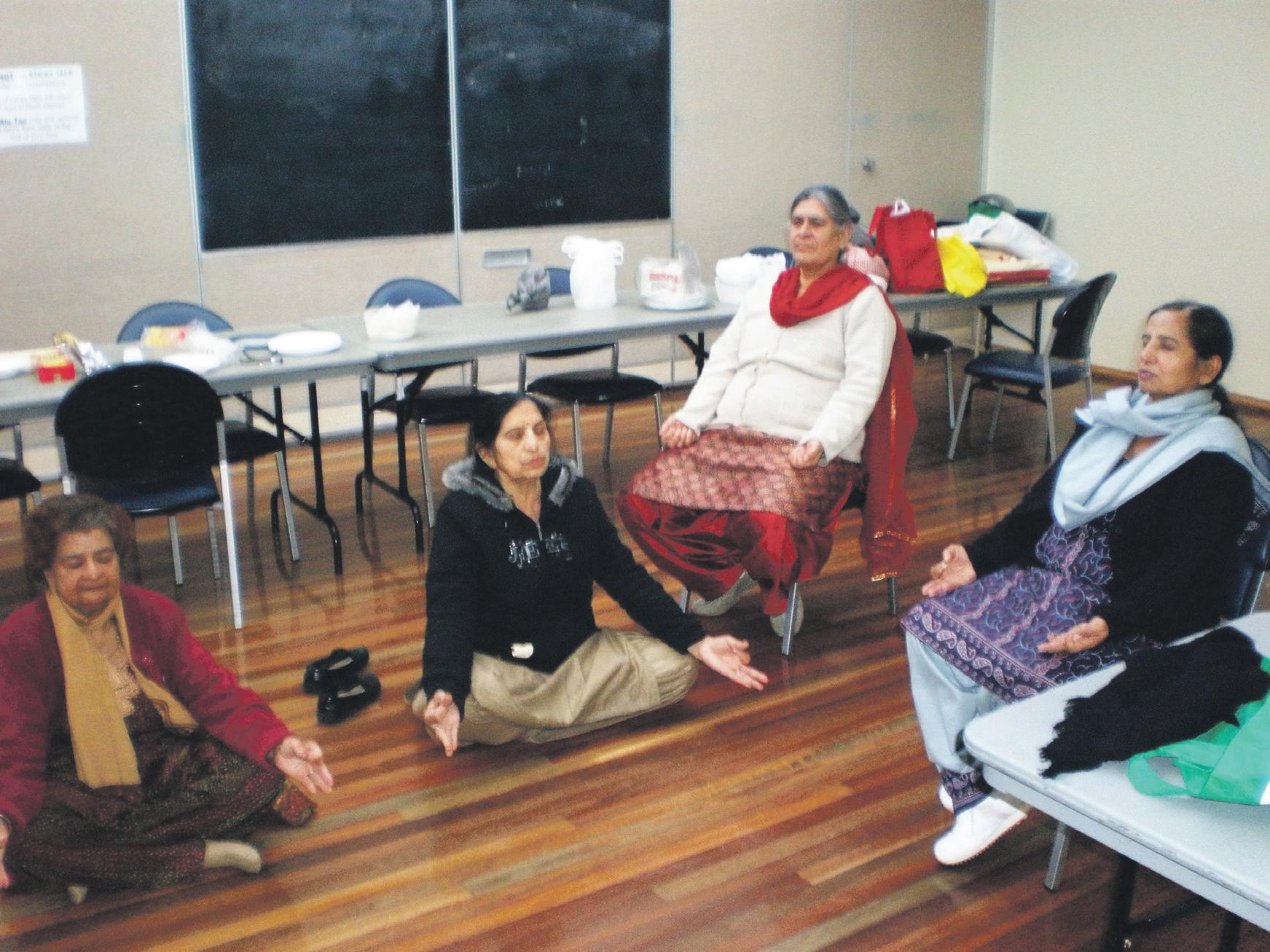
West (ISAW) meets at 11:30am to 1:30pm on the third Saturday of the month. The venue of their meetings has recently been moved from their original marketplace venue to a new and commodious one at Errington Community Centre, 1 Princess Street, St. Albans. The good news is that membership is steadily on the rise, but President Tulli continues to motivate members to speak about the association to friends and relatives to entice more members.
At the September 2012 meet, ISAW arranged an Indian cookery demonstration by lady members. This was followed by a light yoga session, in which members willingly participated. Tea/coffee, nibbles and food prepared at the demonstration were on offer. Come and join the fun, the meet is open to all. For more information, please call President Arjan Tulli on 03 9390 2818.
The most notable feature of Indian Senior Citizens Association (ISCA) September 2012 meet was its most comprehensive and elaborate newsletter ever, presented by newly-elected newsletter editor Dinesh Sood. Dinesh is a photographic enthusiast and has, therefore, included many photographs of members participating in various activities, as well as performances by various artists. The newsletter can truly be captioned: The Illustrated Newsletter of ISCA. Dinesh also saved ISCA a considerable amount in postage by electronically posting the newsletter to most. Great effort, Dinesh! ISCA meets at 11:30am until about 3pm every second Saturday of the month, all are welcome. For further information, please contact President Prem Phakey on 03 9560 9607.
As the Kingston Indian Senior Citizens Association (KISCA) meets every third Sunday of the month, they held their Fathers’ Day celebrations a week late. They also distributed their second newsletter compiled by President Mona Raju. The day began with Vice President Barbara Nagaya singing Sanskrit shlokas in praises of father, mother, gurus and gods.
Vishnu Prasad read a poem that highlighted fathers, and offered credit to the poet who wrote it.
Ashoka Jamini too read a poem that suggested the incomparable significance a father commands in a child’s life. Shano Rajkumar related a few vegetarian jokes. Newly elected Treasurer Ratan Moolchandani also presented jokes, and his wife Suman read a hilarious yarn between a Benarasi sari store salesperson and a customer.
The highlight of the day however, was a presentation from Amitabh and wife Priya from Om Music Group Australia, who have been performing all over Australia since 1998. They offered vibrant and well-equipped Bollywood oldies on karaoke music, singing one song after another, some minus a break, in their rich voices with great control over tunes. Acquainted with those enchanting tunes and sentimental lyrics by old time musicians such as Madan Mohan and Raja Mehndi Ali Khan, KISCA seniors sang along to nearly all the songs, the lyrics and tunes of which still linger in respective memories. Amitabh motivated members to come on the floor and dance along on fast OP Nayyar tunes.
For further information on KISCA, please call President Mona Raju on 9782 8973.


On September 1, the Indian
(ISF) gathered together 40 senior citizens and younger people to join together in planting over 50 saplings at the Alex Wilkie Nature Reserve in Springvale South, under the guidance of the City of Greater Dandenong Rangers. Following that, the group enjoyed serene walks through some of most beautiful bushland in the region. Mini steam trains maintained and operated by volunteers, took the cake, as young and the old alike
thoroughly enjoyed rides on those. The council also arranged a live animal show at which children enjoyed petting animals to such an extent that getting them to join the lunch served by the City of Greater Dandenong was a difficult task. The Forum meets at two separate venues, in FIAV Hall in Little India, Dandenong, and at Haley Road in Camberwell. For further information, please call SK Auplish on 03 9561 1878.
george Thakur
used to think that all mortgage brokers are the same.... until I met Swati” – Komal

Pthe Jena style of Odissi has carved a unique niche in classical dance. ‘Intensely Soul’ is the first internationally collaborative project for brother and sister duo, Nirmal Jena and Pratibha Jena Singh. Having performed in Melbourne at the Monash University Music Auditorium on September 29, Nirmal and Pratibha are a testament to the paternallyinfluenced style of Odissi, crafting and developing into internationally renowned dancers through the guidance of their late father, Surendra Nath Jena.
Surendra’s Odissi is a sensual and vibrant interpretation of the dance, exemplified by his children and witnessed by those present for their Melbourne leg of the Intensely Soul tour. As a drone lightly bellowed across the auditorium, a soothing tempo played to usher the night, as the brother and sister duo emerged. Through lilting movements, the pure dance piece ‘Atman’ explored the many facets of the Jena style with both dancers synchronising delightfully to each other and to the accompanying music. A memorable piece was Nirmal’s ‘Archana’, a deluge of dance, singing and literal interpretation. According to Nirmal, this is a form of ‘dynamic meditation’, and its effects were evident in the hypnotic performance. Live music followed, where both brother and sister provided soulful vocals as well as a demonstration of their adeptness in the pakhvaj and the mridangam Later, Pratibha took to the stage while Nirmal provided vocals in ‘Chayya Jhatak’, a demonstration of the elemental influence that the bas-relief sculptures had on the Jena style of Odissi. The
final item, ‘Kali Tandav’, displayed the transgressive nature of the Jena style of Odissi, where the siblings incorporated captivating movements with raw emotion in fitting juxtaposition.
Within the confines of the prominent twin-hills of the Bhubaneswar province in Odisha, bas-relief sculptures splayed across the Kandagiri and Udaygiri caves reveal a telling image of what is considered to be India’s oldest form of dance. Odissi’s inception as a style of dance was predominantly a spiritual undertaking, being performed by temple dancers or maharis of Odisha. Having been bestowed with this title, the maharis were effectively servants of the Gods. The mahari tradition was later followed by the gotipuas, a subset within Odissi in which young boys dress as females and perform technical yogic postures that incorporate acrobatics. An absolute within Odissi as a whole is the fluidity of movements of the upper body and the manner in which it coalesces with the striking of the feet in variations that mimic the poses evident in the
Odishan sculptures. The use of the tribhanghi is a distinguishing feature of Odissi. Three breaks in the body create a subtle curvature. The neck and waist stand parallel towards one direction whilst a knee is bent in the other, forming a characteristic helix or “s” shape. The chauka is also inherent in Odissi dance, whereby an open square-stance depicts Lord Jagannath.
Stifled by foreign invasion in the late 1500s, exploitation of sacred Hindu traditions was rampant, including that of ancient temple dancing resulting in dancers being relegated to performing in courts.

The remnants of any surviving mahari traditions was placed further into the chasms of ruin in an era characterised by an antinaucht movement brought upon by colonialism. It was only after India’s independence that a sudden resurgence and piety towards the classical Indian dances was witnessed, and thus a revival of the Odissi art form commenced. Setting forth in the popularisation and promulgation of Odissi led to a revitalisation of the ancient dance whilst simultaneously allowing for
its evolution from temple to stage. The work of the late Guru Surendra Nath Jena is an example of the dynamic and interpretative nature of Odissi. Already an accomplished dancer, his journey to Konarak was a form of enlightenment, whereupon the sculptured poses within the Sun Temple brought a visionary interpretation of Odissi as a dance form. Based upon the bas-relief relics, Surendra used the varying dance poses within the Natya Mandapa as a vehicle for a unique Odissi style, with each pose employed as a separate dance unit. Central to Guru Surendra’s Odissi is the maintaining of a sense of fluidity in the dance during the transitional periods between these poses, rather than staccato-styled and dramatic alternations.
Odissi has a reverent place in the classical Indian dance genre. The dynamism and spiritual undertaking of the Jena siblings in their performances is a true testament to their late father and a legacy that melds life and dance into one.

 Shalinika Perera
Shalinika Perera
A brother-sister duo’s faultless performance is testimony of the legacy of their father



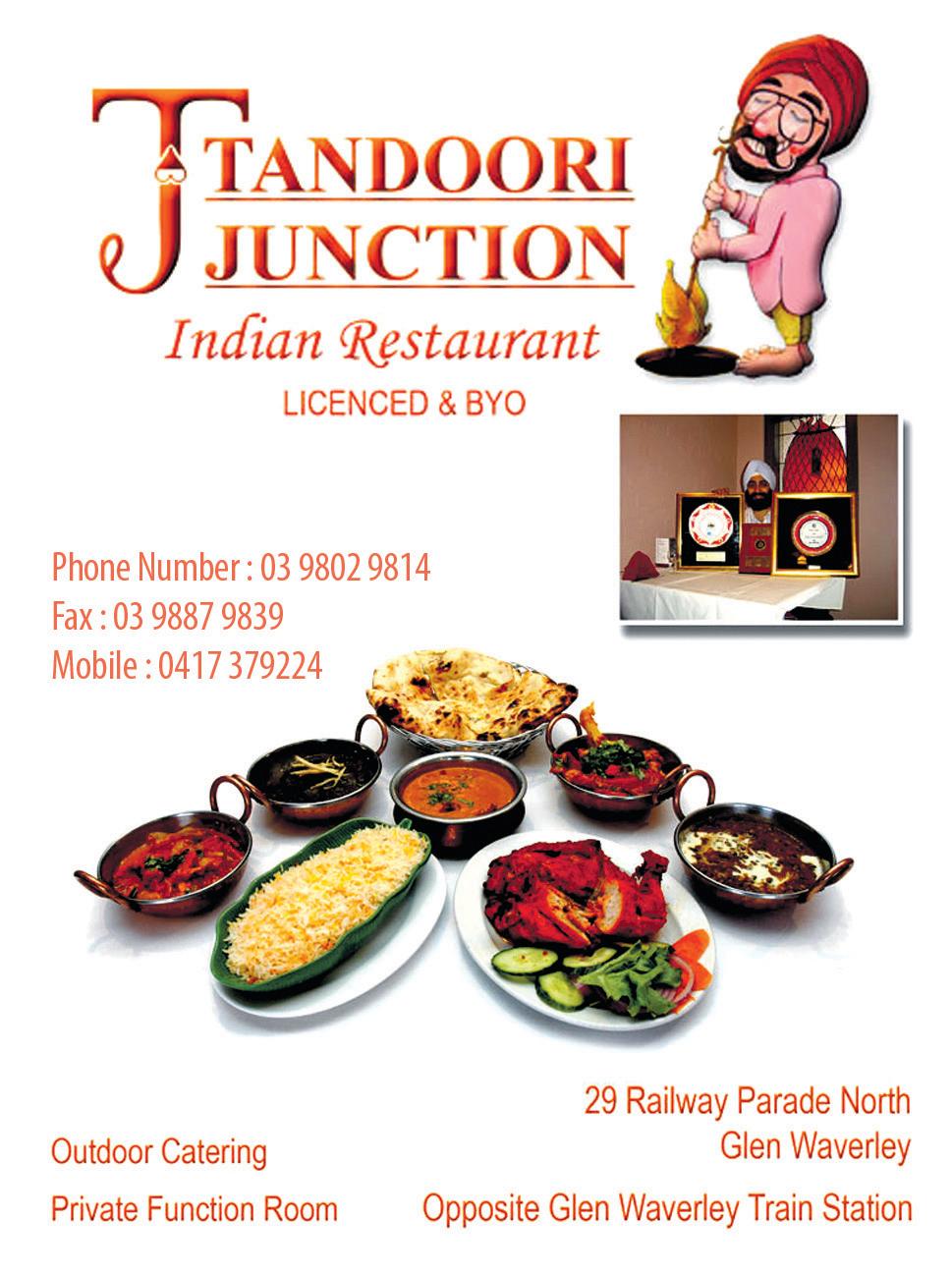




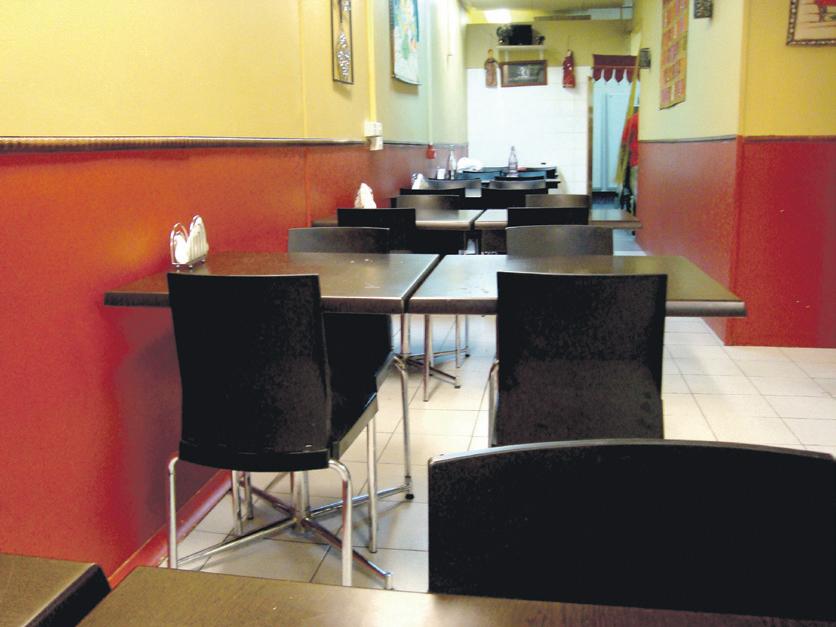

India $950* Colombo $1050* USA $1250*
Dhaka $1050* Pakistan $1050* Kathmandu $890*
(*incl. taxes, 30kg luggage)
cHEApESt AirFArES tO inDiA, pAkiStAn, srI laNK a, BaNGlaDEsh, NEPal, AFgHAniStAn.
Abdullah: 0430 553246

Ph: (03) 9793 0095
Mob: 0412 302 306
Fax: (03) 9793 0092
Send Money To India, Pakistan, Srilanka, Bangladesh, Afghanistan. Guaranteed Best Rates* *Conditions Apply
abdullah@bookandfly.com.au

ADD: 20 Clow Street, Dandenong. VIC 3175

Writer-director Winston

Furlong’s first feature film
Taj premiered in Adelaide as part of the OzAsia Festival 2012. Winston is a deepthinking writer who, in this film, has tried to put across some of his thoughts through the relationships and circumstances of his characters. The Sri Lankan born director’s visit to the Taj Mahal in India inspired him to depict the notion of the abiding love of Shah Jehan and Mumtaz Mahal, with the modern setting of Melbourne as a backdrop to the story. Taj is about estranged father Vjay, starring new find Mahesh Jadu, who realises almost too late his love for his 12-year-old daughter Priyanthi.
For me the star of the film is Priyanthi, played by the delightfully named Coco-Jacinta Cherian who is undoubtedly destined for greater things, having already secured a role in Neighbours. After neglecting his daughter for a couple of years, Vjay, who has been attempting to write a book while taking drugs and gambling, exercises his visiting rights which leads to the father and daughter drawing closer and eventually sharing the task of building a model of the Taj Mahal with Lego bricks, which is quite an original touch.

The director also introduces a couple of Vjay’s friends - the first, a restaurateur and the other,
a visitor from Fiji. Both point out and contrast how one should live one’s life against how Vjay is living his. This juxtaposition succeeds in highlighting Vjay’s pointless path and lifestyle. The writer tries to show how one needs to be authentic and true to oneself, doing the best one can and not to try to be someone else. By the end of the film we see Vjay waiting at tables and thinking about going back to teaching English as he used to do, as a path towards redemption. It’s a story about seeing the light and coming back onto the right path.
While Coco-Jacinta was faultless in her portrayal in every scene as the daughter of an estranged couple who loves both her parents and also her mother’s new love, Mahesh Jadu’s somewhat brooding performance lacks a little subtlety, but is easily compensated for by

his shockingly good looks. The supporting cast provide varied performances with the character Arlene as Priyanthi’s mother, played by Natalie O¹Donnell, and Vjay’s estranged wife putting in a convincing performance in her attempt to get on with her life while protecting her daughter.
The film includes some events and scenes which could possibly have been handled differently, and as Furlong himself said, the suggestion that Vjay may have a form of cancer being included in the storyline perhaps did not quite come off. It’s easy to see how difficult it must be to try to strengthen a storyline by the inclusion of material that does not have a direct bearing on the plot.
The film has already been on the international festival circuit having been shown in Busan in South Korea, and Boston and Tiburon,
both in the USA. It is due for a limited release in Australia later this year and I can see it making audiences sit up and think.
The screening of the film was followed by a Q&A session with Furlong, and there is nothing like meeting with the writer/director to give added life to a film.
Furlong immediately apologised for the inexplicable loss of synchronisation of the sound to the film, and then proceeded to give a bit of background and take questions.
It was interesting to note that he has given up a career in engineering, but one can see his passion and the sheer pleasure he gets from his present career of writing and film-making. Furlong had toyed with the idea of writing the great epic novel, but thought better of it. His eloquence and ease of communicating were quite

disarming and drew the audience closer to him. Furlong readily admitted that in the making of Taj he learned something about film-making but also learned a lot about himself. Furlong admitted that perhaps he should have spent a little more time on the script which was a little wanting occasionally. And yet, it’s a moving, sensitive film that leaves you wishing for a happy future for Vjay. In this self-funded fulllength movie, we have a man in Winston Furlong who took a risk, achieved a goal and is now setting about other projects. Incidentally, a new screenplay of his entitled Serena and Her Sisters was a finalist in the New York Screenplay competition 2012, in the Comedy section. Taj is not a Bollywood dholak film but one that has some truth to life and is well worth viewing.

With India designated as the central theme, the Adelaide OzAsia 2012 festival began with an event that brought forth two major elements of art – music and cinema – from both India and Australia, in a creative presentation. It was the screening of a 1930s black and white Indian movie titled Diamond Queen, with a modern and unconventional Australian orchestra providing a continuous music score as the movie rolled along. Billed as the world premiere, this event was a novel and enjoyable form of entertainment lasting two hours. The organisers couldn’t have chosen a better programme than this screening to herald the fortnight-long festival.
The OzAsia Festival is in its sixth year running, and the organisers make each event distinctive by highlighting the cultural aspects of one of the neighbouring Asian countries, at the same time presenting some top performers from other South and South-East Asian countries.
After watching the SBS show Bollywood Star a few months ago won by Teigan Lloyd-Evans, most current generation Oz-Indians may think that this is the first time an Aussie girl has made it to Bollywood. They will be pleasantly surprised, perhaps even shocked, to know that the most prominent foreign lass to star in Hindi movies was a Perth girl named Mary Ann Evans, aka Fearless Nadia. She arrived there 80 years before Teigan, who has only got a look-in thanks to Anupam Sharma. Nadia however, had a long, long run acting in fifty films in the 1930s and ‘40s, with her latest in 1967 when the actress was in her late 50s.
The acrobatics of Aishwarya in Dhoom2 and Katrina Kaif in Ek Tha Tiger are a Sunday picnic compared to Nadia’s bag of tricks way back then. She became popular as the ‘Sultana of stunts’ and ‘Hunterwali’, after her most popular and daring film. However the blonde, blue eyed beauty did not just stop with beating up baddies, but delivered valuable messages on female equality,
education and empowerment. At one point in the film Diamond Queen she says, “If you want freedom, you need to educate women.” This was at the height of British suppression of the Indian freedom movement. And it is a credit to the patriotic spirit of the Wadia Brothers, producers of the film, who allowed such lines to be included. Some historians of the Indian filmdom believe that the ‘angry young man’ persona of Amitabh Bachchan might have had its roots in Nadia’s role, combining stunts with social themes.
The show ‘Fearless Nadia: The woman with the whip’ comprised of screening important sections of her film Diamond Queen on a large screen with the Orkestra of the Underground seated in front in the form of an arc.
The orchestra’s multicultural mix included traditional Indian instruments like the tabla, shenai, sarangi and harmonium along with usual western instruments like the trumpet, drums, violin, saxophone, clarinet, among others. I had some trepidation about how an old Indian movie could gel with an unconventional Australian orchestra, to perform as the opening show of a major festival. But soon the trepidation turned into admiration that kept growing with each succeeding scene. And it was thanks to the originality and creativity of Ben Walsh, the well-known composer and director.
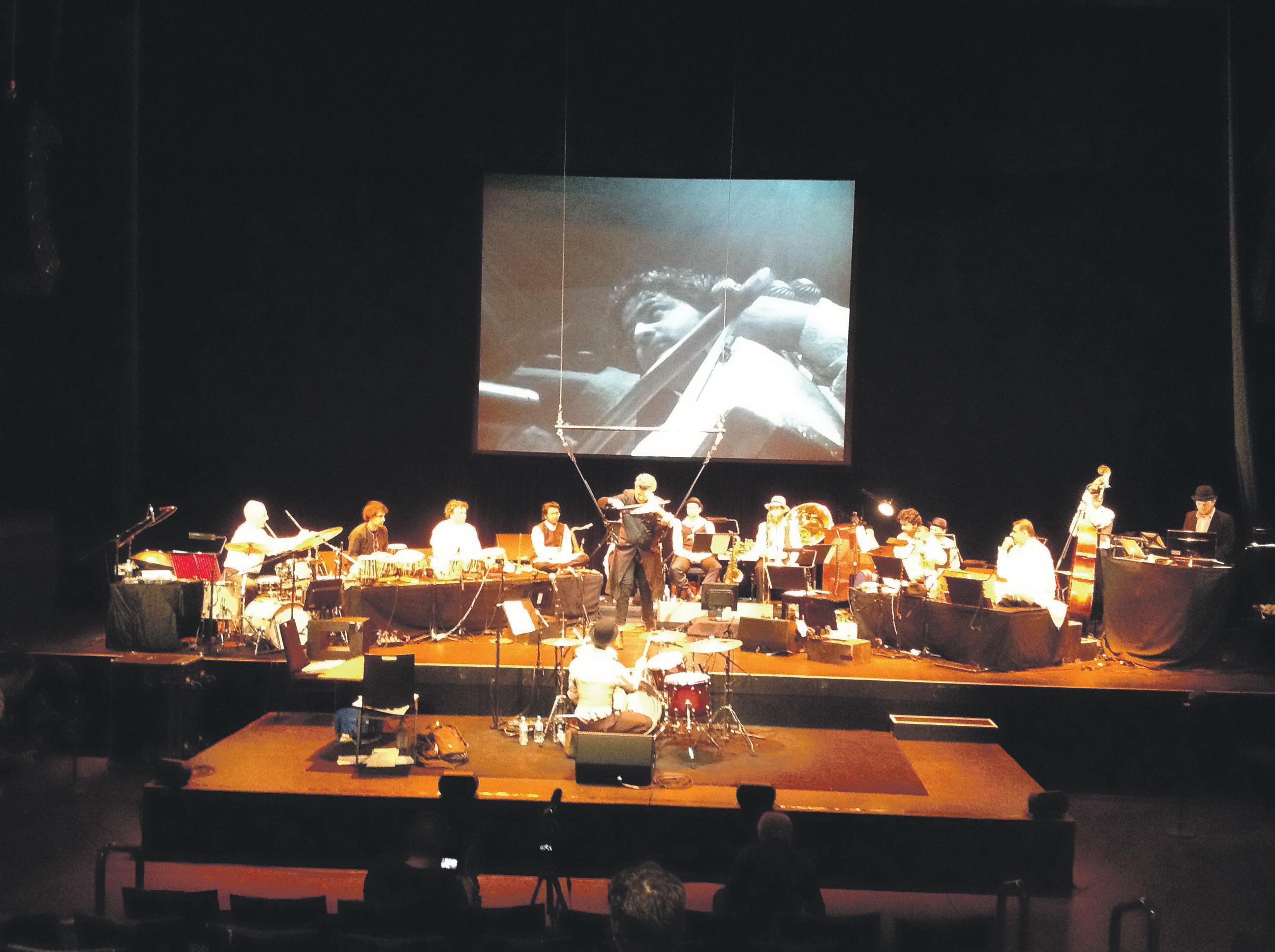
The show began with the screening of an interview (given years before her death in 1996, at


the age of 88) by an elderly and yet beautiful Nadia, reminiscing her movie days. Then, bang!
Scenes from the Diamond Queen with English sub-titles appeared on the screen with the orchestra playing in perfect harmony with those images, helping the audience follow the story to the sounds of the live orchestra. As the movie was not shown in its full length, the missing parts of the story were displayed in a couple of lines, so no one missed the plot. This kept the tempo and continuity going. A clever ploy indeed!
Unlike today’s heroines, Nadia delivered her dialogues and sang in good Hindi. Single-handedly she biffed a dozen dadas at any time, a must act for today’s heroes in every South Indian movie. But unlike those heroes, Nadia’s stunts
were not brief stints but lasted the entire length of the film punctuated with some slapstick of that era, bringing peals of laughter from the audience very many times.
The stunts too, were not limited to Nadia on the screen. One of the orchestra’s members, violinist Shenzo Gregorio, was hoisted up in a triangular trapeze frame and held in midair as he continued to play his violin rolling in vertical rotation and also hanging upside down. Awesome! Earlier in the show, Ben Walsh and his drummer indulged in some kind of jugalbandi tapping their shoulders and thighs in perfect unison with the two tabla players, one of whom is well-known Aneesh Pradhan. Applause galore, well-deserved!
However the blonde, blue eyed beauty did not just stop with beating up baddies, but delivered valuable messages on female equality, education and empowerment
As the movie was not shown in its full length, the missing parts of the story were displayed in a couple of lines, so no one missed the plot
As the film ended on a happy note, true to Indian tradition, each member of the orchestra was beamed onto the big screen playing solo on their particular instrument. An ingenious use of the iPad. It was fitting, since the entire show was a blend of today’s technology with an entertainment medium of the last century.
Adelaide had the privilege of the world premiere and Mumbaikars will have the opportunity to savour this show when it travels there in November. The older generation can reminisce, the younger ones will realise that all the tricks and techniques of today’s movies are all old hat, and the Parsees will love to see what their sons, the Wadias, along with Nadia have achieved for the Indian art world.
With the help of a live orchestra and modern technology, the woman with whips, quips and swinging hips comes to life
The Commonwealth Games organised in New Delhi exactly two years ago may have been scarred by controversy and charges of corruption that are yet to be proved, but India’s best ever performance at the Olympics in the London Games displays the progress the country has made in sports in the last two years.
The government in its bid to continue the momentum gained from the Oct 3-14, 2010 Commonwealth Games, opened up its purse-strings under its Opex London 2012 programme. A willing government earmarked a record Rs.260 crore ($53 million) for training and competition ahead of the Olympics and the result was for all to see.
Though dogged by controversy and adverse media scrutiny even before it began, largely because of project overruns and delay in completion of major infrastructure, the Games on the whole were an organisational and sporting success from the Indian point of view.
If a whopping 101 medals in the Commonwealth Games were considered big, six medals at the London Olympics was seen as a big advancement over previous editions.
Shooter Vijay Kumar and wrestler Sushil Kumar won silver medals while boxer M.C. Mary Kom, shuttler Saina Nehwal, shooter Gagan Narang and wrestler Yogeshwar Dutt bagged bronze medals in London.
While the Commonwealth Games might have been in the news for financial irregularities, it made India a hotspot for the top sporting events in the country.
Though India is far from being a sporting nation, the facilities that came up in the national capital for the Commonwealth Games have been a boon for athletes.
Jawaharlal Nehru Stadium, Major Dhyan Chand National Stadium, Karni Singh Shooting Range, S.P. Mukherjee Swimming Complex, Talkatora Indoor Stadium, Indira Gandhi Indoor Stadium and the Yamuma Sports Complex are among the best in the subcontinent.
Post the Commonwealth Games, while

Nehru Stadium hosted the mighty Bayern Munich football team, SAFF Championship and the Nehru Cup, the National Stadium hosted the hockey Olympic qualifiers that saw India booking its tickets for London after having missed an Olympics (Beijing-2008) the first time in 80 years.
The Sports Authority of India (SAI), the New Delhi Municipal Council (NDMC) and the owners of most of the stadiums also decided to open the gates to the common man under the “Come and Play” scheme of the sports ministry. The scheme was well appreciated and ensured that the stadiums don’t turn into white elephants.
The financial irregularities in the preparations for the Commonwealth Games were also a big lesson for the government in more ways than one. It prompted the sports ministry to come up with a National Sports Development Code to get rid of corruption in Indian sports.
The National Sports Federations may have been up in arms against the sports ministry over the code but they all thank Sports Minister Ajay Maken in private for being so generous to all sports bodies by way of providing funds for training.
Shooters were the most favoured lot after India’s first Olympic gold by Abhinav Bindra at Beijing and Rajyavardhan Rathore’s silver four years earlier at Athens.
And the biggest beneficiary was ace double trap shooter and Asian Games gold medallist Ronjan Sodhi, who received the lion’s share of Rs.97.37 lakh of the Rs.6.87 crore financial assistance.
Sodhi says sportspersons have benefited immensely by the government funding after the Commonwealth Games.
“At the Commonwealth Games, the Indians proved their mettle and promised to do much more at other major international events. The government too was convinced and thus increased its funding for London. We are thankful to the sports ministry for helping us to prepare for the Games,” said Sodhi.
Athletics Federation of India (AFI) technical director M.L. Dogra said government funding has helped the
federation to send athletes for exposure trips abroad.
“Around Rs.15.94 crore was been allocated for athletics and the athletes trained abroad for longer durations to prepare for the Olympics. Commonwealth Games discus gold medallist Krishna Poonia training in the US was fully funded by the ministry. US-based discus thrower Vikas Gowda also performed well in the recently held World Championships in South Korea,” said Dogra.
Poonia (Rs.24.20 lakh) and national record holder Gowda (Rs.24.51 lakh) benefited from the government’s Operation Excellence 2012. Their performance at the London Games was impressive though they failed to make a podium finish. Poonia was seventh while Gowda made a creditable eighth finish in the Games.
Two years is a small time to determine the benefits of the hosting the Commonwealth Games. But Indian athletes are still reaping its benefits.
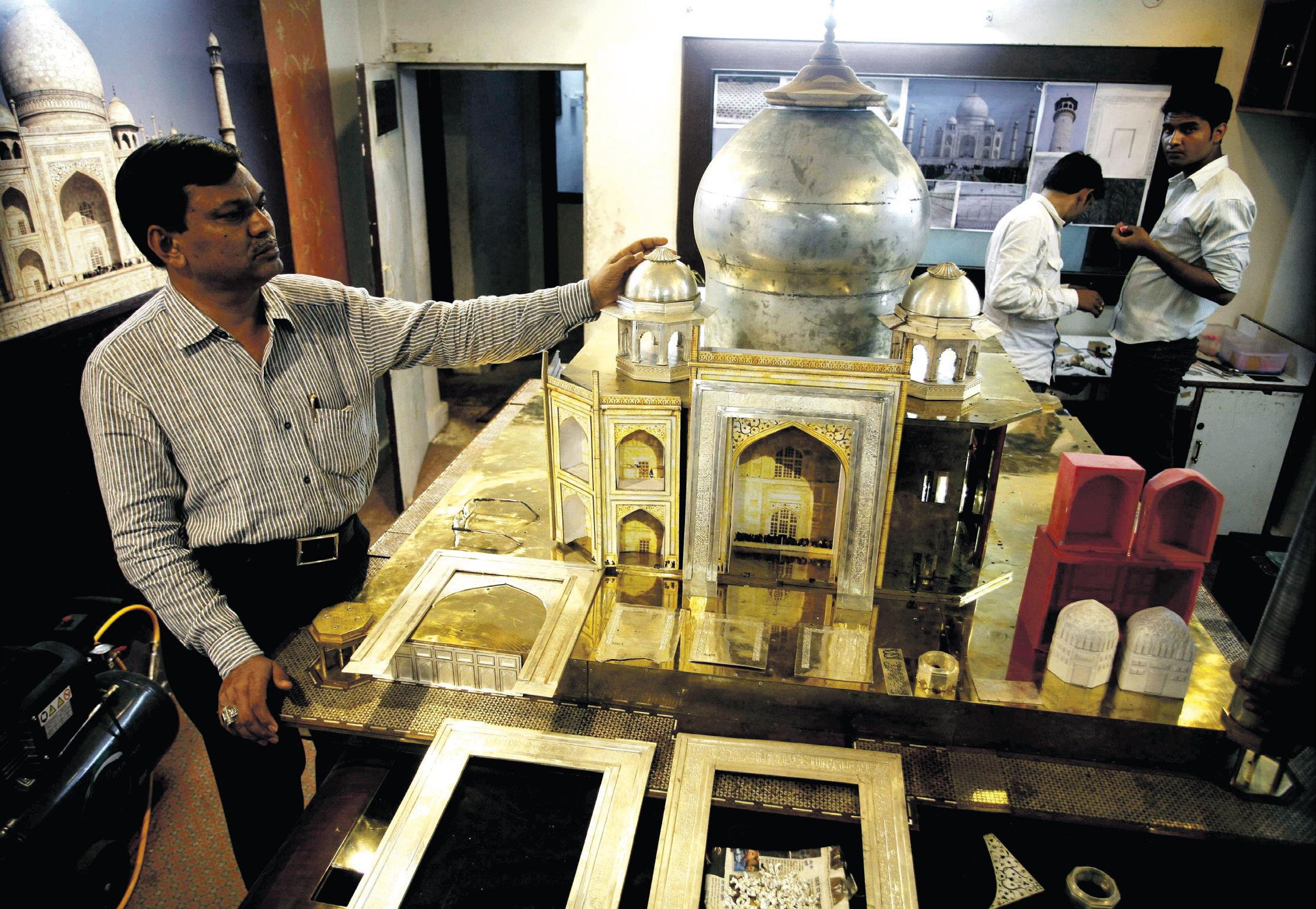
It was time again on October 2 to remember that greatest icon of peace. On Mahatma Gandhi’s 143rd birth anniversary, millions enjoyed a holiday but thousands also flocked to places dedicated to his memory to pay tribute to the man who spearheaded India’s bloodless struggle for freedom from British rule and left a legacy of amity and ‘ahimsa’ as eternal as time.
As the nation’s leadership gathered at his memorial Raj Ghat for the annual remembrance, ceremonies were held across the country to mark the day, observed as Gandhi Jayanti.
The symbolism of the day, also marked as the International Day of Non-Violence, was lost on nobody with many, from filmmakers to politicians, starting new ventures and making new promises.
Activist Arvind Kejriwal chose the day to launch his political party in the national capital. With a picture of Gandhi in the backdrop, Kejriwal, wearing a Gandhi cap with the slogan “Mein hoon aam admi, mujhe chahiye Janlokpal” (I am common man, I want
Jan Lokpal) printed on it, kicked off his party by vowing to fight against corruption.
In Mumbai, where 120 inmates of Arthur Road prison took an oath to create an India of their dreams, the first look of the film Freedom was unveiled by director Vivek Agnihotri.
There were plenty of ceremonial functions.
The centrepiece of the formal observance was Raj Ghat, where Gandhi was cremated after being felled by an assassin’s bullet on Jan 30, 1948. His last words “Hey Ram”, forgiving even in death, are inscribed on a black stone slab.
President Pranab Mukherjee, Vice President Hamid Ansari, Prime Minister Manmohan Singh, Congress president Sonia Gandhi and senior Bharatiya Janata Party leader L.K. Advani were among those who gathered to remember the father of the nation.
Mahatma Gandhi’s favourite ‘bhajans’ like Raghupati Raghav Raja Ram and Vaishnav Jana To were played and an all-religion prayer conducted in memory of the father of the nation.
It was also the 108th birth anniversary of former prime minister Lal Bahadur Shastri. And the leadership paid floral tributes to both in the Central Hall of parliament. The prime minister, Congress president, Lok Sabha speaker Meira Kumar and a host of MPs and ministers were in attendance.
Away from the formal rituals, observed year after year, there were also those who tried to get a grip on the man, who went from being Mohandas Karamchand Gandhi to simply the Mahatma, or the great soul -- deified in every corner of India but with his ideology of Gandhism to a large extent confined within pages of textbooks.
At Raj Ghat, for instance, they gathered to understand the mystique of the man, described as a half naked fakir by former British prime minister Winston Churchill. From young professionals to college students, from families to foreign tourists, they walked around the complex trying to soak it all in.
“We need a nationwide revolution against corruption - a revolution based on Gandhian principles,” said Krishan Kumar, a 44-yearold shop owner from Daryaganj in Old Delhi.
Agreed Dave Lyneta, a 38-year-old Canadian.
“I’ve read Gandhi’s biography twice. If only more people around the world followed his principles, there would be no 9/11 or
Iraq or Afghanistan wars,” he said.
For Khizar Hayat, 22, studying at the Jamia Millia Islamia in New Delhi, an introduction to Gandhi through his Class 9 textbook was the beginning of his journey towards knowledge.
“My devotion towards him grew over the years. I’m trying to imbibe his teachings in the way I live my life or treat others. I used to be violent till a couple of years ago. But I have learnt to control my emotions and more importantly, channelise my aggression in a positive way,” said Hayat.
Gandhi was born on October 2 in Porbandar in Gujarat in 1869. All of 143 years later, some lessons are still ones that need to be learnt.
Indian-Americans are by far the strongest supporters of US President Barack Obama, giving him an edge of 68 percent to five percent over his Republican challenger Mitt Romney, according to a new survey.
Thus, while two Indian-American Republican Governors, Bobby Jindal of Louisiana and Nikki Haley of South Carolina, are among the strongest critics of Obama, they seem to be in a relatively small minority of the community who support Romney, says the survey.
Asian Americans give significantly higher job approval ratings to Obama than the national average (59 percent vs. 50 percent, respectively), and they have a considerably less favourable impression of Romney than the national average (30 percent vs. 45 percent, respectively), according to the National Asian American Survey (NAAS).
Approval of the president’s job is particularly high among Indian Americans (82 percent), and is conspicuously low among Filipinos (45 percent) and Samoans (41 percent), says the survey of Asian and Asian Pacific Islanders (AAPIs).
Obama’s relatively high approval rating among AAPIs is also matched by higher favourability ratings than the national average, it says, noting while 51 percent of the national population has a favourable impression of Obama, 59 percent of Asian Americans do so.
The favourability rating is particularly high among Indian Americans (88 percent) and Korean Americans (76 percent), and is particularly low among Vietnamese Americans (20 percent) and Filipino Americans (46 percent).
One in six Asian Americans (17 percent) lives in a battleground state with Indian Americans and Korean Americans constituting a larger share of the battleground states than their national averages, the survey notes.
Asian Americans also have a more favourable impression of Democrats in Congress than the national average (43 percent vs. 34 percent, respectively), it notes.
The survey, based on a national poll conducted July 31-Sep 19 through telephone of 3,034 people, included 386 IndianAmericans.
It was the collaborative effort of Karthick Ramakrishnan at University of CaliforniaRiverside and Taeku Lee at University of California-Berkeley.
India sought a reform of institutions of

global governance including an expansion of the UN’s top decision-making Security Council to reflect contemporary realities for converting today’s challenges into opportunities.
The world today was “faced with multiple global challenges that transcend national boundaries,” Indian External Affairs Minister S.M. Krishna said in his address to the UN general assembly outlining the problems ranging from tepid recovery from the downturn in the global economy to the scourge of terrorism.
“Developing countries are still to recover from the downturn in the global economy. Their quest for poverty eradication and sustainable development remains an uphill task,” he said.
“The West Asia and North Africa region is seeing unprecedented socio-political upheaval. The question of Palestine remains unresolved,” Krishna said.
“And, threats emanating from terrorism, maritime piracy, drug trafficking and proliferation of weapons of mass destruction continue to multiply.”
“These challenges demand that we act to work for solutions in a concerted and coordinated manner. This is the only path to success,” he said, suggesting a reform of the architecture of global governance to reflect contemporary realities.
“The most important and decisive step towards remedying this situation pertains to the UN Security Council, which must be expanded in both permanent and nonpermanent categories,” Krishna said.
“The reformed Council must include countries that are capable and willing to bear additional burdens relating to the maintenance of international peace and security and be able to sustain global campaigns against new and emerging global threats,” he said.
“Equally, India will promote and lend her weight for enhancing the voice and participation of developing countries in decision making in global economic and financial institutions,” he said.
The IMF’s quota reform process must be accelerated with altered quotas reflecting
contemporary economic weight, Krishna said.
Expressing support for the government and people of Afghanistan, Krishna said the “continuing existence of safe havens and sanctuaries for terrorists beyond Afghanistan’s borders is the major impediment to the restoration of peace and security in Afghanistan.”
Calling terrorism as one of the most potent threats to international peace and security, he also asked the world to show the necessary political will to agree on a Comprehensive Convention on International Terrorism.
There’s new hope for terminal heart patients, with a new pumping device promising to provide rest to the worn-out heart and even recharge it - adding years and quality to a patient’s life.
The Ventricular Assist Device (VAD), or Heartmate II, is surgically inserted between the chest and upper abdomen and is powered by a battery. The titanium device is connected to a monitor worn outside the body that controls the blood flow.
Introducing the device in India and educating doctors about it, India-born, USbased cardiac surgeon and health economist Mukesh Hariawala says around 10,000 people across the world have had got the Heartmate II implanted and the results have been “fantastic”.
“Heartmate II has a very huge success rate and very few complications,” said Hariawala, who is associated with the Harvard Medical School Affiliated Hospitals in Boston, speaking during a visit to New Delhi.
“Patients can live for 8-10 years, if the rest of the body stays well. The device takes care of the pumping function of the heart.”
Hariawala, who was felicitated as “India’s Most Admired Surgeon” at Mumbai on Sep 21 by Maharashtra Governor K Sankaranarayan, said the Heartmate II is implanted in those who are in end-stage or terminal heart patients, “those who cannot
go through angioplasty, stent or bypass”. It can be implanted in patients of any age, but is given usually to patients who are 50-plus, especially those waiting for a heart transplant.
A major advantage of Heartmate II is that the heart “starts remodelling itself”.

Explaining, Hariawala said that with the pumping load reduced, the “typically diseased and enlarged heart starts reducing in size” and the patient “is able to move about, climb stairs and his/her endurance increases”.
“The patient lives longer and the quality of life is better,” he added.
Hariawala was a member of the surgical team that performed the first bypass surgery on Prime Minister Manmohan Singh in 1990 along with John Wright at Harley Street Clinic in London.
Heartmate II is manufactured by US firm Thoratec, a world leader with more than 10,000 “successful” implantations and the device is “soon to be offered to India”, he said.
Most of the implantations have been done in the US, Europe and Australia, and the demand is increasing in Asia, he said.
Alisha Farrer may be just 18, but she’s already making inroads into the fashion industry as a model, both here in Australia and in India. This attractive young lady was born in Perth, after her parents migrated here in 1988. But Alisha retains her roots, being a huge fan of Bollywood and India since a young age. She has maintained strong ties to India, with her family making a trip to the motherland at least once a year.
Since a very young age, Alisha showed a love of the stage, participating in various events at school and within Perth’s Indian community. With acts such Bollywood dancing, she was recognised as a budding talent when she won her first talent award at the tender age of 5.
Alisha has always wanted to become a model, and she began her career on the catwalk at just 17.
“I have the height and the looks, and I was always complemented on my personality when I performed on stage,” says this confident young woman.
It was this combination of talent that made her take the first steps into a career in modelling.
An aspiring actress, Alisha looks on Aishwarya Rai-Bachchan, Katrina Kaif and Kareena Kapoor as role models.
“Aishwarya Rai is the epitome of beauty and grace,” says Alisha admiringly.
There seems little doubt that she too would like to follow in the footsteps of the former Miss World’s eminently successful career.
Alisha has already tasted a modicum of success here in Australia, as a finalist in the 2012 Miss India Australia contest, where she won the competition’s ‘Public Choice’ category.


In March 2012, Alisha represented Australia in the Indian Princess International beauty pageant held in Mumbai, where she was placed in the top 5 and received four awards, including ‘Miss Best Smile’.
In the lead up to this event, she participated in the Miss North India 2012 competition in June where she bagged the ‘First Runner Up’ prize as well as ‘Miss Beautiful Legs’.
Besides the beauty pageants, Alisha has done many ad campaigns, Napoleon Perdis in particular. As well, there have been photo-shoots, stage anchoring (such as the Indian Independence Day function organised in
Perth by the Indian Society of Western Australia), and television commercials such as with the Home-Buyers Centre in Perth.
And now, Alisha has taken her career to another level by participating in a string of fashion shows, a natural progression from winning beauty pageants. Her first tryst with the catwalk was at Rocky Ray, Model of the Future and in August 2011, when she walked the ramp for a Fashion Heir enterprise, a Perthbased promotional company with a large experience in fashion photography and marketing.
“I have a passion for modelling and am a natural poser - I simply love being in front of the camera,” says Alisha enthusiastically.
“Getting my hair and makeup done too is an enjoyable part of the job, but what I love best is working with other models, making new friends and contacts, and meeting more people in the industry,” she adds.
However, it’s not all glitz and glamour for this enterprising young lady. Working in difficult locations, finding the right poses, going through test shots and outfit changes can take a toll on her too.
“In my line of work it is important to be patient and respectful, because sometimes shoots can go on for hours!” she claims.
The 5’9” beauty is registered with 3 different modelling agencies in Australia (Xtreem Model Management, Scene Model’s acting agency, Actors Now and Lush Model Management), one agency
in India, Shimmer Model management and an entertainment company Sri Sai Entertainment.
And Alisha is not just another a pretty face, she is also a dedicated university student and education remains a priority. She is currently a student at Curtin University in Perth where she is studying for a Bachelor of Arts Degree majoring in journalism and minoring in fashion.
So how does Alisha balance her studies and a burgeoning career as a model? On the occasions when Alisha needs to travel to India for a photoshoot, she takes time off from university. However, she ensures that she stays on top of her studies by following lectures online.
“It is difficult and I have a lot of catching up to do when I return from my modelling trips,” she admits, but knows that in the long run, education always pays off.
However, Alisha takes time
out to relax whenever she can, enjoying every moment of her spare time. “I go bike-riding and work out at the gym at least three times a week. I also enjoy swimming, listening to Bollywood music and naturally, watching the latest Hindi films with my family,” says Alisha with a smile.
Advising young people looking for a foothold in the glamour industry, Alisha believes determination is important. “You should follow your dream and there is nothing to stop you from achieving your goal,” she says. “I know it sounds clichéd, but my favourite motto is: where there’s a will, there’s a way”.
Alisha’s fans and the community will soon be seeing her in a movie that will begin shooting in October this year, and this will be Alisha’s big Bollywood break. Looks like there’s no stopping this rising young star from Perth.
Rohana Wood“i have a passion for modelling and am a natural poser - i simply love being in front of the camera”
Alisha Farrer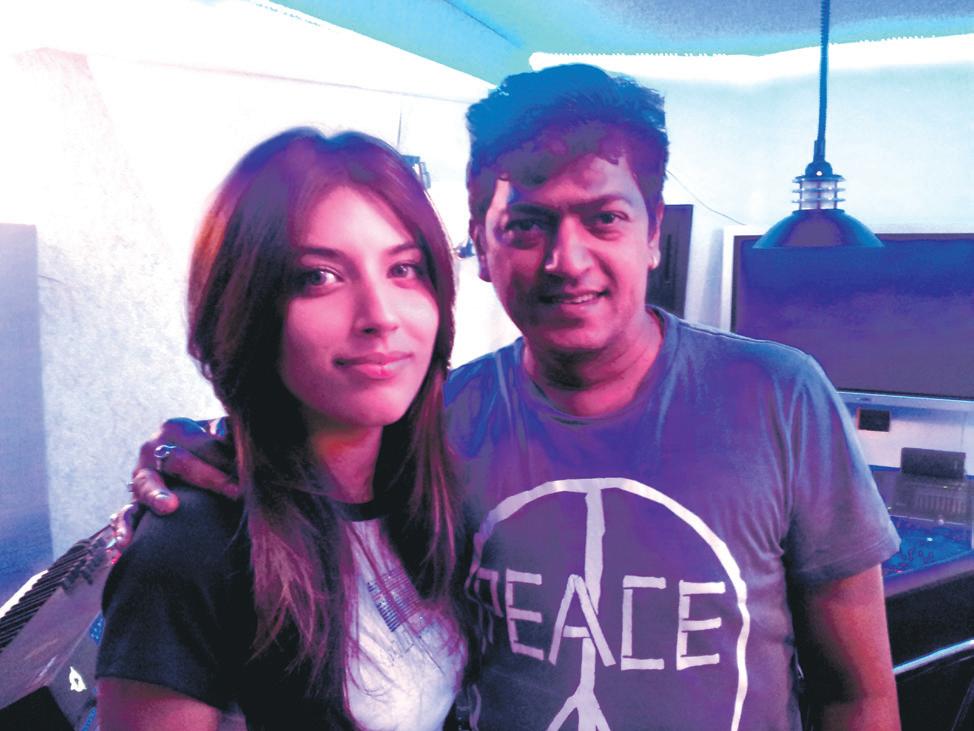
emotion into the song to make it soulful,” adds Priyanka.

 By KOMAL UTSAV JAGAD
By KOMAL UTSAV JAGAD
Indian-Australian singer
Priyanka Bhanushali has been flying high in Bollywood recently, but she still wants to fly! Confused? This young lady with a melodious voice will be releasing her debut album in November 2012, but she still aspires to taking flying lessons and becoming a pilot.
However for now, the 19-yearold is already making a mark in Bollywood with her singing abilities, having worked on her debut album with Aadesh Shrivastav, the renowned and critically acclaimed music director and composer.
“I am doing the album with Aadeshji; it has eight tracks and will be completed by the end of this year,” says an excited Priyanka. “I have already recorded four solo songs for it and will be doing a duet song each with Aadeshji and Shaan as well. The album is mix genre and includes ragabased classical Punjabi folk tracks, and a couple of club and dance numbers, among others,” she adds.
So how did Priyanka get her first break with Aadeshji? “It happened quite suddenly during my visit to India. One of my uncles in Mumbai helped get his contact details and I sent him snippets of my pre-recorded songs. When he heard the songs, Aadeshji immediately wanted to meet me and analyse my voice,” recalls Priyanka. “In amchi Mumbai style he said, ‘Ye ladki fahd dalegi!’ (‘She is going to crack it!’) Surprisingly, on very first day we recorded a Hindi club track verse, which was very unusual for me, as I had never sung a Hindi song previously,” she added.
How did Priyanka cope with a language unfamiliar to her? “I believe music is the language of the world. It’s about music, not the language. It was not very difficult as I was lucky to have people around me who support me to make things easier. I nailed the verse in one hour which left Aadeshji so impressed that he wanted to sign me for his own label,” she says.
“The team was very welcoming and now the studio feels more like a second home to me. They explain every song and its meaning, which helps me add
Of all the tracks, Priyanka admits that she loves Raata Milaya the most. “It was a challenging number and had a Punjabi classical touch to it,” she says. Priyanka spent two weeks in Mumbai recording for the album, and she is due to return there soon, to put finishing touches to the songs.
Priyanka is no stranger to music, as she is currently studying for her Bachelor degree in Music and Sound Engineering from the Australian Institute of Music. Her parents recognised their daughter’s talent at a young age and dad

Anand Bhanushali proudly claims that her first guitar was specially customised to suit her six-yearold hands, as she is left handed.
Priyanka began by learning the guitar and keyboards, and she has come a long way since then. The young lady began singing only at 14, and it is testimony to her talent that in just five years she is already recording an album with Shaan and Srivastava.
Priyanka spends a whopping three to five hours practicing singing every day, and records songs in her studio at home. She studied music since high school and cleared auditions for several Universities, finally choosing the AIM. This young lady takes keen interest in writing lyrics as well as composing songs. Priyanka is like a complete package – the right attitude, confidence, great looks and of course, great singing.
Priyanka’s family moved to Australia in 2004, and her parents have been ever supportive of her talent and career choice. “My parents have always encouraged me to follow my dream and live my passion,” she says. “Priyanka makes our day brighter,” says proud dad Anand. “Her pure soul is reflected in her heart-warming voice, she is our hope and blessing from the Almighty.”
Naturally, a few established artistes have influenced her singing, like Sunidhi Chauhan, Beyonce, Rihanna, Delta Goodrem and Adele. She also likes western commercial music like R&B, hiphop and ballads, and has sung with various gigs here in Australia. So what’s next in the pipeline for this talented young singer? “Well, plans are on to record an album of western music in my studio, which will have eight songs and basic melodies. The project started recently, and will be a link between Australia and India, taking the connection one step closer,” says
Priyanka who candidly admits that if her singing career hadn’t taken off, she would have made a foray into the modelling world.
“I love the entertainment industry and have always followed fashion shows and competitions like Miss Universe and Miss World. If it wasn’t for my singing success, I
would have chosen to be a model”.
Priyanka’s singing career seems to be already in mid-flight, and we wish her luck. But with all these exciting plans in the pipeline, will she have time to indulge in her hobby of taking flying lessons and piloting an aircraft? You bet! And guess what? She’ll do it!
“the album is mix genre, and includes ragabased classical punjabi folk tracks, and a couple of club and dance numbers, among others”.
Priyanka BhanushaliWhat is it about Mumbai that invites such ground-breaking and brilliant works of non-fiction?
From Suketu Mehta’s ambitious work Maximum City; to Sonia Faleiro’s study of Mumbai’s red light district in her book Beautiful Thing; now we have a Pulitzer prize-winning author Katherine Boo’s just published book on a Mumbai slum, Behind the Beautiful Forevers. It is a landmark work of ‘narrative non-fiction’ that tells the dramatic and sometimes heartbreaking stories of families striving towards a better life in Mumbai. In this brilliantly written, fast-paced book based on almost four years of research and uncompromising reporting, author Katherine Boo brings to life some of the residents of Annawadi, a makeshift settlement in the shadow of luxury hotels near the Sahar airport. This book is written in such a way that while it is actually reportage, it reads like a riveting novel as Boo makes the characters come alive with her delightful prose and superb sense of drama.
One of the book’s endearing characters is Abdul Husain, a refuse-sorting worker whose family are migrants from Uttar Pradesh. He is a reflective and enterprising teenager who sees ‘a fortune beyond counting’ in the recyclable garbage that richer people throw away; his mother Zahurunissa is an indomitable character who finds strength from God-knowswhere to hold her family together under the most crushing of circumstances. Then there is Asha, the teacher from Vidarbha who is determined to lift herself and her family out of poverty by any means she can – she is not above using her charms and her body to forge contacts with the local Shiv Sena pollies or the Sahar police – to become the ‘slum lord’ of Annawadi, and failing even that, to use the money given for the education of the most marginalised children to feather her own nest. With a little luck, her sensitive, beautiful daughter Manju, Annawadi’s ‘most-everything girl’ will soon become its first female college graduate. And even the poorest Annawadians like Kalu, a 15-year-old scrap-metal thief, believe they are inching closer to the good lives and good times they call ‘the full enjoy’.
Abdul’s precocious refusesorting skills rake in a not-too-
this book is written in such a way that while it is actually reportage, it reads like a riveting novel as Boo makes the characters come alive with her delightful prose and superb sense of drama.
inconsiderable income for the large family, and they even manage to save enough for a deposit on a parcel of land in a new housing estate. Both Abdul’s skills and the family’s rising fortunes are the envy of Annawadi when everything comes crashing down after the family is accused of being responsible for the death of a neighbour.
Through the lives of some of the Annawadi residents, Boo shows us how globalisation and the rising prosperity of the Indian economy reverberates even in the backwaters of a slum; how government money set aside for poverty alleviation or education of the poor is pilfered by unscrupulous politicians and middle men and women; alternative housing schemes meant to help the slum dwellers when their land is repossessed, are rorted by corrupt men and women ......the list goes on!
Boo makes it clear in the ‘Author’s Note’ at the end of the book, that ultimately poverty corrupts everyone in Mumbai. The police stations are a bazaar – a marketplace where guilt or innocence is bought and sold; charges traded for money; documents and affidavits manufactured for a price – and
everyone is on the take.
It is not easy for an outsider to fully understand the complexities and nuances of caste, language, religion and ethnicity in India. It is to Boo’s credit that she gets them just right – perhaps her husband Sunil Khilnani, the well-known academic formerly of John Hopkins University, and her interpreters and research assistants helped her; however, the consistently high level of understanding is remarkable and praiseworthy. This is a brilliant book, beautifully written – and puts the residents of the slum at the centre of the narrative and gives us a glimpse into what it is to be human.

I was reminded of Orwell’s poignant lines from his powerful work on the bleak lives of coal miners, The Road to Wigan Pier One can easily substitute the garbage sorters of Annawadi for the coal miners of Wigan Pier in this quote from the book: “It brought home to you ....that it is only because they sweat their guts out that superior persons can remain superior: you and I and the Editor of the Times Literary Supplement; poets and the Archbishop of Canterbury and Comrade X...all of us really owe the comparative decency
of our lives to poor drudges underground, blackened to their eyes, with their throats full of coal dust...”
Katherine Boo, a staff writer for The New Yorker, has spent the last twenty years reporting from within poor communities, and won the Pulitzer Prize for Public Service. She learned reporting at the Washington City paper, was an editor of The Washington Monthly and, for nearly a decade, a reporter and editor at The Washington Post. This is her first book.
this is a brilliant book, beautifully written – and puts the residents of the slum at the centre of the narrative and gives us a glimpse into what it is to be human.
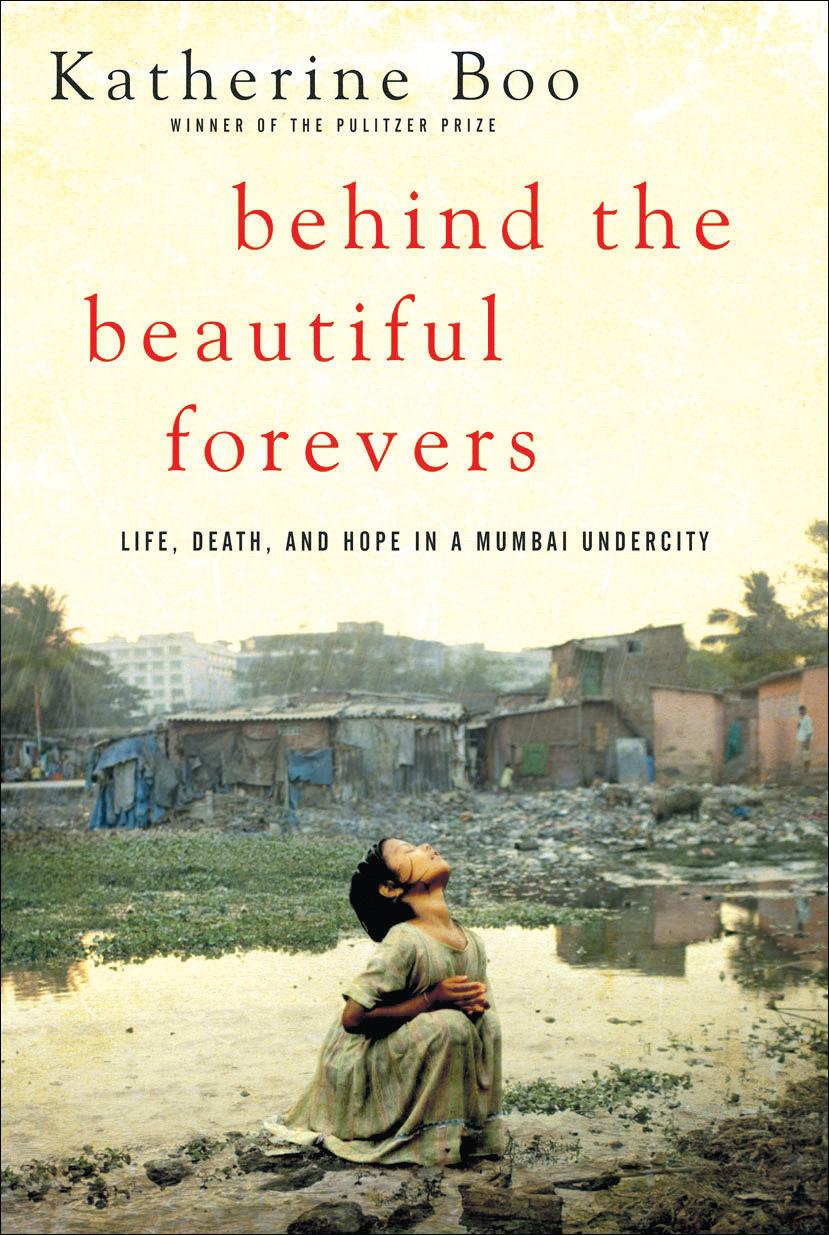
Katherine Boo was a guest at the Wheeler Centre in Melbourne recently, and was interviewed by Jo Case, resident writer and editor. Here are a few snippets from the interview:

O N WHAT STRUCK HER MOST ABOUT A NNAWADI
What impressed Boo most was the fact that the people in Annawadi kept trying to improve their lives despite the multitude of obstacles and setbacks they faced every day. The thought that was foremost on their minds was, ‘How do I get to the middle class.’
Even in such a deprived slum as Annawadi, Boo was amazed that people still tried to be good despite the fact that everything was stacked against them, and they encountered corruption at every stage. Boo recounted her own bitter experiences with the Mumbai police, and how corruption was all-pervasive.
O N THE E ff ECT O f GLOBALISATION AND RISING PROSPERIT y O f THE I NDIAN ECONOM y
Boo examined how globalisation affects the lives of even slum dwellers. Even in Annawadi, there was palpable optimism – most people felt the rising prosperity around them would mean that their lives would get better. Talking about Asha, the woman who wanted to be the ‘slum lord’, Boo pointed out she was from a poor family in Vidarbha, one of the poorest regions of Maharashtra. She was driven by a burning desire to better herself and improve the lot of her children. Others felt they were in the right place (Mumbai) at the right time, and had a chance to ‘make it’; that they were on the cusp of changing their lives for the better. Most of them also felt they could escape the opprobrium of their caste in the city.
Women too, felt that gender roles had opened up and there were more opportunities for them in the city.
Boo also saw a lot of economic envy even in Annawadi; it was perhaps an indication of the rising mobility, a sign of hope that opportunities were opening up for upward mobility. What disheartened her was how pervasive low-level corruption squanders the life-chances of millions of poor people in India. So many young people’s talents are wasted as a result.
S OME O f THE THINGS THAT TOUCHED HER
Boo did four years of research for this book and tried to portray different narrative threads to show the diversity of people and characters even in a slum. Her aim was to keep the readers engaged. There were some key moments that got to her. She was struck by the choices that people made – and was amazed that they were often non-economic, despite their being poor. Sunil, one of the boys of Annawadi, loved nature and delighted at the sighting of lotuses growing in a sludge pond behind the slum. He could have plucked and sold them – but he didn’t; instead, he would retire there alone and admire the flowers in bloom quietly – for fear that if others discovered them, they would be gone. Similarly, he was overjoyed at the sighting of parrots in Annawadi. Again, he didn’t kill them, even though they would have kept him fed for a few days had he done that and sold them.
Justice also mattered to the people of Annawadi – and they wanted to know how Kalu was murdered. When they realized that Boo was trying to get to the bottom of it, they extended her their cooperation. She often moved about Annawadi on her own with her expensive equipment, even late into the night–yet never felt unsafe. The people wanted her to tell the truth to the world; they wanted the truth to come out. It was quite important to them.
O N THE E ff ECTS O f ECONOMIC POLICIES AND MICRO f INANCE
Boo has also explored not only the impact of economic policies and politics on a place like Annawadi, but also the work of NGOs.
Talking about the effects of microfinance, Boo pointed out that people like Asha felt it was too incremental a route to becoming rich. At the same time, the full benefits of microfinance did not accrue to those at the very bottom and the most in need.



were already available in Samsung’s Galaxy S3 unit, released three months earlier. Aesthetically pleasing as it may be, the phone is not innovative.
By RITAM MITRA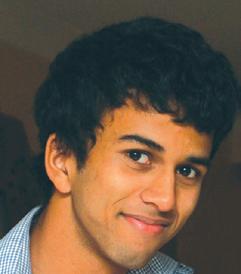
from its now-famous humble beginnings in the garage of cofounder Steve Wozniak, Apple stands today as the most valuable brand in the world, leaving previous arch-rival Microsoft in the dust. Now, a year on from the death of inspirational co-founder Steve Jobs, a new pair of rivals stand in Apple’s wayand they aren’t surrendering as meekly as Microsoft did.
Apple’s recent iPhone 5 launch was the first phone released by the tech giant since Jobs’ long battle with pancreatic cancer came to an end in October last year. It also came in the context of an increasingly ugly battle with two massive smartphone playersSamsung, who outsold Apple units by enormous margins in the first half of this year, and Google, who create the Android platform which runs on almost all non-Apple smartphones and tablets.
In another blow to Apple’s usually seamless product launches – and this is perhaps the biggest – they delivered a product with which many consumers were unhappy – and it will affect all iPhone users, not just those who purchase the latest model.
Apple’s decision to remove Google’s Maps software from the latest iOS 6 software, and instead include its own Apple Maps software, has drawn criticism from all over the world. It placed entire cities in oceans, directed drivers to drive through shopping plazas, and even placed its Sydney flagship store on the wrong side of the road. The software left a sour taste in the mouth for consumers who longed to have the option to download Google’s Maps software instead.
Apple’s decision to remove Google’s Maps software from the latest iOS 6 software, and instead include its own Apple Maps software, has drawn criticism from all over the world
It did not help either that Apple raised eyebrows worldwide when they successfully sued Samsung for $1bn in August 2012 over accusations that the Korean company’s ‘Galaxy’ units too closely resembled their own products. Many viewed this as vexatious litigation, given some of the evidence included the fact that Samsung phones and tablets were ‘rectangular with rounded edges’ – a feature Apple considered purely their own. Samsung has appealed the verdict, alleging juror misconduct.
It was crucial that the launch should go smoothly to play down the somewhat negative attitude that has surrounded the company for the first time in recent memory. The launch however, was anything but the seamless, inspiring event that it has known to have been in the past.

Samsung responded to the iPhone 5 by, within a week, releasing an ad portraying those who wait in line for the iPhone as less-than-intelligent, and suggesting that the Apple product was more suitable for older generations.
Samsung, with its aggressive yet simplistic marketing, is effectively trying to beat Apple at its own game, one that it has dominated for a decade.
For years, owning the latest Apple gadget has carried with it a sense of pride, and the latest gaffes will probably not hurt the company, given it enjoys a somewhat ridiculous market capitalisation of $630bn.
If the battle with Samsung and Google continues any longer, the smartphone landscape could soon change dramatically
Apple has traditionally used the launch of a new product as a way to display a leap-forward in innovation. It is after all, innovation and uniqueness that gives Apple the most loyal customer base in the world. The iPhone 5 though, left much to be desired. Amongst its newest features, none were unexpected, and further, many
But if the battle with Samsung and Google continues any longer, the smartphone landscape could soon change dramatically. Apple’s next event will be scrutinised even more closely; and failing to live up to the hype twice in a row will definitely put a dent in the company’s gleaming armour.
There is no doubt that Apple has shaped the world in a way no other technology company could have hoped to imagine. Other companies owe Apple a great deal for forcing them to lift up their game.
During Jobs’ battle with cancer, though, many wondered how the company would keep up with the iconic legacy he left behind.
Apple, it’s your move.
Afew days ago I saw the latest Bollywood blockbuster Burfi, a well-made and well-crafted silent love story, impressive and brought alive with a dazzling display of Darjeeling images and some brilliant music. Watching the movie started a thought process. Is a well-made Bollywood blockbuster comparable to a Hollywood one? We often make the mistake of comparing a poorlymade, rough-on-theedges Govinda -starrer to a Stephen Spielberg classic. But when we compare apples to apples, do Bollywood apples look lifeless compared to the ripe and seasoned Hollywood ones? And even if they do, is Hollywood the benchmark to judge artistic expressions for cinema? Can any kind of cinema, even if not at par with Hollywood’s level of technology and commercials, just be itself and different, standing in its own right?
to a different world population.
We don’t have to be apologetic for who we are, what entertainment we appreciate and for our choices of supermen and divas. Films made in countries like Iran, France and Spain have often made a mark for themselves without getting into any rat-race. They may be different from the other source of entertainment (Hollywood) but they are well-crafted and bring out the best of human emotions and relationships without the support of graphics or hi-tech gadgetry. Every one of us has watched a below average Hollywood production, while at the same time cherished some of the foreign language films on SBS.
Films like 3 Idiots or Lagaan may even not fit the mould set by Hollywood, but they don’t have to

Indian cinema typified as ‘Bollywood’, has an equal number of admirers as detractors, unlike the followers of Hollywood. The name Bollywood itself smells of being a poor cousin of Hollywood: it originated in the ‘70s when Bombay overtook Hollywood as the largest film industry in the world. Still though, it is a poor cousin, less loved and always trying to compete with the rich big brother, a countrybumpkin never taken seriously enough to make any impact on the world stage, but a good source of entertainment for the third world, nevertheless.
While the production levels and quality of films may have changed over the years, the comparison with Hollywood remains a constant benchmark. The question is, why do we have to compete with Hollywood, and are there no average films ever made in Hollywood?
Some of the well-made Bollywood blockbusters may not be as technically advanced or hi-tech as their Hollywood cousins, yet they are different, catering
Leaving revenues and commercials aside, there may be an equal number of poorly-made and classic films on both sides. Again, a Godfather is as different to Do Bigha Zameen, as a Titanic is to 3 Idiots, all classics in their own right. Similarly Francis Coppola, a legend in his own right, can only be compared to a Guru Dutt or Satyajit Ray, like Stanley Kubrick may be compared to Bimal Roy.
Even in the 21st century with the rise and rise of everything Indian, many acclaimed publications still refuse to preview Indian films (The New York Times never fully reviewed 3 Idiots.) Films like 3 Idiots or Lagaan may even not fit the mould set by Hollywood, but they don’t have to. They have a clientele big enough to fill their coffers, both artistic and commercial. They have established a trend that the leading creative force for many people in the world may not originate from Los Angeles, but from Mumbai.

We have come a long way, as far as film making goes. We have 100 years of development and enrichment of a modern art form and a massive fan following for that form of art. We should be able to cultivate our own benchmarks and style of storytelling, provided they are constantly refining. The creative energies need to compete, if not compare, with the best in the world.
Only then will we set benchmarks by which others will measure their creative genius too.

We should be able to cultivate our own benchmarks and style of storytelling, provided they are constantly refining
Despite producing well-crafted and intelligent cinema, Bollywood is still not taken seriously by big brother Hollywood
 BY TIM BLIGHT
BY TIM BLIGHT
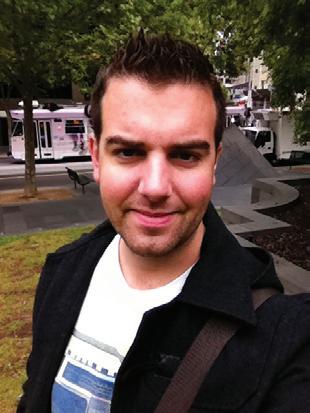
Over the years, the Indian subcontinent has established itself in my heart as my favourite travel destination. What I love most about the subcontinent is its diversity, not just within India, but in her neighbours: Pakistan, Bangladesh, Sri Lanka, Maldives, Bhutan and Nepal. I am fortunate enough to have visited all of these nations, and have met with their people and heard their thoughts on the region’s superpower, Bharat. In this article I recount to you my experiences of these conversations, and the sentiments which may surprise some.

“The truth is, we depend on India a lot,” said my Bhutanese friend Tenzing. “But they depend on us too – look at the electricity!” he joked, referring to the August 2012 widespread power outages. India imports large amounts of energy from Bhutan, a result of the country’s excess of hydroelectricity. Many power plants were built through Indian-Bhutanese joint ventures, and Bhutan appreciates the money that India pays for the power. Bhutanese students attend universities in India, and Indian passport holders are the only people who can enter Bhutan without a costly visa/tour package. The Bhutanese view seems to be that India’s and Bhutan’s destinies are intertwined, and everyone’s a winner.
Maldivians seem to be too chilled out to worry about India too much, although recent history has contributed to some locals’ opinions. The presence of Indian businesses in the Maldives is a sore point, with some worried that the local market isn’t big enough for such heavyweight competition. Moreover, a small handful of dodgy dealings have left some island dwellers wondering whether their small nation would be better off without Indian corporate interference. But the Maldivians are also a pragmatic bunch, and like the Bhutanese, recognize and largely appreciate the importance of India in their lives. Not to mention the growing popularity of the IPL among young Maldivians!
The Sri Lankan view of India is perhaps what surprised me the most during my travels. Often I was asked rather brusquely, “Oh yeah, how’s India?” The (mostly Sinhalese) Sri Lankans I met had a fairly non-committal opinion of India, which they seemed to consider an often patronizing, not particularly close sibling. In fact, many of the Sri Lankans I met were much more interested in their country’s place in South East Asia – why talk about India, when we can chat about Singapore, Malaysia and Thailand? Blood is thicker than water, and the Buddhist connection seems to be stronger with the more similar culture across the Gulf of Mannar. Unless you speak with Sri Lankan Tamils, of course…
The veiled hostility continues in Nepal, where I met lots of ordinary Nepalis who felt that India was overbearing and often inconsiderate. “They’re always looking down on us,” complained Prakash, a Nepali associate, who was not alone in his views. “They think they’re better than us,” alleged Ramesh, a frequent business traveller to India. “They’re always looking for ways to cheat us,” complained Don, a Kathmandu resident with an interest in politics. However, from what I could gather during my short visit, the Nepalis’ attitude towards their neighbour reminded me of the semi-serious resentment which exists in New Zealand towards Australia, or in Australia towards the dominating force of America. Friendly jibing, legitimate grievances sometimes, but overall benign!
Bangladesh
Bangladeshis are a contradictory people. On one hand, they will gladly point out areas in which India has wronged them, such as the contentious Farakka Barrage, a dam in West Bengal which regulates Bangladesh’s access to the Ganges. On the other hand, they enquire enthusiastically about, “What is India like?” The economic reality of modern Bangladesh is something which leaves many feeling slightly envious of 21st century India. None of this however, dampens their pride in their small nation. The fact that many people ignore India’s role in the liberation of Bangladesh should not be seen as a snub; when a nation’s history is only 40 years old, one must focus on what builds pride, not what erodes it.

Thinking about India in Kathmandu: Many Nepalis aren’t sure about India’s regional dominance

Pakistan
Ahh, Pakistan. I saved the best (or juiciest!) for last. Given how fraught relations are with India, it is only natural that perceptions are somewhat confused. But the mainstream Indian idea of Pakistan as an impoverished, uncivilized bastion of MuslimHindu hatred is simply inaccurate. Like India, it is an incredibly multi-layered nation, and the majority of people are able to distinguish between India’s government and her people.
“They’re like our brothers,” said my good friend Sajid of Indian people adding, “We can’t forget that we were once part of India.”
Of course, people like Sajid won’t be heard on television news channels, when there are isolated cases of flag-burning to sensationalise. Occasional spurts of nationalist fervour aside, most Pakistanis these days enjoy Indian movies, music and culture. And although they would never admit it to an Indian, even the proudest Pakistani knows that what they share with India is much greater than what divides them.

Although they would never admit it to an Indian, even the proudest Pakistani knows that what they share with India is much greater than what divides them.
A surprising blend of opinions are discovered when traversing countries that flank the Indian subcontinentMany Bangladeshis hope their country can piggy-back on India’s successes Sri Lankans look out over the ocean at Unawatuna Bhutanese circumambulate the National Chorten in Thimphu

 By PETRA O’NEILL
By PETRA O’NEILL
Languidly reclining under a large beach umbrella at the Independence Hotel, a tanned wellrounded Russian puffs on a Cuban cigar, while his glamorous companion wears a bored expression as she gazes out to sea. With a long crescent shaped beach, clear blue sky, casuarinas and swaying coconut palms, this could be anywhere hot and exotic, except that we three are the only guests.
Could this really be Cambodia? In a country renowned for the temples of Angkor Wat, the Mekong river and the museums, temples and palaces found in the capital Phnom Penh, the lesser known coastal resort towns are an unexpected find for those travellers who take a trip off the beaten track.



Sihanoukville has stunning white sand beaches, budget guesthouses, rustic outdoor beachfront restaurants, a national park and diving excursions to nearby islands including the Bamboo and Monkey islands that are teeming with marine life. Given Cambodia’s recent history, the resurgence of Sihanoukville is remarkable. In the early 1960s, a port was built and a town created, named after King Norodom Sihanouk. Then came the Vietnam War followed by the Khmer Rouge who murdered 1.7 million people, almost everyone in the country who possessed wealth or an education. Their holiday homes and resort hotels were abandoned and fell into ruin.
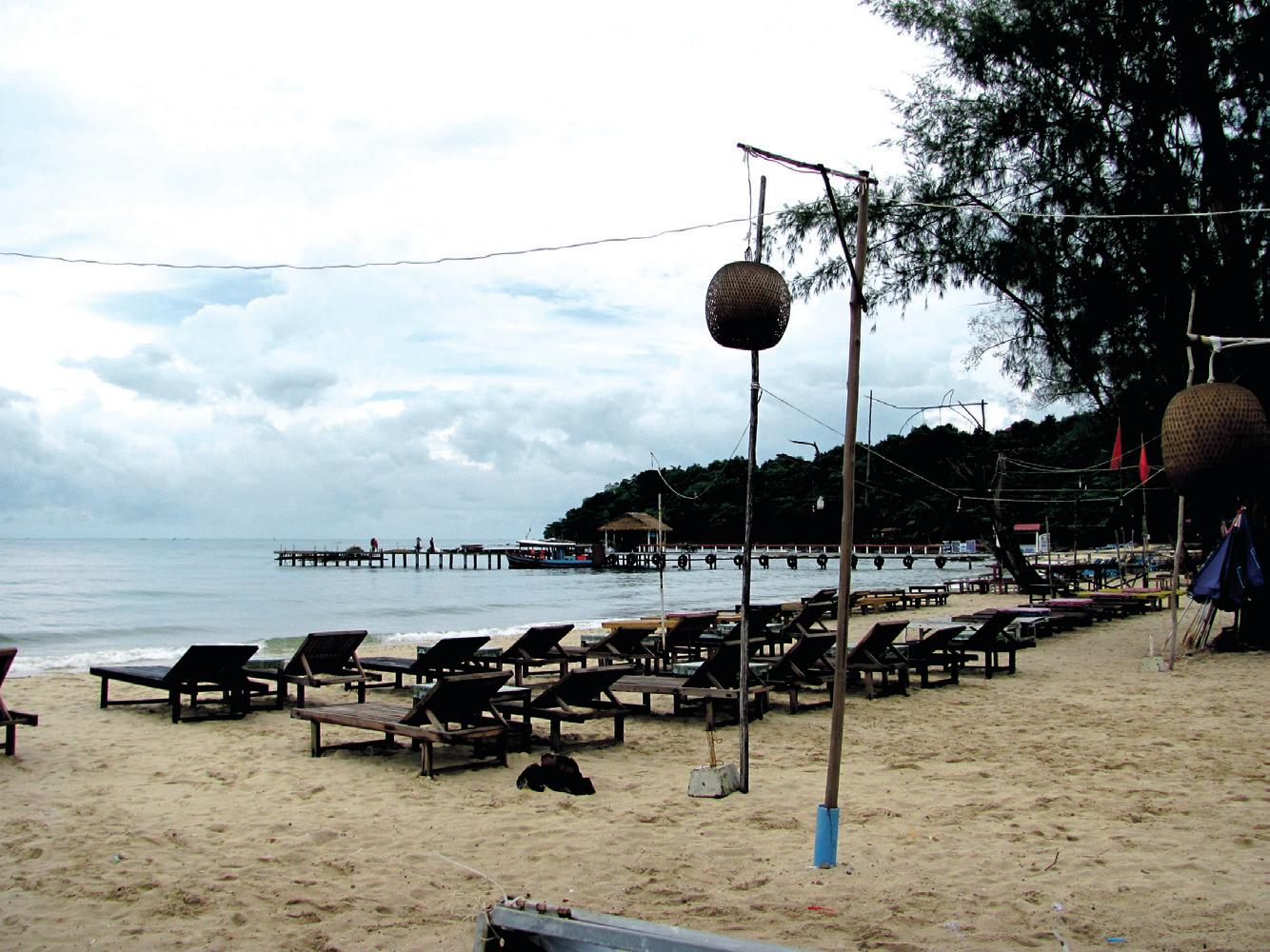

Also in the ‘60s the Independence Hotel was Sihanoukville’s premier resort, and many celebrities stayed here. Exuding a retro 007 James Bond ambience with the classic sounds of Frank Sinatra coming from the bar, and black and white photographs of Jackie Kennedy who stayed here in 1967, I felt myself taken back in time. It was low season and the mysterious Russian couple and I had the opulent, fully-restored hotel to ourselves.
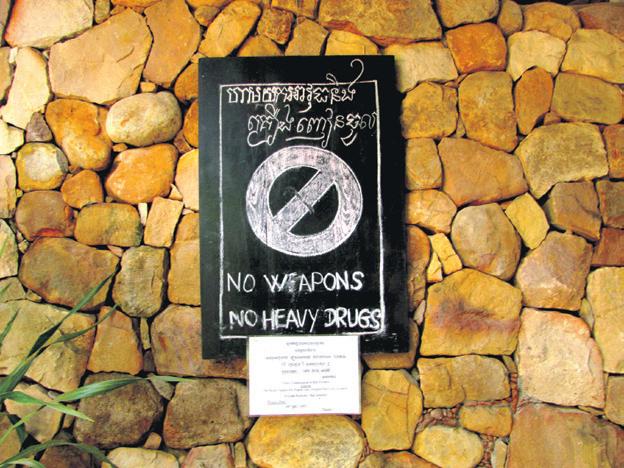
After breakfast, being the only guest faced with choosing from a lavish buffet selection, I asked the Duty Manager if I could walk to all beaches in a day. “Yes, ok!” was his reply. Unconvinced that he had fully understood my question, I set off with a tourist map. After several kilometres I neared a fishing village at the end of a peninsula. Young schoolgirls indicated I had come too far and practising their English,

walked me back to the right path. Sokha Beach has a beautiful white sand beach, a spacious resort and a handful of guests. Then past the famous Golden Lion roundabout, internet cafes, bars and massage parlours to the main beaches of Serendipity and Ochheuteal. Here you will find guesthouses with rooms from US$3 and beachfront restaurants with raised bamboo platforms where local families sit to enjoy BBQ seafood. The furthest, Otres Beach is the prettiest and least touristy, the guesthouses still more rustic. I found the bucolic laidback charm that I had come in search of several hours away along the coast in Kep, where Phnom Penh’s elite established a retreat in the first half of the 20th century. They built modernist mansions many in the style of Le Corbusier, some now sympathetically restored and turned into luxury residences or boutique hotels. Although the narrow beach in Kep fronts a retaining wall and is less spectacular than the beaches of Sihanoukville, the town has an appealing relaxed feel to it. For the days I spent here, I cycled from Kep Lodge, a delightful place with bungalows set in a lush tropical garden on a hillside, to the waterfront crab market and along the headland for a tasty vegetable curry at Brise De Kep restaurant and guesthouse. I took a boat ride to nearby Rabbit Island and after circumnavigating it, in the company of two young New Zealanders, spent several hours relaxing in a hammock until the fishing boat returned. There are also waterfalls and pepper plantations to explore along a series of hiking trails. I took a trip to the dusty town of Kampot with its yellow and white French colonial buildings to Bokor Mountain, the site of an abandoned hill station built by the French in 1922 with the ruins of a Catholic Church, hotel and casino abandoned since 1972. It is an eerie haunting place surrounded by thick impenetrable fog where many Cambodians were executed by the Khmer Rouge. A Chinese company is building a massive casino and turning the road leading up there into a highway.
If you can get beyond the bars, massage parlours, too many tuk tuk drivers in search of a fare and aging westerners with long white ponytails riding noisy motorbikes, Sihanoukville has a lot to offer, but for me, Kep is one of those special places that I think of often. Cambodia’s southern coast is well worth the detour.
Although the metros are touristy and predictable, Cambodia’s resort towns of Sihanoukville, Kampot and Kep are a pleasant surprise
Sihanoukville has stunning white sand beaches, budget guesthouses, rustic outdoor beachfront restaurants, a national park and diving excursions to nearby islands
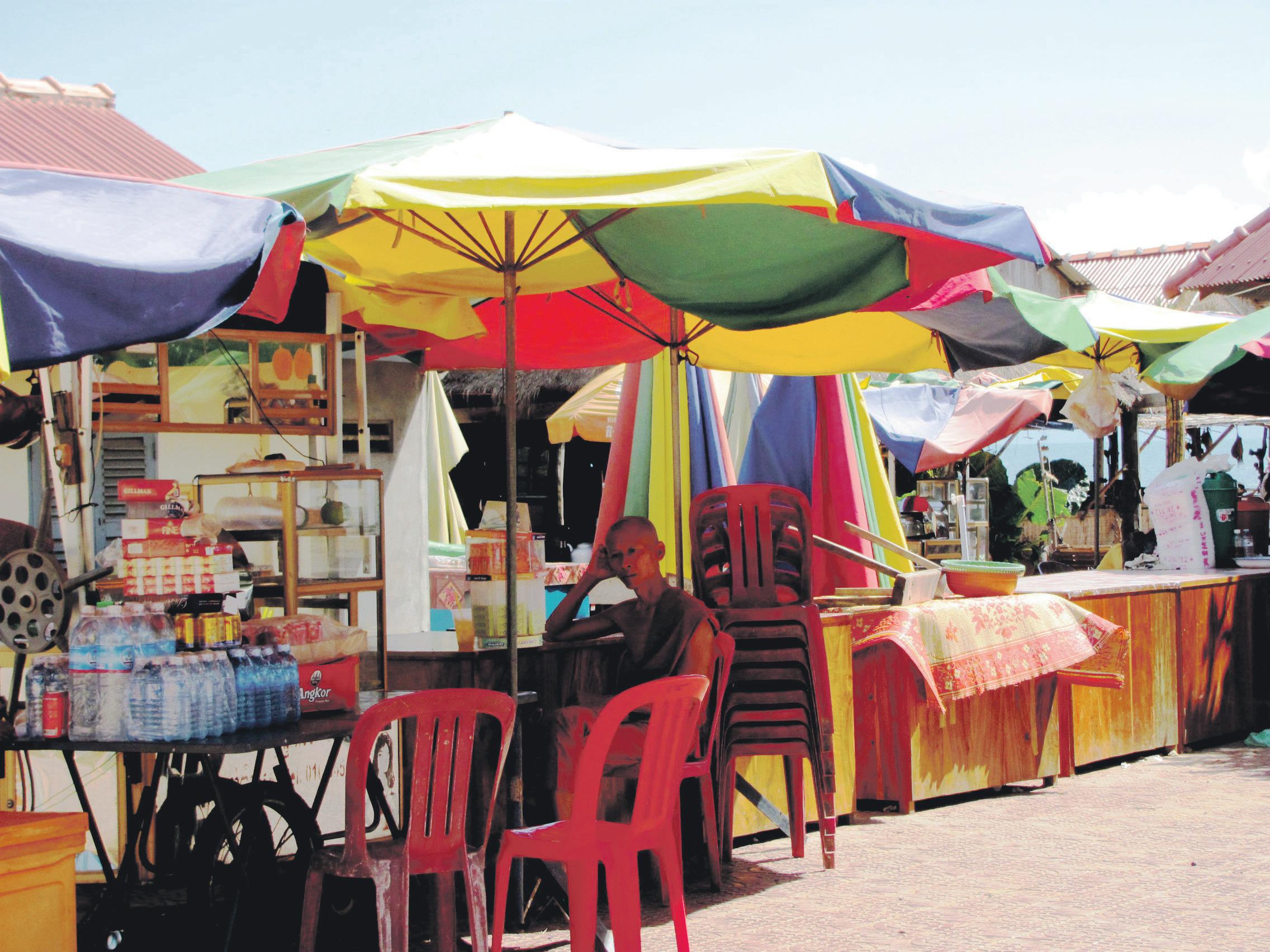

Main: Rabbit Island, Kep


Clockwise from Bottom Left: Guesthouse, Kep Brise De Kep curry, Kep Ruined Mansion, Kep Serendipity Beach, Sihanoukville
Kampot sunset

Serendipity Beach, Sihanoukville Kep Beach Crab Market, Kep Sunset, Independence Beach, Sihanoukville

G ETTING THERE Singapore Airlines, Malaysia Airlines, Air Asia, Thai Airways or Vietnam Airlines fly to Cambodia. Jetstar Asia and Bangkok Airways also fly there. From Phnom Penh buses depart frequently for both Sihanoukville and Kep. Journey time is under 4 hours. Many travellers also arrive in Sihanoukville by bus from Bangkok, taking around 9 hours. Kep is very close to Vietnam and travelling onto Phu Quoc Island is highly recommended.
W HERE TO STAy The top beachfront choice in Sihanoukville in the 1960s, the Independence Hotel has been given a stylish redo. 855-34-943-300; www.independencehotel.net In Kep, Kep Lodge provides bicycles, and meals taken in the open air dining room are a highlight. 855-092-435-330; www.keplodge.com Other choices include the Beach House, La Villa de Monsieur Thomas a restored colonial villa, and the Veranda Natural Resort.
W HERE TO EAT Hawker markets are lively, great fun and provide an excellent introduction to Malaysian cuisine. KK is one of Malaysia’s most ethnically diverse cities, reflected in the variety of cuisines available including Malay, Indonesian, Filipino, Chinese, Indian and local dishes from Sabah, including jungle ferns.
TIP
Take crisp US dollars in small denominations since most restaurants, hotels etc., charge in US currency. Credit cards are not widely accepted. Canby Publications has free guides available from hotels with maps and info.







Seeking suitable match from Australia, never married, for Hindu girl 34 years, Chartered Accountant (non-veg), living in Australia for over 25 years, with eastern and western family values. Please email with all details on ganesh2011v@gmail.com
Punjabi groom sought for beautiful Hindu Punjabi girl, 40 years, 5’4” height, Australian citizen, divorced (no kids) and holding teaching qualifications (taught in Australian and UK schools). Interest invited from qualified boys settled in Australia. Please contact girl’s brother on 0406 948 892.
Match required for my sister, 5’2”, 34 years, never married, beautiful, slim, fair complexion, double degree holder, and Aust citizen, working in family business. We are a Punjabi Khatri family, settled in Melb. Caste no bar. Please send bio data and photo to matri@hotmail.co.uk
Parents seeking match for Australian-born (1975) good looking Punjabi girl, medical professional working in SA. Prefer Australian citizen or long-settled residents with good profession. Serious proposal only contact mandy_sing@hotmail.com
Well educated Punjabi family seeks professionally qualified well settled match for their Australian citizen daughter, 27 years, 5’ 4”, fair, slim, traditional Indian/ Western values, highly educated, Master of Teaching and MBA from Australian universities. Working as project officer in well reputed company. Please email particulars with recent picture to schanderchopra@hotmail. com or call 02 9760 1832 / 0431 289 442.
Seeking match from Australia/overseas, for tall, handsome guy 41, graduate, employed, good family values, non-smoker, nondrinker. Interested ladies with good family values may please email particulars with recent photo to: smartguy213023@yahoo.com
Well settled family in Australia invites alliance for 29-year-old, 5”11, Sood Punjabi boy (Aust citizen), working as a Senior IT consultant for the Australian govt on high income. Seeking Indian girl, caste no bar. Please send bio data/particulars of girl to aumohindra@gmail.com


Seeking graduate Hindu girl for well established 5’10”, very fair 21/11/1968 born Australian citizen. Never married. BE(Electrical) self employed. Vegetarian non-smoker teetotaller. Please email profile with photo to anandrao68@gmail.com
Compatible match for 1975, handsome, clean-shaven Sikh Khatri boy, 5’9”, two post grad degrees from India and recently finished Masters in IT from Australia. Applied for temporary resident visa (currently with full work rights) and working as Vehicle Service Agent for Hertz multinational car rental company, earning $4000 per month. Girl should be tall, well-educated with pleasing personality, and must be from Sikh background. Early marriage; serious proposals only please. Phone 0422 102 242 or email jas_ghai01@gmail.com
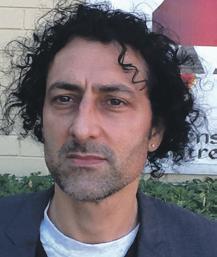 By MOHAN DHALL
By MOHAN DHALL
Many parents have children that they would classify as perfectionistic.
Perfectionism is evident when a child (or adult) focuses on completing activities and tasks to best that they can possibly do and to a perceived standard of excellence that would classify the outcome as ‘the best’. Whilst doing work of a high standard is to be valued, the associated feelings of anxiety, stress, frustration and low self worth may need to be addressed.
Perfectionism is often seen in children who display the following characteristics: they are often bright, usually first born (eldest) or only children, find change difficult to manage and are often anxious about the results of an endeavour they undertake. A person manifesting perfectionist tendencies and who is also highly visual, may tend to arrange their workspace to a very specific standard. Perfectionists can become stressed around deadlines and performance, if there is clutter or a sense of disorganisation or unpredictability. Such students also tend to need fixed times for study, a clear working space, a tidy classroom and teachers who are ordered and methodical.
Perfectionism needs to be distinguished from ‘teacherpleasing’ or parent-pleasing behaviours. Whilst obedience can be valued in classroom and household relationships, it is not a sign of intelligence or perfectionism. Fear of criticism can make a child want to be compliant. Perfectionism however, tends to be viewed as an inner prompt rather than arising from an external source.
When a child acquires language at a young age, they can be very engaging, chatty and cute. This can encourage further
development of language as older children, adults and others talk to the child. The acquisition of language at a young age can lead to difficulty with respect to the management of perfectionistic behaviours. The child with strong language skills may be encouraged to ‘calm down’ or to ‘stay cool’ when they baulk at a task or express dissatisfaction with their own achievements. This use of logic and rational thinking actually undermines the child’s capacity to help to manage perfectionistic behaviours.
A further complication that arises with the early acquisition of language is that of adultification. If this occurs, the child tends to be treated like an equal of the parents, with them appealing to the child to manage, and even asking the child for their opinion on various matters, like feelings and choices they would like to make. Some measure of independence is encouraged by this approach, but far greater dependence also occurs. This dependence is primarily emotional.
A child manifesting perfectionism can find it very difficult to cope with perceptions of ‘failure’, performance that is even slightly below that which they are capable of achieving, and may be very reluctant to take risks when the outcome is not certain. In a classroom such children will not venture answers to questions unless they are certain they are correct. Moreover, if given an open-ended task they can find it extremely difficult to know where to start. They will often ask to be told exactly what to do.
For teachers such behaviours seem very limiting, as the student appears very dependent.
Moreover, as the child ages and passes through high school such perfectionism undermines the goal of helping a child to ‘learn to learn’.
It is very important that students with perfectionism learn how to manage this tendency and become more resilient. If they can be taught how to identify, articulate and take control over the feelings associated with the stress around performance and achievement, they will have acquired skills for life.
The first step is that feelings must be articulated. This is a very difficult step. The onus here lays with the adults not the child. It sounds quite easy to do - simply name the feelings associated with the process of doing something where performance really, really matters.
The typical response from a parent or teacher in managing this situation usually takes the following form:
“You have tried your best, just be happy with what you have done”. “Don’t be so upset. Just get it done. No need getting so stressed about it”.
These responses whilst wellmeant, are generally worse than ineffectual. They actually attempt to manage emotion with logic or reason. The usual effect is to create a wide gap between the adult and child, and for the situation to worsen rather than improve. So the question arises as to whether there is a better and more effective way with long lasting effects. Fortunately, the simple answer is ‘yes’.
So what does a child feel when they believe they have to produce the perfect piece of work every time? What feelings are being
expressed when a child rips up work and starts again? An obvious answer, in the scenario given, is that ‘the child feels angry or frustrated’.
Unfortunately the obvious answer is not the correct one. Whilst they may be expressing strong frustration, the actual feelings leading to the frustration need to be identified. Behind the frustration, a child probably feels like they have disappointed themselves, that they will be judged for letting down others. This, in turn may be premised on low levels of self worth. Thus, addressing the ‘anger’ and calming it actually does not identify or address the underlying feelings.
When a child is told how they are feeling - not asked how they are feeling - it has three benefits. If a parent or teacher was able to say, “Doing well really matters to you. When you have high standards then it is very stressful having to complete things in a short time”.
These words first tell a child that the adult understands them. This is a very significant. Secondly, the actual articulation of the feelings helps to normalise the feelings and also give them a name. This statement should be followed by a short period of silence. At this time the child normally agrees because clearly they have been understood and this articulation creates a powerful and palpable sense of understanding.
Lastly, the parent can then say, “And when we feel these overwhelming feelings then we can breathe slowly and calm ourselves down”. In this way the parent also role models coping strategies.
If this pattern is followed, over time the child should learn
perfectionists can become stressed around deadlines and performance, if there is clutter or a sense of disorganisation or unpredictability
Behind the frustration, a child probably feels like they have disappointed themselves, that they will be judged for letting down others
to identify their own feelings, articulate them for themselves and learn to manage the feelings through self-talk and calm breathing.
A note of caution, however. Whilst this is a very simple model, it is very difficult to apply for a number of reasons. Firstly, in today’s society we are not used to having the time required to actually work through the process or to even identify how we feel. Secondly, levelling feelings runs counter to the dominant paradigm of managing through rationalisation and logic. Thirdly, articulating feelings takes time and practice. Fourthly, this type of articulation can make the parent feel vulnerable. This is because they may well be managing a situation differently to how they have ever managed prior. And this can feel novel and weak. Lastly, the model takes some time to perfect and thus feeling secure in the process can take time.
In summary, perfectionism can drive people to achieve to a high standard consistently.
When perfectionism is associated with high levels of anxiety, a rational or logical approach does not help in either easing stress or assisting a child to become better at identifying and coping with the behaviour.
An approach based on an understanding of the underlying feeling tends to be more effective, and helps in self-understanding and long term coping.







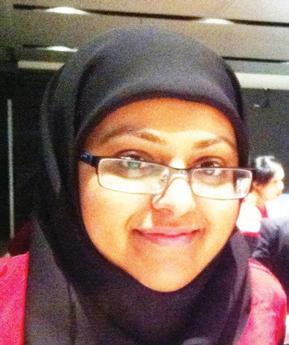
24 short bamboo skewers or long toothpicks
1 tbsp olive oil
By SHAfEEN MUSTAQThe school holidays have begun and we all know that sometimes it equates to adults scrambling for activities and teens getting quickly bored at home.
Well, there’s a solution to that - a fun, easy solution. Cooking! And no I don’t mean it in an Auntyji kind of way, “Beta, learn how to make dal roti for your marriage!” Cooking is an excellent form of de-stressing and results in some fabulous results (when done correctly).
So here’s a few recipes for the teenagers in school holidays. The complexity level is zero so anyone can do these and learn the basics of getting in and around the kitchen with minimal damage. They are quick easy and fun, and very very yummy. Enjoy!
One of my favourite nonalcoholic-make-anytime-anywhere drinks for spring, this is a light and easy concoction that cleanses the palate and soothes the soul.
1. Fill half a glass with lemonade
2. Chop up a handful of mint and a quarter of a cucumber into thin slices and drop into the glass
3. Top up with soda or sparkling water
4. Cut a wedge of lemon or lime and perch on rim before serving Easy. Fresh and fantastic!
These nibbles can be used as snacks or an entrée, and are quick, easy and fun to make and eat. Younger children can help in making these, provided the skewers are not too sharp. Use firm, ripe cherry tomatoes and good-quality fresh mozzarella for these salad skewers. They are perfect for that movie marathon you have organised for ten friends (Beware, they are so good-looking your mum might get you to make these for her next big party).
24 grape or cherry tomatoes
24 medium-sized basil leaves
250 gms fresh mozzarella, drained, cut into 1-inch cubes (try bocconcini, or better still, baby bocconcini, you won’t have to cut them)
Sea salt to taste (for a variation, try smoked salt)
Freshly ground pepper
Thread one tomato, a basil leaf and a cube of mozzarella onto each skewer. Repeat the process until all 24 skewers are ready. Lay the skewers on a serving platter. Drizzle olive oil over them and sprinkle generously with salt and pepper. Serve at room temperature.
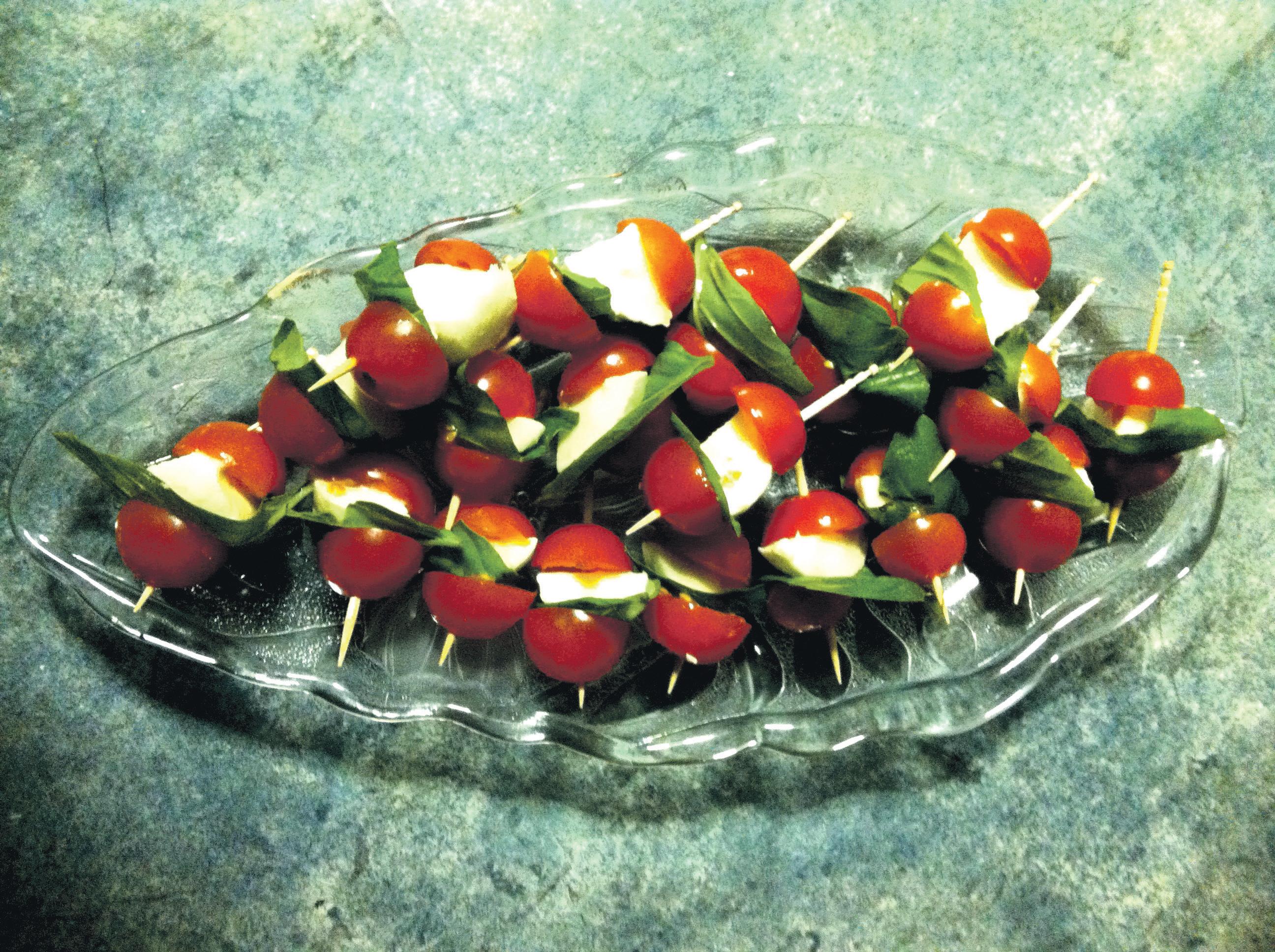
can you cannelloni?

I love pasta. I absolutely love it. I know it’s eating a bowlful of carbs and its usual partner in crime is a stringy, soft, yummy melted cheese which isn’t that great for you either, but when it comes to cannelloni I can’t help myself! So here is a quick and easy recipe to try at home and enjoy all those carbs and cheese! In moderation that is, and don’t repeat the dish for at least two weeks…
500ml tomato paste or pasta sauce
600g ricotta cheese (low-fat, if desired)
250g cooked mince (lamb or beef)
2 tbsp flat-leaf parsley, chopped
2 tbsp basil, chopped
1 egg
½ cup grated parmesan
Salt and cracked black pepper to taste
1 cup grated low fat mozzarella San Remo readymade cannelloni

Preheat oven to 190°C. Lightly grease a 20cm x 28cm x 4cmhigh ovenproof dish. Pour in a quarter portion of the tomato paste, spreading evenly over base of dish. Keep aside. Place ricotta, mince, parsley, basil, parmesan, egg, salt and pepper in a large bowl and mix to combine. Take each cannelloni tube and stuff with the ricotta mixture. Lay tubes side by side in the dish.
Spoon over the rest of the tomato paste to coat the tubes, using enough to suit your preference. Sprinkle with mozzarella cheeses and bake for 25 minutes or until golden. Serve warm with a green salad.
I saw a picture on Instagram and I fell in love. It was of a chocolate cake with chocolate icing topped
with M&Ms and fenced with Kitkats. I wanted it, and badly!
I made myself this yummy, impractical, fattening delight for Eid. But it was easy to make and tasted absolutely out of this world.
Chocolate cake mix (you can make it from scratch, but why reinvent the wheel?)
1 pack (350gms) M&Ms
1 pack of 12 medium sized Kitkat chocolate bars
For the chocolate icing
1 cup icing sugar
1 tsp cocoa
1 tbsp butter or margarine
1 tbsp milk
Bake the chocolate cake from the mix, as per the instructions on the pack. Leave to cool on a wire rack. Prepare the chocolate icing by mixing together all the ingredients to form a smooth consistency. Next, transfer to a serving dish and ice the top and sides evenly with the icing mix. Before the icing sets, quickly but evenly dress the top with M&Ms starting from the outside edge of the cake, making a
concentric circle in a different colour until you reach the centre. Ensure that you leave at least a centimetre gap from the edge of the cake and the outermost concentric circle. Gently fence the sides with Kitkats. Leave to set and then serve



Offer valid till limited period


The journey continues as the Brilliant makes its way across some of Germany’s most picturesque regions
ologne, with a population
Germany’s fourth largest Munich. After an early bird breakfast at the Panorama Bar and a brief morning workout with Nora since had only until midday in this large city, we left on a conducted walking tour of picturesque Cologne, located at both banks of River Rhine. We hurried past shops and cafes and reached Kölner Dom, the famous cathedral, the city’s centre, and the seat of the Catholic Archbishop. Die Universität zu Köln was not far, and we could spot its steeples from a distance. The centre of German culture, Köln is home to thirty museums and art galleries, besides the annual Trade Fair, the International Furniture Fair, the Photokina, its famous Carnival, the Reggae Summerjam, and Gay Pride. As is in Brussels, Cologne, too, has a culture of bicycles in vogue.
Lo and behold, in the Cathedral Square we saw approaching none other than lanky Johnny Depp, the gentleman from Hollywood sporting his outlived hat – surely surviving from his school days, with his usual languished gait, and wearing a scruffy, typical lightbeard, and accompanied by two giants on either side of him. They got into a waiting white limousine and promptly disappeared.
Lunch was at Brilliant’s restaurant and post-lunch coffee in the Panorama Bar, while we compulsively photographed Cologne and the renowned-forits-neatness German landscape, vineyards, chapels and villages when sailing past. 6pm was the cocktail hour at the Lounge Bar, and Karol and Roman entertained us with their music. Navena now charmed us with tomorrow’s activities, followed by dinner at the restaurant. At 9pm, we watched the majestic Brilliant enter historic Koblenz. Once moored, some of us (a few in their nineties) walked out to enjoy a quick conducted tour of city sights close by. On returning we opted for late night snacks in the Lounge Bar.
7:30am saw the Brilliant set sail for Rüdesheim. Between Bonn and Bingen, the Rhine flows past Rhine Gorge, a formation created by erosion. After breakfast and until 1pm, we received a running commentary on a number of steep gorges and the famous
Loreley cliff in Rhine, as we cruised past them.. The area from Koblenz to Bingen is a UNESCO World Heritage Site (2002); it has more than forty castles and fortresses from the middle ages. The vineyards in volcanic Siebengebirge, the region affectionately known as Romantic Rhine, creates finest white wines such as Rhine Riesling. Navena advised us that in German cafés if we asked for drinking water, they would respond by asking if you would also want soap and a towel along with it. If you asked for tea or coffee, they would ask if you wanted two aspirins as well! To avoid such embarrassment, Navena suggested, one is well advised to ask only for wine. Accordingly, the luxury coaches taking us on a tour of Rüdesheim were characteristically named ‘Wine Express’.
From the bus parking area, a chu-chu train transported us to the shopping area up the hill, where we roamed around the high-and-low city shops and kept ourselves religiously away from tea, coffee or water in cafes, sticking mostly to ice cream, the weather being benevolent. Siegfried was our next stop and we enjoyed the Mechanical Music Museum where an old gentleman has been collecting its wares for over seven decades. Here, gramophones, radios, juke boxes, pianos, and any and every manmade instrument that could play or create music and/or musical performances was stationed, which were played by damsels on request to entertain us. The entry to the museum was free, courtesy boxes were placed everywhere for donations.

Back at the Brilliant, the evening’s entertainment was ‘Tricky Questionnaire’, with
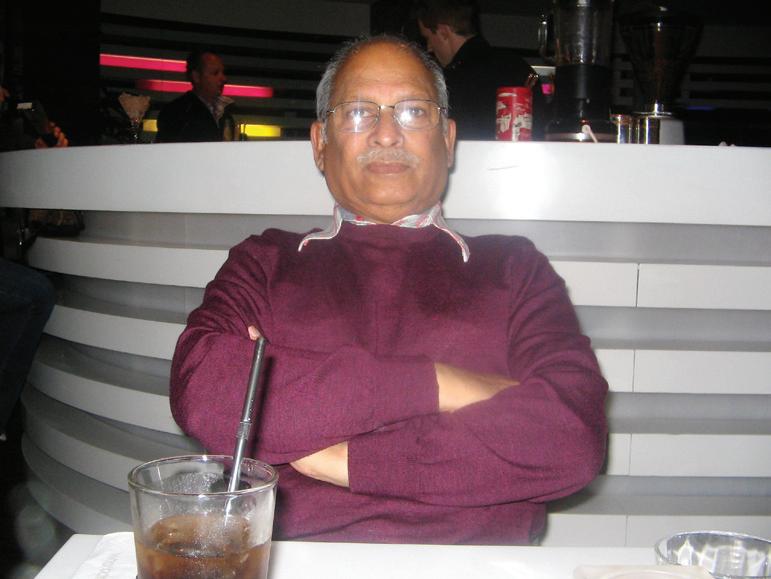
the table that responded to the printed questionnaire with the most amount of right answers was the one that won a prize. Our table – four Queenslanders and two Victorians, came second.
Although beautiful Australia is wide, open and our country, there is something, or rather everything, about Europe that excites one. The statement, ‘Sagen Sie mit blummen wenn in Deutschland’, (‘Say
it with flowers when in Germany) originated in Germany. Hence, common European tradition is that no one ever visits anyone without a bouquet of flowers for the lady and a bottle of wine for the host! The Europeans of today are more tolerant, and if you try to put two words of their lingo together, they would go out of their way to be amiable.
the vineyards in volcanic Siebengebirge, the region affectionately known as romantic rhine, creates finest white wines such as rhine riesling
Above: Castle at Koblenz converted into a museum

Clockwise: Traditional chu-chu train Cologne Cathedral and Cathedral Square

Live performance at Musical Museum
Hence, common European tradition is that no one ever visits anyone without a bouquet of flowers for the lady and a bottle of wine for the host!
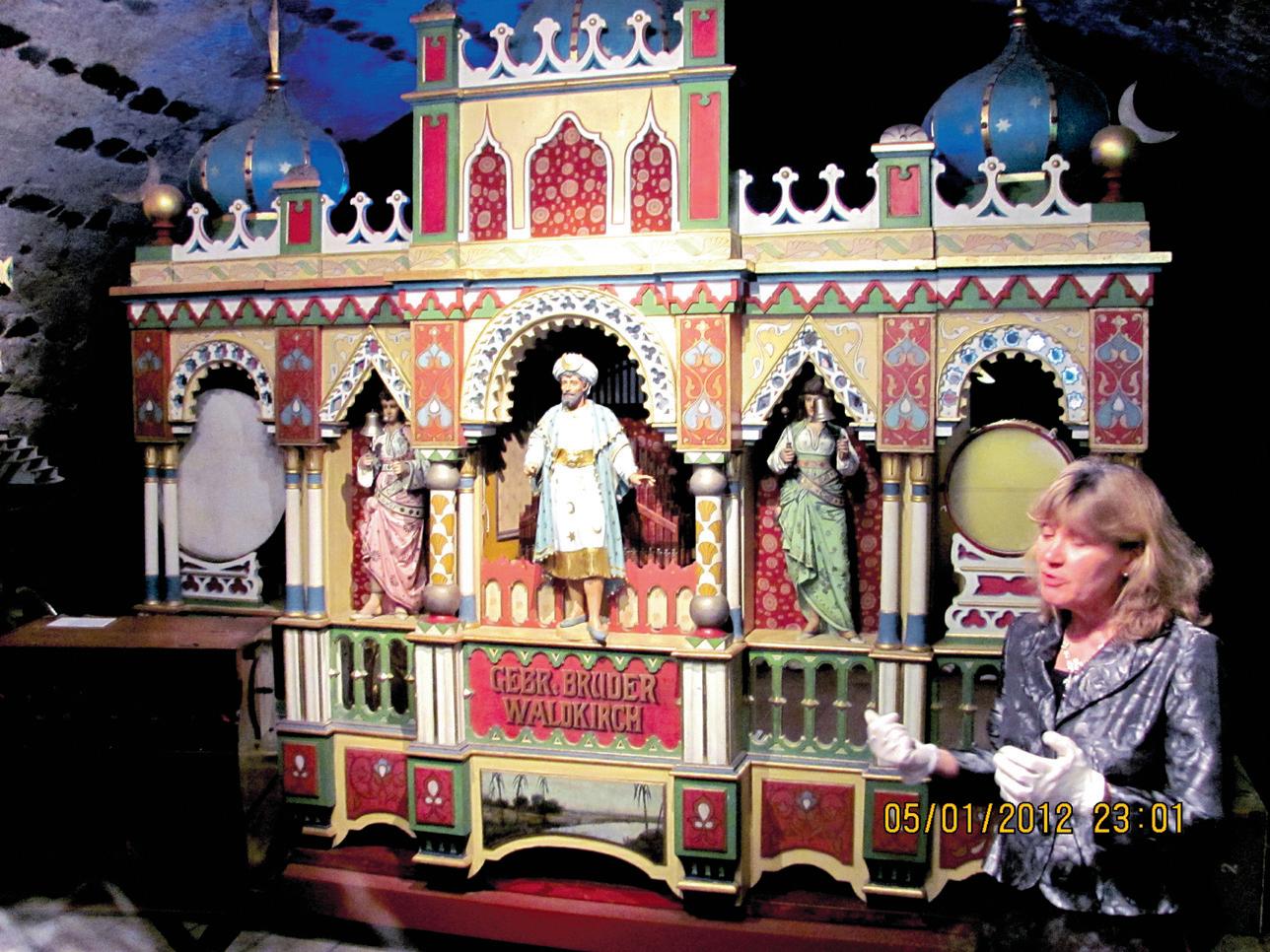






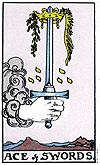



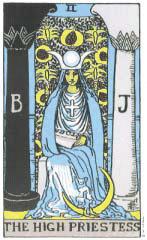




ARIEs March 21 - April 19
This is the month where you need to let someone close to you know how you are feeling. Do not worry about things not working out, be bold and true to your heart. Do not hesitate and go forth with strength. There will be some developments at work that will give you the confidence and strength to move into new directions and push forward with your plans. There will be some news about a family celebration.
TAuRus April 20 - May 20
The cards indicate that this is a good time to take a break and relax your mind and soul. you may even meet your soulmate. There is an indication that you need to start saving for your future, making sure your debts do not mount up. you have been a little hasty with your spending lately, and will now need to take things easy. Make sure that you stick to your promise of being more responsible this month.
GEmINI
The cards indicate that chances of an affair are likely this month. If you are unattached, you may decide to go for it. If not, you are warned that things could get out of hand. There is news of more responsibility at work. you will also be able to earn some extra cash. Go for it, things are getting better and you will be thinking of treating yourself. Look at your exercise routine and make needed changes.
you are feeling agitated to get the truth about a situation out into the open. It may not be a good idea as things can get rather disturbing. Work colleagues make sure you get your say in, as there is a likelihood that you may not have stated your opinion when it comes to certain changes that are taking place at work. The atmosphere is a little tense at the moment, but around midmonth, things will calm down considerably.
 By NANCy JADE ALTHEA www.nancysood.com
By NANCy JADE ALTHEA www.nancysood.com
This month sees you trying to maintain your status quo. Do not make unrealistic promises to those you love, as you will find it hard to deliver them. Make sure you are careful with machinery and when you drive, take care as your mind will be wandering all over the place and you will be day-dreaming a lot more. you have been under a lot of stress, so try to relax and try some meditation.
The cards indicate a time when you need to keep your tongue in control. you may say things you do not mean, and your future progress will be seriously hampered at work. Make sure you send off a mail that you need to, instead of delaying the obvious. you do not seem too happy at the moment with work, so look at other options. you have been unhappy for a while. you owe it to yourself.
you will be meeting someone in the most strangest of places, you will feel instantly attracted to them, finding out to your complete shock that you are in love. Try and work things out in your business too, as things are not progressing as planned. There will be someone at your workplace who will cause some problems and upsets. you will be fine if you sort things out and speak to them about it.
This month you will be thinking about what you really want from life. A friend will offer some advice as you have been unhappy for some time now. Make changes and step forward into a new life, as things are about to change. you will also look at some new projects and work. Expect news from a loved one concerning a desire they have, and they will want to involve you in their plans. Have fun.
The cards indicate a change in your financial situation. you are thinking of a new exercise routine, as you have not been frequently to the gym or been exercising. Check your diet and sleeping patterns, and also your blood pressure as you have been suffering from headaches lately, and are stressed out about a relationship. Time to make some decisions about what you want to do, to stay or to go – that is the main question.
The cards indicate that you will need to give a younger member of your family the benefit of your time. There could be some issues around their health or perhaps progress at school. Make sure you spend quality time, and not just load them with presents. There will be news about a property which you have been waiting for, you will get a chance to sell it. Long standing disputes will resolve soon. Patience is needed.
This month you need to look at your worth. Look at your accomplishments and material possessions. Take advice from a doctor, as you are not good at having check ups. Do not get involved in office politics, as you may get drawn into something that you will not be able to get out of later. There will be some news about a pregnancy or marriage. you will be planning a surprise for a loved one.
The cards indicate that a financial issue is not out of control. you can solve your problems with some rational thinking and immediate action. Make sure you make your own decisions, and do not let others influence you. Get enough rest, as you are not feeling that energetic. you may have some stomach issues and you need to make sure you look at your diet carefully and eliminate those foods to which you are allergic.
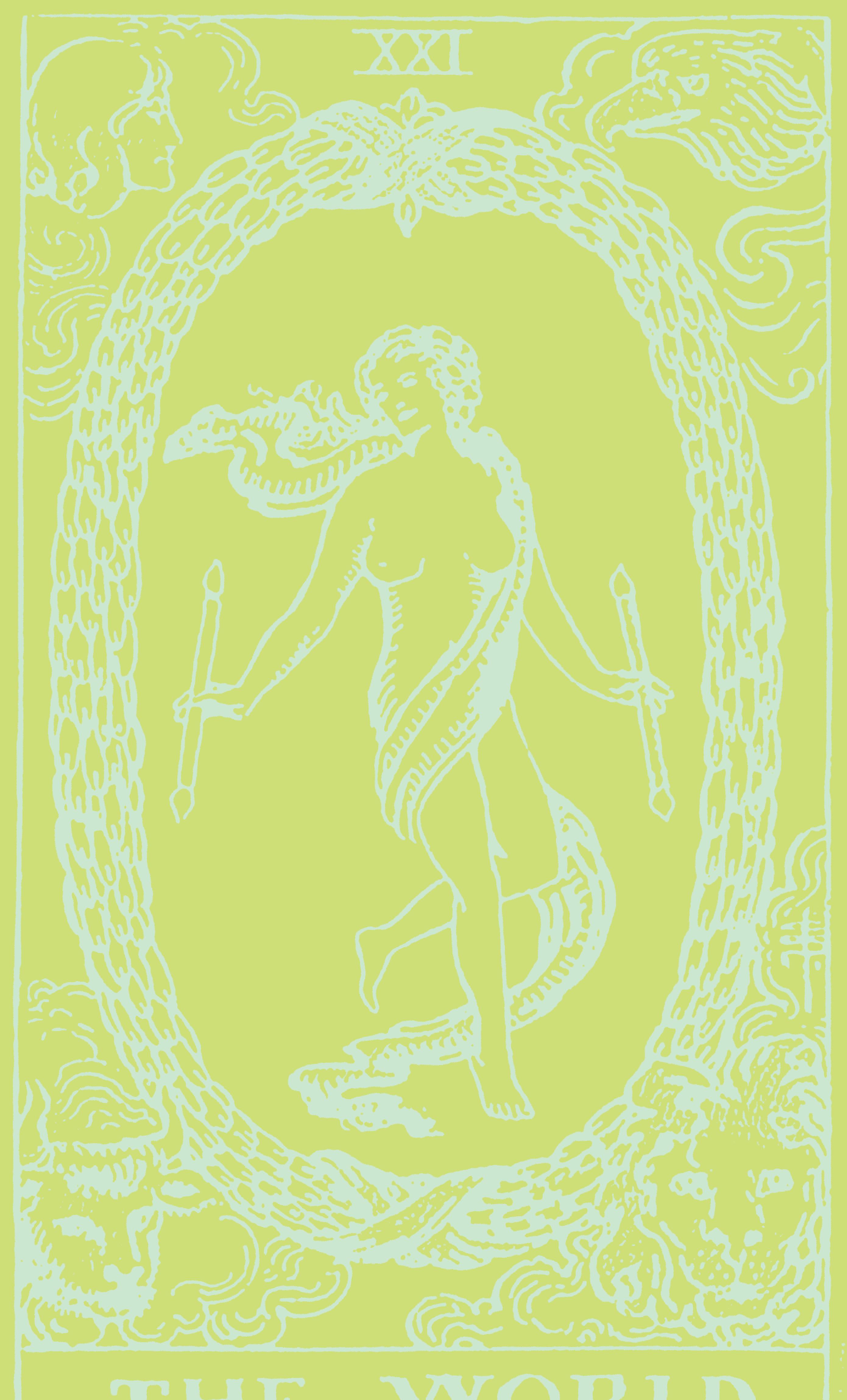



It’s been a long, long time since Sridevi graced the big screen, but she is now back with a vengeance, and we can all expect to see much more of the versatile actress. Sridevi is in the news for English Vinglish that marks her comeback onto the big screen after 15 years. And it’s not just fans who are queuing up to see the actress, Bollywood’s best are also waiting for her re-debut.
Amitabh Bachchan, who saw a preview version of the film, recently tweeted that Sri’s performance left him in tears.
Film-maker Ram Gopal Verma (RGV) said: “Can’t wait (for the movie to release). For first time in 20 years, ever since I became a director, I am going to stand in a line and buy a ticket to see Sridevi.”
And actor Anil Kapoor insists that his sister-in-law and co-star Sridevi is one of the best actresses of recent times. “She is a complete actress. I have done a lot of films with her and in the last many, many years, I think she is the best,” the 52-yearold said recently. Anil and Sridevi worked together in the past with successes like Mr. India, Laadla and Judaai.
Sridevi is married to Anil’s elder brother Boney Kapoor who, says the buzz around Bollywood, is planning a sequel to his 1987 hit production venture Mr. India. Naturally, Anil is expected to be a part of the sequel, and perhaps, so will Sridevi.
English Vingish will release soon, produced by R Balki and directed by his wife Gauri Shinde, who makes her debut with the film. It will see 49-year-old Sridevi playing housewife Shashi, who is bullied by her children for her poor
Veteran actor Rajesh Khanna’s last film Riyasat, which he shot for before he died on July 18, will release in theatres on December 28, a day before his 70th birth anniversary, revealed director Ashok Tyagi.
The late superstar has a prominent role in the movie, which is almost ready, but Tyagi is deliberately holding off its release until Kaka’s birth anniversary as a sign of respect.

“We can release the film at any time, but we want to release it on Dec 29. Since it is a Saturday, we will be releasing it on Dec 28, just a day before Kakaji’s (Rajesh Khanna) birth anniversary,” Tyagi said.
The director says Rajesh Khanna has left a letter behind, and that shall be opened just before the release of the film.
“We have no clue what he has written in the letter. I am only thankful to God that we got an opportunity to work with him,” he added.
For his role in Riyasat, Rajesh Khanna is said to have studied Amitabh Bachchanstarrer Sarkar, released in 2005.
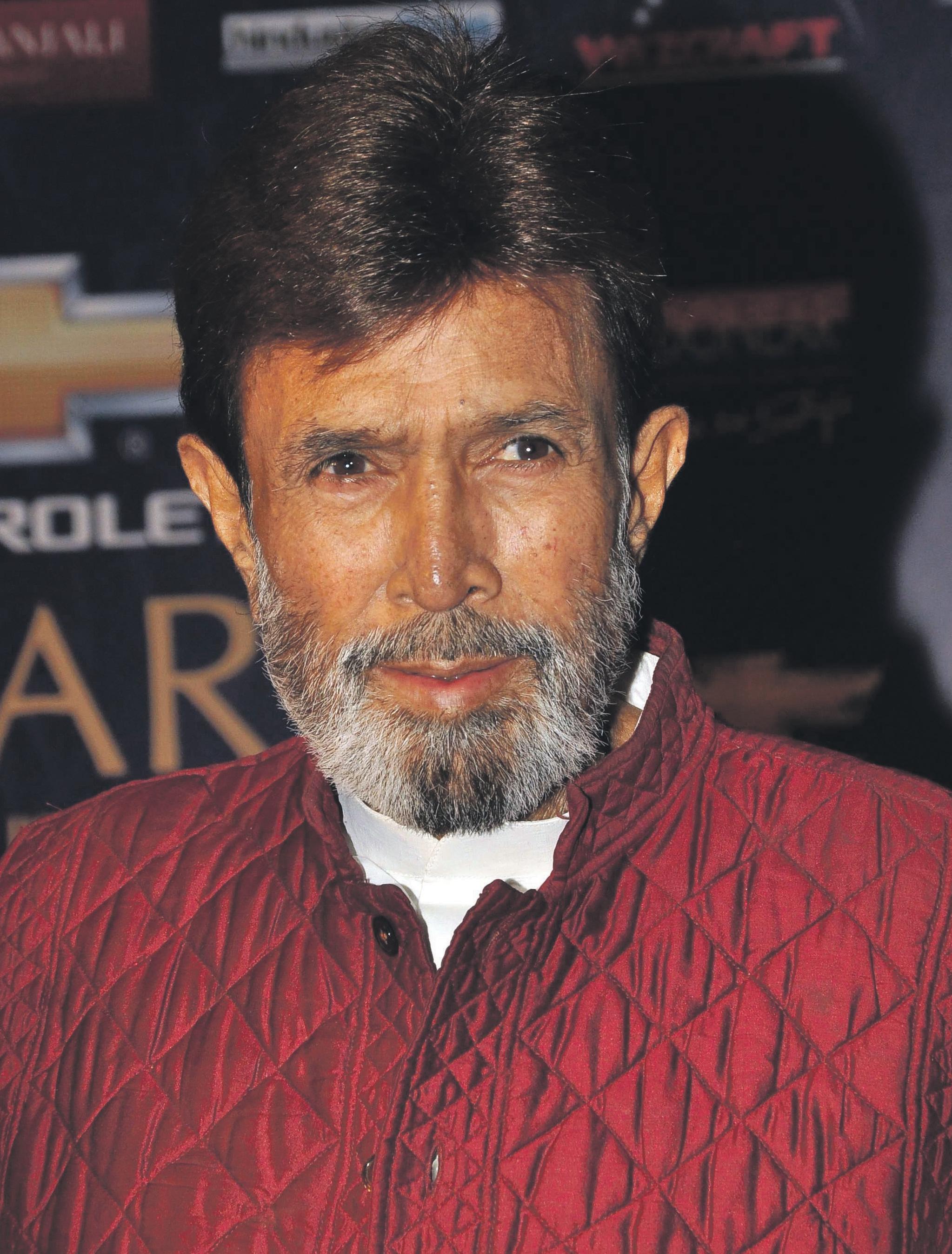
“Before starting the film, he watched Amitabh Bachchan’s Sarkar as he is also playing godfather in the film. It’s a very different subject and he had shot almost 95 per cent of the film,” revealed Tyagi.
“The entire nation will hear Kakaji’s voice in the film,” said Tyagi, who had started shooting the film in February 2011 and finished it in October.
“Kakaji shot most portions, the ones I wanted. But yes, we were tempted to shoot more. And if his health permitted, we would surely have shot all of it. Then all of a sudden his health started deteriorating,” he added.
Riyasat also features Gauri Kulkarni, Aryan Vaid, Aryeman Ramsay and Raza Murad. Should be interesting to see what Kaka does in the film….
command over the English language. So get ready for what is likely to be a sensational performance from Sridevi!
yesteryear actress Vyjayanthimala Bali has decided to return to the world of grease paint after 42 years, but only for Sandeep Malani’s issue-based movie Janleva 555. All of 76 and still going strong, Vyjayantimala last appeared in the 1970 release of Ganwaar, and urges everyone to “watch this one of its kind film”.
The actress will be seen in a two to three minutes’ video to be played before the film, which talks about how to save cobra bitten children in villages. Janleva 555 has been made to support and help acquire ventilator systems for the hospitals, said the veteran actress and added, “First of all it is a great thought and it’s very useful for the people in the villages, and especially children, who die of snake bites”.
“This kind of ventilator system to save children dying of snake bites is a very noble task and I appreciate this work. I wish the makers of the film all the success and I request everybody to please watch the film because it will be one of its kind,” the actress said in a statement.
Although Kalpana Pandit, who produced the film and also plays a pivotal role in it, is reluctant to discuss details, she is clearly thrilled at Vyjayanthimala’s contribution. “There can be no bigger blessing for my maiden home production Janleva 555 than receiving the good wishes of the first original superstar of Indian cinema,” she said, adding, “She has given a social message in a special video, which will be shown before the beginning of the film. The two to three minutes’ video of superstar Vyjayanthimala will have a critical medical message for cobra bitten children. I can’t reveal much about the ou will understand it once you will watch the film.”
Janleva 555 also features Anant Nag and Akash Hora and is scheduled for a mid-October release. Kudos to Vyjanthimala for taking on the mantle of mentor for a good cause!
Vivek a modern abbar Singh?
Actor Vivek Oberoi has played many roles but his latest one for Krrish 3 is the most challenging, described as “Gabbar Singh of our times”. Vivek plays the baddie for a change, and he’s excited about the role.
“I am really very, very excited about Krrish 3. It’s a really cool, bad character and it’s a role of a lifetime. It’s like a Gabbar Singh of our times, so I am very
ABHILASHA SENGUPTA brings us up-to-date on what’s hotHe played a young Mahatma Gandhi in a critically acclaimed film. (Find the answer under Caption Contest)
excited,” said the 36-year-old actor.
Directed by Rakesh Roshan, Krrish 3 is a sequel to the 2006-superhero flick Krrish, featuring Hrithik Roshan in the lead. And to balance the badness, Vivek’s romantic-comedy Kismet, Love, Paisa, Dilli will release soon. Vivek has also been working on Zilla Ghaziabad, and romantic comedy Jayanta Bhai Ki Luv Story. Seems like Vivek’s spreading his wings a bit - always a good sign of a competent actor.
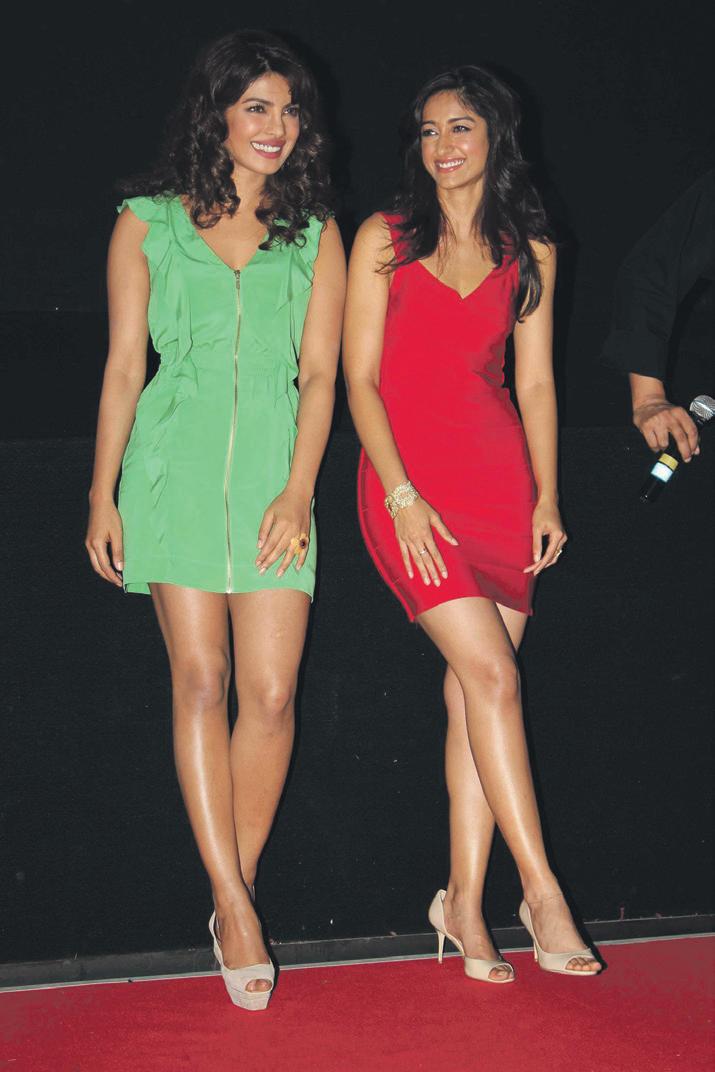

time a Hindi film song resonated to the clear sound of a harmonium or a flute, thanks to the introduction of technologically advanced synthesisers and other recording equipment. But many composers are now striving to bring back the lost charm of raw Indian music.
Composers like Sneha

Delhi
It boasts of actors like Akshaye Khanna, Govinda, Suniel Shetty, Boman Irani and Urmila Matondkar, so it’s little wonder that director Nikhil Advani is so thrilled about his film Delhi Safari. The movie is a bilingual stereoscopic 3D animation film and apparently a complete entertainer, packed with great music.

“It (Delhi Safari) has got fun, lots of tamasha (drama), lots of energy and lots of great music,” Nikhil said recently at the movie’s music launch.
And with the impressive line of voiceovers, he may indeed be right.
Nikhil Advani, known for directing Shah Rukh Khan-starrer Kal Ho Naa Ho, has dedicated Delhi Safari to his 6-year-old daughter Keya.
“It’s a proud moment, she (Keya) is not allowed to watch the other movies I have made,” said Advani, whose last directorial was Patiala House. Good luck to the movie, wishing it all success!
“Eat before sunset for healthy difference,” says Akshay Kumar, and he should know. The actor is counted among the fittest men in tinsel town, and he recently shared the secret of his fitness. “Only one rule which I have followed in my life, which I would like to share, is to eat your food before sunset. It will make a lot of difference,” said the 45-yearold actor, who became a secondtime dad recently.
He spoke on the sidelines of Happy Heart Carnival, held to celebrate the World Heart Day at SL Raheja Hospital in Mumbai.
The actor asserts people should be careful of their food intake. “It is very important to take care of yourself and your family. I would advise all of you to just be careful of what you eat,” he said to the audience.
Akshay is trained in martial arts and he maintains a regular fitness regime. He prefers to indulge in outdoor games and sports to keep himself fit and fine, and believes that yoga, meditation and martial arts help in staying physically fit as well as bring mental balance. Words of wisdom indeed!
It’s hard to remember the last
Khanwalkar and Ajay-Atul or Indian Ocean’s vocalist Rahul Ram have experimented by bringing back the rawness in their music and have succeeded in striking the right chords with the youth, without adopting western tunes.
Khanwalkar is the woman behind the distinct music in Anurag
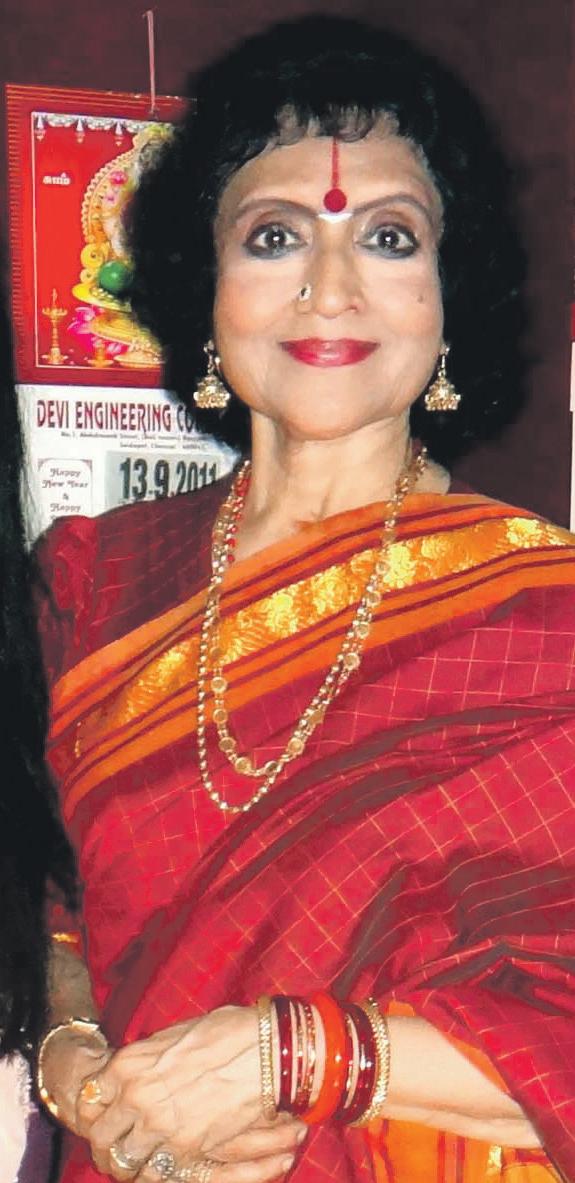
Kashyap’s Gangs of Wasseypur and her songs, I am a hunter, Womaniya Chhi chha ledar have a blend of rustic beats, with local folk singers adding up to the regional flavour. The music is desi to its core. Sneha believes in spending time with the artists and using their true talent.
“If a song is based in one place, that place has its own quality. People have their own of way of thinking and talking, which is different from how we think in the city. So it is important to know how they sing and render their music,” said Khanwalkar.
“It is only after you know the place that you will be able to imbibe its quality in the song. If the director of the film is going all out to depict something skilfully, then I just try to do the same thing with the music of the film,” she added, pointing out to Kashyap’s knack of bringing the real as is on reel.

Ajay-Atul, who composed music for Karan Johar’s remake of Agneepath, tried to retain the charm of raw music with compositions like Chikni chameli and Gun gun guna. They recorded the songs with live instruments. Chikni chameli is the Hindi version of their Marathi hit Kombadi palali Singer Sukhwinder Singh, who recently visited Australia on tour and has done playback in Prakash Jha’s upcoming movie Chakravyuh as well as sang for Ekta Kapoor’s Kyaa Super Kool Hain Hum, feels 90 per cent of the composers are making music by modern ways while the rest 10 percent try to retain the old charm.
“We used dumroos in Hum hai cappuccino in Kyaa Super... and in one of the songs in Chakravyuh, we have instruments that Naxalites generally use to make their music. So good work is still happening in the industry,” Singh said. And it is important too, as he feels “you have to be extraordinary to make a place for yourself in Bollywood.”
The music of Akshay Kumarstarrer Rowdy Rathore also boasts of regional music with songs like Aa re pritam pyaare and Chinta ta ta, which find inspiration from the south. Also, remember the chartbusters Des mera and Mehangai dayan from Aamir Khan’s Peepli Live?
The lyrics and music were composed by the Indian Ocean band, and
immediately struck a chord with the viewers.
Though the Indian version of Coke Studio of Pakistan has helped in reviving the old world charm in a big way, Ram feels Coke Studio is even more raw.
“Coke Studio Pakistan has given us an impetus - we are nowhere close to that. They have managed to retain the rawness,” he said.
“In India, I feel Coke Studio is overproduced. It’s become too slick,” he added.
One hopes the trend does not translate to the big screen! IANS
Somewhere deep within the corroding flamboyance of filmdom, there is a tale of heartbreaking compromises and immorality tucked away from the naked, tearless eye. Madhur Bhandarkar nearly gets to the nerve centre of that world, and then pulls back just before he’s really gotten there.
Heroine is an intriguingly unfinished film - partly in the rapidfire mood of a game show and partly like an elegiac melody played gently on an antique piano with immaculate fingers. It lacks a centre, sometimes even a focus as it tries to cram in too many incidents, episodes, scandals, controversies and plain absurdities that are an integral part of Bollywood, so much so that the first hour or so gets suffocatingly airtight.
And then you realize towards the end, that the world of the superstar Mahi Arora traps the star, makes her a puppet of success, traps her in a web of deceit and finally throws her into a whirlwind of vaporous deceptions.
The closing moments have that gut-wrenching element which made Bhandarkar’s Chandni Bar, Page 3 and Fashion among the more sensitive
dramas in recent times.
We see Mahi, shattered forlorn and bereft, trapped in a car surrounded by merciless television journalists. As the haunting background score by Salim-Sulaiman builds up to a shattering crescendo, Mahi’s hands fold together in a plea of mercy. In moments our hearts bleed for Mahi.
God help those who are cursed with stardom. They first have to struggle to get there. And then they must continue to fight to cling to their place. And then, as Govind Namdeo playing Mahi’s quietly faithful secretary tells her: “An actress’ life-span is by its very nature limited”.
Not that we haven’t heard such wisdom on the show world before. The dialogues could have been far more powerful. Instead they try to shock with a casual candour that fails to ignite the scenes.
Kareena Kapoor in the best performance of her career so far, leads Mahi’s character through the murky labyrinth of ambition, rivalry and selfdestructive tricks of survival in the rat race. Though her character is inconsistent (suffering, we are told, from bipolar disorder or is it just the writer’s vagaries?) Kareena furnishes the heroine’s character
with a rare vulnerability and an exceptional inner life.
In the film’s rawest moments when the star’s mask peels off completely, Kareena’s face shows that stricken expression of naked panic and abject solitude that one last saw in the performance of Tabu in Mira Nair’s The Namesake after her husband’s sudden death.
Stardom kills you bit by bit. Kareena bravely undertakes Mahi Arora’s perilous journey from the top to the bottom of the star-ladder. This is Kareena’s most fearless performance to date.

Interestingly this is the second film in three weeks where a desperate falling star resorts to the dirtiest of measures to retrieve her stardom. Raaz ki baat to yeh hai ki Heroine sidesteps all the cliches of the film industry even while plonking the plot pat into those predictable places.
So does Bhandarkar’s film exaggerate the sham that underlines the shindig of showbiz? The answer is, yes. Heroine is guilty of gross excesses. There are too many unnecessary characters, specially in the first-half bustling around in clumsily staged ramp shows, awards functions and filmy parties claiming our attention.
Once Bhandarkar and his co-
writers Manoj Tyagi, Nilanjan Iyenger and Anuradha Tiwary get over their look-we-knowshowbiz-in-and-out fetish, the narrative finally settles down to telling us Mahi’s story vis-a-vis the two men in her life, the star Aryan Khanna (Arjun Rampal) and the cricketer Angad Pal (Randeep Hooda).
Though Rampal’s character reminded me of Arbaaz Khan in Bhandarkar’s Fashion, both are characters despite their uni-dimensional nature and are brought to life by two of our most interesting actors today. At least three other standout performances that burnish Bhandarkar’s flawed but fabulous film are those by Divya Dutt playing Mahi’s ruthless business manager who occasionally surprises herself by feeling real emotions for the fast-fading actress, Ranveer Shorey as the eccentric egomaniacal arthouse filmmaker from Bengal and Shahana Goswami as Mahi’s Bengali co-actor in one of the film’s finest episodes when Mahi, in a defiant attempt to show she is star who can act, has a disastrous trust with realistic cinema.
In fact, Shahana and Kareena share some of the film’s most special moments. Bhandarkar over-juices some of the film’s sensual possibilities, underdevelops some of the more engrossing characters, for example the yesteryears’ star played by Helen.
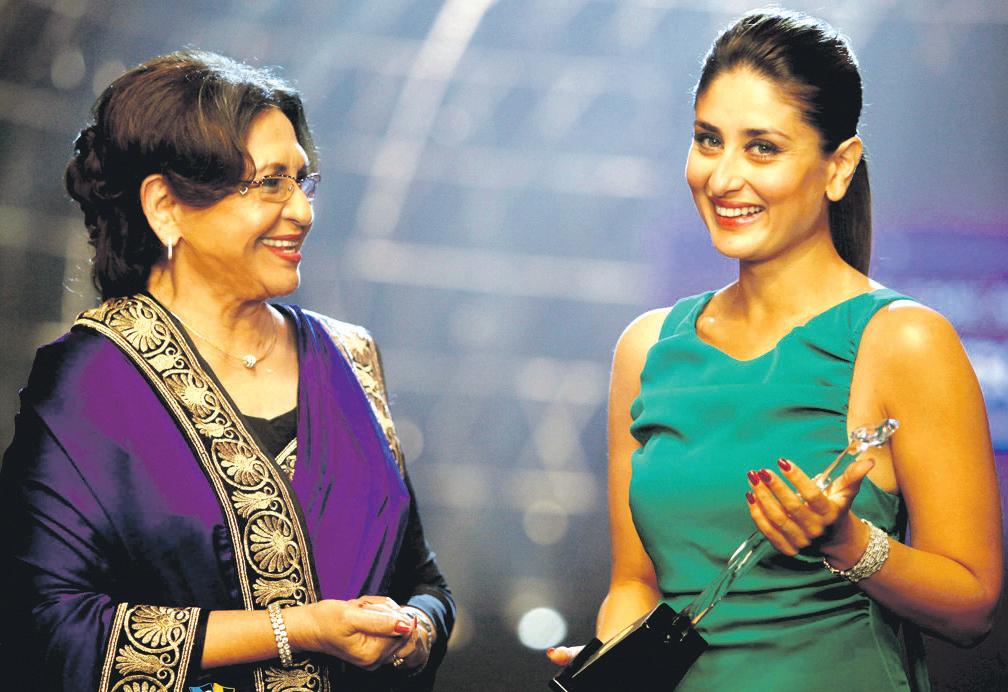
The love-making scenes are done fitfully and hastily. And the dialogues (most of them sounding profound without actually meaning anything really substantial) are spoken by the actors in the tone of a radio play. But Heroine still works, and works wonderfully in some places. There’s an inconsistency to the storytelling that works effectively in putting the protagonist’s deeply flawed and fractured character into a pulsating perspective wherein we can no longer distinguish between the fatal flaws of the main character and the action and reactions that have been written to define her flawed existence.
you come away from the film haunted by Kareena Kapoor who plays the disembodied diva with devastating honesty. Bhandarkar rips into the artifice of showbiz with vigour and tenderness. Like its heroine, the film is flawed, but also bewildering, beguiling and yes, beautiful.
Subhash K. JhaFILm: Heroine
CAST: kareena kapoor, Arjun rampal, randeep Hooda, Shahana goswami, ranveer Shorey, govind namdeo
DIRECTOR: madhur Bhandarkar
Silences seldom spoke so eloquently. It’s been a while since we saw a film that set style at a subsidiary state to substance, put the characters’ inner life ahead of the flamboyant manifestations of selfidentity in a world governed by benevolence and charm.
Barfi! is a very charming film, remarkably devoid of vanity. The story of a deafand-mute man who could have grown up watching Chaplin and Raj Kapoor’s cinema, and an autistic girl who has definitely not seen Shah Rukh Khan in My Name Is Khan, is told without the props of loud background music and other prompters to get audiences’ involved in the proceedings.
This is a picaresque world of artless charm which invites you in without band baaja or baaraati. Fanfare is for the circus. Barfi! pure cinema.
Goodness! I am already gushing. It’s the narcotic effect that Barfi has on you. Within no time at all you are swept into the protagonist’s world, the two lovely women who breeze in and out of his existence and various other characters, all etched with a compassion and vividness that one associates with the cinema of Frank Capra and Ritwik Ghatak. Barfi! exudes the warm glow of a life well lived. This dazzling glow originates from the protagonist Barfi who lives his life king-size with many Chaplinesque antics creating a chain of comic-book adventures for our ‘happy-golooking’ hero, even though he can’t speak or hear. But then speech was always supposed to be the least essential component of cinema. Ask Ingmar Bergman or Satyajit Ray. Their characters spoke through lingering silences.
It’s been a while since any protagonist on screen said so
Black said it all through her muted mode of communication. But she had the formal sign language plus a voiceover for articulate support.
Significantly Anurag Basu, a master storyteller (and never mind the tormenting tepidity of his last film Kites) does away with the crutches of sign language and voiceover.
Ranbir Kapoor as Barfi (or Murphy, whatever!) is left to his own devices. An incredibly enterprising actor, he brings a Chaplinesque aura to Barfi’s character. Blending a very physical pie-in-the-face style of comic acting with an intangible poignancy, Ranbir turns his character and the film into a muted celebration of life. The tears are hidden from view. But they are there.
was highly influenced by Chaplin. Ranbir brings both the legends into the same line of vision, and yet creates a character which is unique in its buoyancy and optimism, never mind the sleeping dogs. Just let them bark in their sleep.
Priyanka Chopra as the autistic Jhilmil steals the show from Ranbir, if that’s possible. Lately, she has been found to be guilty of overacting in Agneepath and Anjaana Anjaani (with Ranbir again). In Barfi! all her recent sins of excess are washed away.

Priyanka’s inherent glamorous personality simply disappears into her character. We don’t see the actress on screen at all! We see only Jhilmil who reminds us in a very pleasant way of Sridevi in Sadma. This is one of the most
flawless interpretations of a physical-psychological disability seen on celluloid.
While Ranbir and Priyanka effortlessly prove themselves the best actors of their generation, Ileana D’Cruz makes a confident engaging debut into Hindi cinema. Is she here to stay? Time will tell.
As for Basu, in his earlier films
Gangster - A Love Story and Life...
In A Metro, he proved himself a maestro of the inner life. Barfi! too is shot on location within the hearts of the characters. Not just the memorable protagonists, even the smaller players specially Roopa Ganguly and Akaash Khurana and Haradhan Bandhopadhyay, leave a lingering impact.
Barfi! celebrates life without dismissing the dark passages and roadblocks that we often encounter as we travel through that craggy road to death.
To be able to celebrate life so warmly and sensitively the


filmmaker has to know death closely. Basu, a cancer survivor, has been there. Barfi! comes as close to being a modern masterpiece as cinematically possible. To miss it would be a crime. To embrace it is to serenade the sublime. Subhash
K. JhaFILm: Barfi!

CAST: ranbir kapoor, priyanka chopra, ileana d’cruz
DIRECTOR: anurag Basu
Is it old age when, no matter how catchy the tune of a new song may be, when you are feeling down you go back to the songs of your childhood? I needed a mood lift the other night and started sifting through the songs that defined my childhood. Here are my favourites, grouped by language for your listening pleasure too.
English
Growing up watching video hits surreptitiously with my sis and flicking back to Saturday Disney when the parents walked in was an integral part of my Saturday mornings. This was before Saturday Disney became almost as bad as video hits and video hits became the trash it is today. So many songs made it to our school lunchtime dramas, our bus and train rides, our graduation and final prom or graduation dinner. There were songs that we latched onto at first crush, songs that got us through high school dramas and ‘heartbreak’, songs that were so silly we laughed out loud in class long after we had sung them at the top of our voices in the playground. I wonder if any of you will remember
If I Let You Go (Westlife)
Hero (Enrique Iglesias)
Cup of Life (Ricky Martin)
I’m Blue (Eiffel 65)
Crazy Town (Butterfly)
Freestyler (Bomfunk MC’s)
The Boy is Mine (Brandy & Monica)
A Whole New World (Aladdin)
Hit Me Baby One More Time (Britney Spears)
My taste has matured somewhat and even though my playlist is now filled with more of the songs below, I like to revert back to the golden oldies on the odd occasion. But who can forget
Kashmir (Led Zeppelin)
Hotel California (Eagles)
Sweet Child of Mine (Guns and Roses)
Muse (Uprising)
The Black Keys (Lonely Boy)
Hindi
I will always remember my first Hindi film and the irreparable damage it has done to my life, as Dilwale Dulhania Le Jayenge turned a tomboy into a dreamer, a hopeless romantic waiting for her Prince Charming who would come along
in his cheeky boisterous manner and sweep her away. Well, that hasn’t happened yet, but I did become hopelessly addicted to the music and melodrama of Indian cinema and pop. There were songs to dream to, songs to cry to, songs to dance to, songs to laugh to.... songs we heard with cousins, played at weddings, songs for almost every memory. Here are just a few, and there are very many more
Tujhe Dekha To Ye Jaana Sanam (DDLJ)
Oh Oh Jane Jana (Pyar Kiya to Darna
Kya)
Dum Duma Dum (Dil)
Aur Ahista Kijiye Baatein (Pankaj
Udhas)
Gori Teri Ankhen Kahe (Lucky Ali)
Piya Basanti (Ustad Sultan Khan & Chitra)
Kabhi Aana Tu Meri Gali (Euphoria Gully)
Kajra Re (Bunty Aur Babli)

Teri Meri Prem Kahani (Bodyguard)
Bangla
I was never a big fan of Bangla music: it always sounded so old, boring and sad. But at 10 I went to dance school, and a term of dancing to Lal Tuk Tuke Bou (Little red bride) with my dance class was enough to enamour me to the wide world of children’s music and folk songs, for which Bangladesh is so renowned. I began to discover musicians like James and Srikanto on my trips to Bangladesh, and then Habib and Arnob became international sensations with their modern music. It is a testament to some of the current talent that I like some
of the songs coming from the rock and pop scene in Bangladesh. Below are a few I grew up with, and a few that grew on me.
Jokhon Ami Boro Hobo (Singer unknown)
Lal Tuk Tuke Bou (Singer unknown)
Rokto Lal (Singer unknown)
Raat Nirghum (Habib)
She Je Bosche Ache (Arnob)
Brishti Tomake Dilam (Srikanto)
korean
I am Bengali, I live in an Englishspeaking country and I enjoy Indian and Pakistani musical influences. But I cannot write about music without mentioning my newfound love for Korean dramas and movies, which have some really good OSTs. They are songs that capture the music and emotions of Hindi songs
i will always remember my first Hindi film and the irreparable damage it has done to my life, as Dilwale Dulhania Le Jayenge turned a tomboy into a dreamer
Top: Kajol-SRK in DDLJ
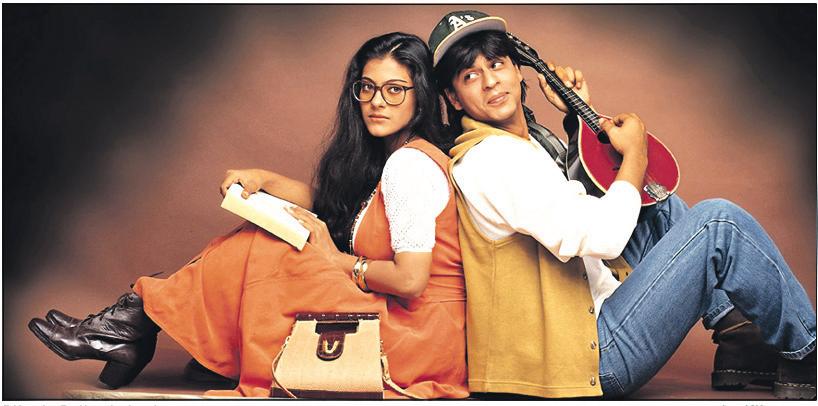
Left: Psy: Gangnam Style

with lyrics reminiscent of the Backstreet Boys, a combination you can’t help but love. Here are a few that I really enjoy and you would be doing yourself a huge favour by checking out the dramas themselves too!
You’re Beautiful OST 2 – 03 What
Should I Do (Park Da Yae)
Heartstrings OST Because I Miss You (Jung Yong Hwa of CN Blue)
Personal Taste OST Like An Idiot
Like a Fool (2AM)
Boys Over Flowers OST Stand By Me (Shinee)
And of course, a tribute to the current rage about an oppa (man) who loves a yoja (woman) who likes her kopi (coffee), Psy’s Gangnam Style!
Enjoy!

